4 Days in Rome: Detailed Itinerary for First Trip (+Map & Planning Tips)
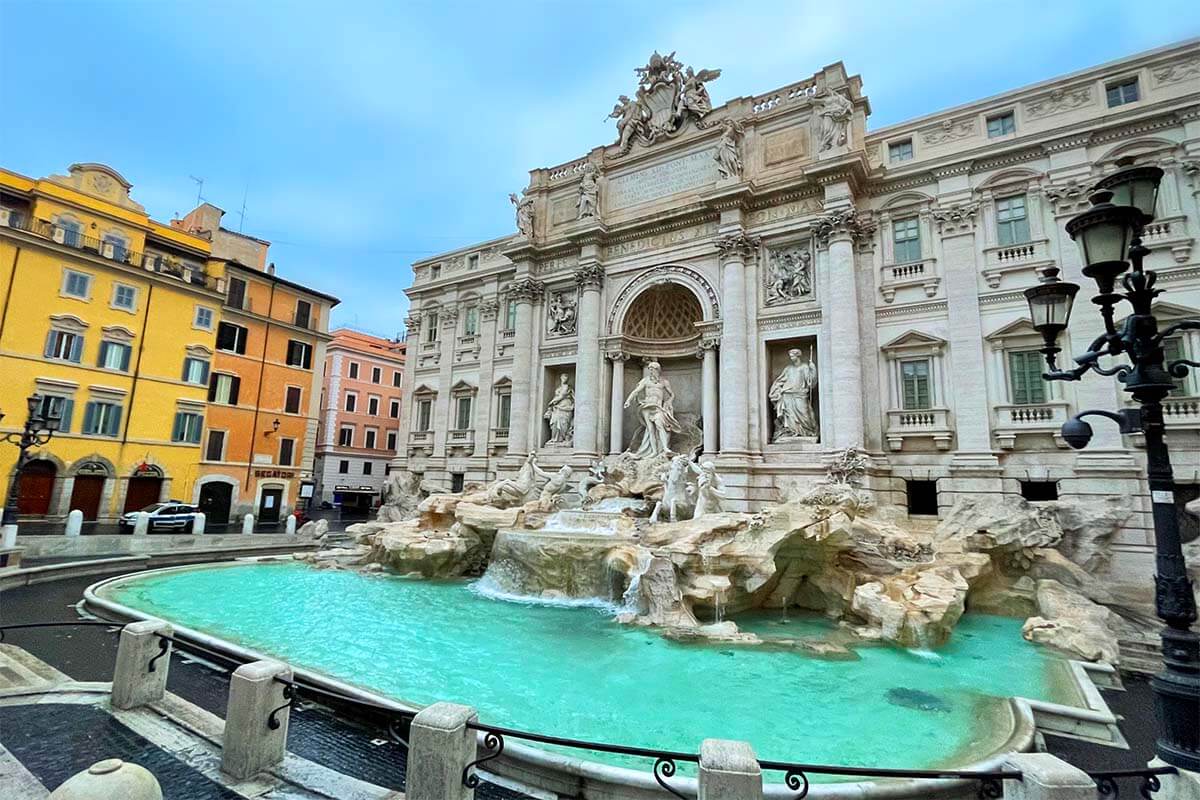
Visiting Rome for 4 days and wondering what to see and how to best plan your time? In this article, we share a detailed itinerary for 4 days in Rome, with maps, essential info, and tips to make the most of your first visit to the Eternal City.
Rome is one of the most beautiful places to visit in Italy and an absolute must-see! Whether you are planning a city break or Rome is part of a longer trip through Italy, it’s well worth taking a bit more time to explore this beautiful city and not just rush through the main attractions.
This Rome 4 days itinerary brings you to ALL the top places in the city. In addition, it also includes quite a few of Rome’s hidden gems, some of the best views, and interesting underground sites. Following our suggestions, you’ll explore the city deeper than with standard itineraries and have a much more memorable experience.
Good to know: We recently spent 4 days in Rome and this itinerary is based exactly on the trip we did (even including recommendations on where to stay, where to eat, or where to find the best gelato, etc.). We share our experience-based tips and personal advice, tickets we booked, tours we chose, what we’d do differently, and why.
It should save you hours of research and help you make the absolute most of your four days in Rome. None of the activities, restaurants, or accommodations are sponsored, so if we recommend something, it’s simply because we really liked it. This counts for all our articles.
Where to stay: If you are looking for a convenient location to stay in for sightseeing in Rome, check out 9Hotel Cesari in the heart of the old town close to the Pantheon. We recently stayed here and loved it. Alternatively, Trevi Beau Boutique Hotel, close to the famous fountain, is also a great choice. For more information and tips, please see our accommodation guide via the link below.
READ ALSO: Where to Stay in Rome
Good to know: Use this itinerary just as an example of what can be done each day and switch the days around if you have to. Before deciding where to go on which day, be sure to check if all the places you want to visit are open! For example, we had to adjust our plans because the Vatican Museums were closed on the day we wanted to visit.
Top 4 tickets and experiences in this itinerary to book in advance:
PRO TIP: For the Vatican and the Colosseum, it’s essential to book your tickets or tours in advance, so be sure to check that first, before planning anything else!
For the top sights, you can also get this digital Rome Tourist Card. It’s a combined ticket that includes entry to the Colosseum, Roman Forum, Palatine Hill, Sistine Chapel, St. Peter’s Basilica & its Dome. You can choose time slots for all the top attractions in one go (and immediately see what’s available on which day). It saves you time and money, and it’s simple to use because all tickets are digital.
- DAY 1: Historic Center, Colosseum, several hidden gems, Trastevere
- DAY 2: The Vatican, Food Tour & Jewish Quarter
- DAY 3: Markets, the Pantheon, Galleries, Crypts, Shopping, City Views
- DAY 4: Appian Way, Aqueducts & Catacombs Tour, most interesting churches, Colosseum at sunset
- Map & getting around
- Additional suggestions if you have more time
- Where to stay
How to see the best of Rome in 4 days? With so many landmarks, must-see attractions, and countless interesting sights scattered in and around the city, there’s not one perfect itinerary.
But if you want to see the very best of Rome, this 4-day plan will not disappoint. I spent a lot of time creating this itinerary for our own trip and I’m quite confident that you’ll love it as well! At the bottom of the article, you’ll also find a MAP indicating all the places to see, restaurant suggestions, and even the meeting points of some tours we recommend.
Of course, you can just pick the places that interest you the most, see fewer places, and explore deeper. But this gives you an idea of what to see, how to plan your time, and what can actually be done in four days in Rome.
Good to know: Prepare to walk a lot (wear comfortable shoes!!!) and if you can, make an effort to get up early so that you can see some of the most beautiful places without the crowds. Also, stay in the heart of the city center! On this 4-day trip, we stayed at the 9Hotel Cesari Hotel, just a few minutes walk from the Pantheon and the Trevi Fountain. We always stay in this area when visiting Rome – it just makes everything so much easier and more enjoyable.
TIP: If you need airport transfers to/from the city center please see our complete guide to Rome airport transfers.
READ ALSO: Tips for Visiting Rome
Here’s what your four days in Rome could look like:
Day 1: Historic Center, Colosseum, Baths of Caracalla, Aventine Hill, Mouth of Truth, Trastevere
PLANNING TIP: Be sure to book the tickets or the tour of the Colosseum in advance! We did and recommend an all-in tour. If you rather go on your own, I recommend tickets that also include the Arena Floor – being able to stand on the Gladiator Arena is a really special experience.
Here’s what your first of the 4 days in Rome could look like:
7 – 8 AM: Trevi Fountain, Pantheon, Piazza Navona, Breakfast
Start your first day in Rome with an early walk through the city center. I recommend going to see the Pantheon and the Trevi Fountain first thing in the morning. These are the most visited landmarks in the center and they are always crowded. But if you come here early, you have a chance of seeing these places without too many people around.
If you stay in the heart of the city center, it’s really easy to see these places without the crowds. Our hotel was so centrally located that we woke up at around 6.30 AM, took a quick shower, dressed, and were at the Trevi Fountain just before 7 AM. It was magical to see it empty and actually be able to enjoy it and take the time to admire this masterpiece!
It’s also nice to see the Pantheon and Piazza della Rotonda without people. You won’t be able to visit inside the Pantheon this early, but you can come back for that later. If you have a bit more time, you can walk to Piazza Navona and see it without the crowds as well (it’s just a 3-4 minutes walk from the Pantheon, so really not a big detour).
Go back to your hotel for breakfast. Alternatively, you can have breakfast at one of the many cafés in the city center.
READ ALSO: Best Things to Do in Rome

8.30 – 10 AM: Piazza Venezia, Capitoline Hill, Via dei Fori Imperiali
Next big stop – the Colosseum. It’s just a 20-30 minutes walk from the city center. You could take a taxi, rent an electrical scooter, or simply walk. We recommend walking because you can see so many other landmarks along the way, especially around Via dei Fori Imperiali.
On your way to the Colosseum, you’ll pass Piazza Venezia. This is a huge and very busy city square with a colossal monument (Altar of the Fatherland) and the equestrian statue of Vittorio Emanuele II. This is one of the must-see places in Rome!
TIP: If you have some extra time, you could visit the monument and take the elevator to the top. The panoramic views are stunning, but it’s not cheap and can take quite some time if it’s busy. Yet, it’s definitely possible to squeeze it in your itinerary if you plan well.
Then, take the wide staircase on the right side of the monument and visit Capitoline Hill (Campidoglio). This staircase and the square were designed by Michelangelo. On top of the stairs, you’ll see impressive palaces that house Capitoline Museums.
With just four days in Rome, you’ll have to be very selective about where to go and what to see. If you want to visit these museums and the Colosseum + Forum Romanum on the same day, it’s definitely possible, but you’ll have to skip most of the other suggestions for this day.
We recommend just passing by here. On top of the hill, check out one of the best viewpoints in Rome, Belvedere di Via Monte Tarpeo which overlooks the Roman Forum. On the other side of the Senatorial Palace, you’ll see a small statue of the Capitoline Wolf. This statue depicts an old legend, according to which a wolf saved and cared for Romulus and Remus, the twins that later founded the city of Rome.
After leaving Capitoline Hill, turn left and walk to the main street – Via dei Fori Imperiali and in the direction of the Colosseum. This road is like a museum in itself – with the Roman Forum on your right, the Forum of Augustus and other historic places on your left, and impressive statues of Roman emperors around you.
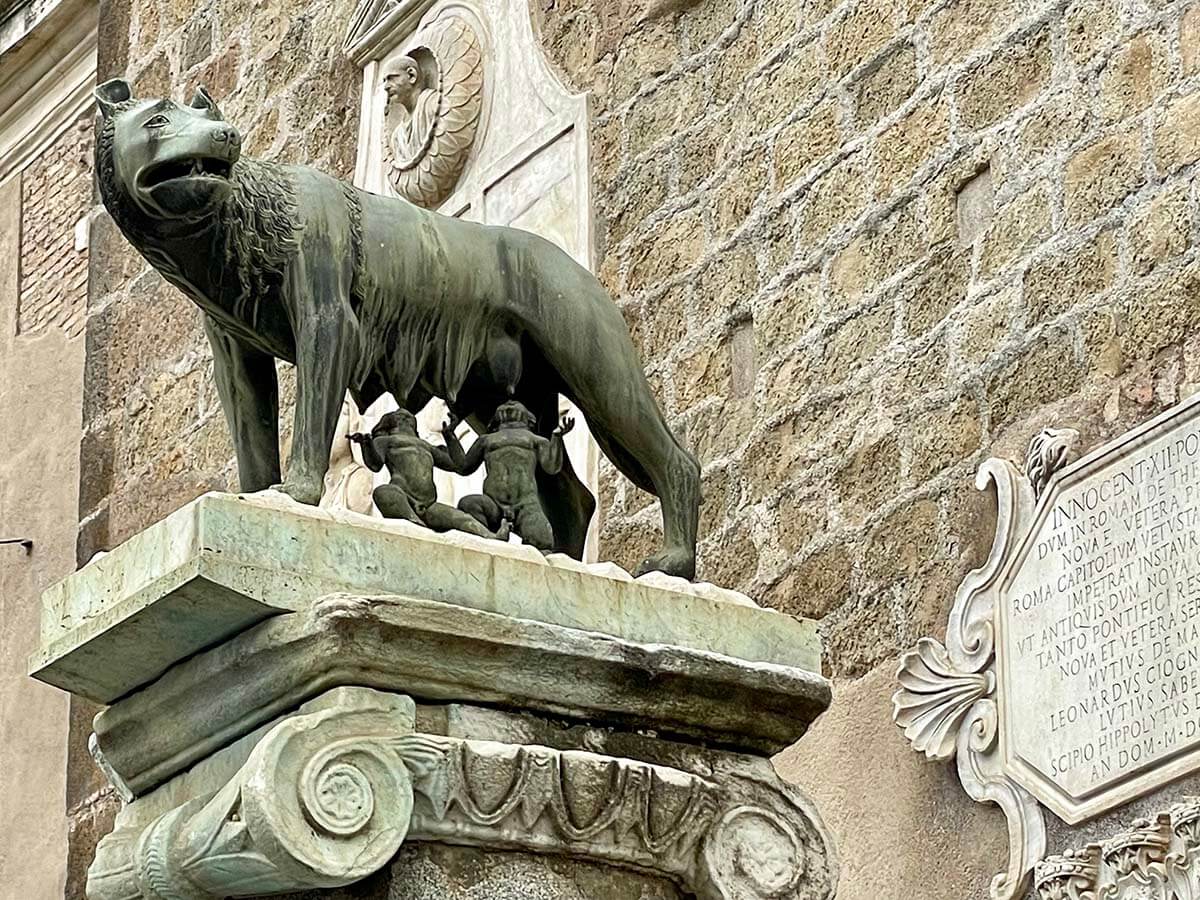
10.15 AM – 1.30 PM: Colosseum Tour + Roman Forum & Palatine Hill
If you booked your tickets or a tour of the Colosseum, you can now visit the Colosseum inside. All tickets also include an entrance to the Roman Forum and Palatine Hill. So plan on spending the next 2-4 hours here.
In fact, the tickets include a few other places, but those are not a must. Just as with so many other places in the city, you could spend the whole day here, but with just 4 days in Rome, we recommend only focusing on the musts.
Good to know: There are several options for the Colosseum. Most people just get a regular ticket and visit on their own (usually missing a lot!). I recommend visiting the Arena Floor and the Underground, and for the latter, you need a guide!
My recommendation: I’ll spare you more details about all the ticket and tour options. After lots of research, we booked a tour that includes the Underground and Arena Floor at the Colosseum, Palatine Hill, and Forum Romanum. It was absolutely worth it and I highly recommend it.
Going with a tour, we didn’t have to stress about where exactly to go, which line to stand in (we actually skipped most of the lines except the security check), or where exactly to go once we were inside the Colosseum.
We saw the best of the Colosseum – the Underground, the Arena Floor, and all the regular areas accessible to everyone. It was an amazing experience and our guide made it a smooth, informative, and very enjoyable visit.
Afterwards, we walked to the nearby Palatine Hill and the Roman Forum. Once again, it was great to have a guide here. I’ve been to these places before, without a guide, and it’s only now that I realized how much I missed.
These areas are so vast and there’s so much to see that it’s easy to get overwhelmed and miss some of the highlights. Also, the guide tells you stories and anecdotes and helps put things into perspective and better understand what you are seeing. Our tour ended at the Roman Forum, giving us more time to explore it further on our own.
READ ALSO: Complete Guide to Colosseum Levels & Tickets
1.30 – 2.30 PM: Lunch near the Colosseum
After all the walking and sightseeing, you’ll want to sit down for lunch! So find a nice restaurant near the Colosseum and enjoy a quiet lunch. We thought that we’d just get something quick for lunch and go on, but it was actually nice to take a break and I highly recommend you do the same!
We headed to the small neighborhood east of the Colosseum – this is where you’ll find lots of restaurants and cafes. And yes, many of them are really touristy, but there are some good places to eat here as well. The biggest problem is finding a table here in the afternoon…
For a quick bite, you could try L’Antico Forno. If you have some time to sit down, check out Trattoria Luzzi. This is one of the most popular and good-value restaurants near the Colosseum, but if you want to find a table here at lunch, try to reserve in advance.
We had lunch at La Pace del Cervello, which didn’t have the best reviews, but had a free table outside and we didn’t want to waste more time looking around. The service was super fast and friendly, the pizza was one of the best we had in Rome, and the prices were very correct as well.
TIP: The best way to find a good restaurant is to simply take a look at the reviews on Google Maps of the nearby restaurants and pick a place that looks more local (to start with, no pictures on the menu). But – once again – it’s usually so busy near the Colosseum at lunch that you will be happy to find a free table. And if you just get a pizza and some drinks, as we did, you can’t really go wrong anyway.
READ ALSO: Where to Eat in Rome
Optional: Domus Aurea
Domus Aurea, aka the Golden House of Emperor Nero, is located just next to the Colosseum. It’s an ancient archeological underground site where you can see the remains of the extravagant villa built by Nero after the Great Fire in 64 AD had destroyed a large part of the city.
The Golden House was huge, with over 200 rooms, pavilions, gardens, and even an artificial lake in the center, and was built to impress and entertain.
The most remarkable feature was the Octagonal Room with five rooms around it and waterfalls cascading down the walls. The main dining hall – the Octagonal Hall itself – has a big concrete dome with an oculus which is believed to have inspired the architecture of the Pantheon. This room also had a revolving floor – an impressive engineering achievement at that time.
Nero wasn’t loved and his palace was looted and destroyed soon after his death. It was covered by earth and several other structures were built on top of it, including the Baths of Trajan and Titus. The Colosseum was built at a place where Nero’s lake used to be and it also got its name from the Colossus statue that used to stand at the entrance of Domus Aurea.
Good to know: Domus Aurea is only open from Friday to Sunday, and opening hours depend on the season. All visits are guided and normally also include a VR experience that gives you a good insight into how grand this palace was. If you want to visit, be sure to reserve a tour in advance, but you may have to adjust this itinerary to make it work.
3 – 3.30 PM: Baths of Caracalla
If you want to get a bit off the beaten path in Rome, I highly recommend visiting the Baths of Caracalla. Located about 20 minutes walk from the Colosseum, this is one of the most remarkable Ancient Rome sites that most tourists never see. Yet, it’s absolutely worth a visit!
Caracalla Baths were built at the beginning of the 3rd century and were one the largest Roman public baths. It’s a huge complex that used to house several baths, saunas, an Olympic-size swimming pool, sports facilities, and even a library. The baths were heated via a series of underground ovens and it’s absolutely impressive to see how advanced and luxurious this place was.
Nowadays, it’s an archeological site/ outdoor museum. Some parts are still very well preserved and restored, with some stunning mosaics that give you a glimpse of how grand and decorative these baths were.
To us, the Baths of Caracalla is one of the most special places in Rome. And yes, it’s not an absolute must, but I highly recommend including it in your Rome itinerary. This is one of those places that will make your visit more special. And it’s also a nice place to escape the crowds.
Good to know: The Baths of Caracalla are open daily except on Mondays and some public holidays. Here you can find more info and also get tickets online, but it’s not an absolute must – normally, you can just buy a ticket at the entrance. You can also visit here with a tour; obviously, it’s quite expensive compared to just the ticket price, but going with a guide always gives you a very different perspective.
After visiting the Baths of Caracalla, you could see some of the lesser-known places in Rome. None of these is a must, but nice to do if you don’t mind a lot of walking and have some time to spare. You can visit all of them or just pick the ones that interest you the most.
TIP: You could also rent one of the electric scooters that you’ll find all over Rome for getting to these places. It would make it much quicker and easier.
4 – 5 PM: Pyramid of Caius Cestius and/or Aventine Hill
The Pyramid of Caius Cestus is about 20 minutes walking distance from the Baths of Caracalla, and you pass some very local areas of the city. The Pyramid looks like the ones you see in Egypt and was actually built as a tomb in 18-12 BC. It is possible to visit the Pyramid inside, but it’s only open a few weekends per month and requires an advance booking, but you can just see it from the outside, as we did.
Next to it, there’s also an old 3rd-century city gate, Porta San Paolo, part of the old city walls. There’s a small museum here and you can walk up to the top of the tower for nice views.
Next, head to Aventine Hill. Best known for the Knights of Malta Keyhole, there are also several churches here and the Orange Garden (Giardino degli Aranci) offering nice views of Rome.
The keyhole is the main attraction here and it is exactly as it sounds – a keyhole in an old door. But what makes it special is that through it, you can see the view of the green garden pathway with St. Peter’s Basilica perfectly framed in the middle.
This is one of the more popular hidden gems of Rome and often, there’s a long queue of people waiting to look through this keyhole. I’ll let you decide if it’s worth your time waiting in line for it, but a visit to Aventine Hill is worth it either way. The three churches are really interesting to see, especially Basilica di Santa Sabina all’Aventino, and also the city panorama from the nearby gardens is really nice.
5 – 5.30 PM: Mouth of Truth
Finally, head back towards the river and the city center and stop at Santa Maria in Cosmedin church. Here you’ll find the Mouth of Truth (Bocca della Verita), a marble face with an open mouth. The legend has it that the mouth will bite off the hand of any liar.
In the past, you could just stop by here, put your hand in the mouth, take a picture, and move on. However, it’s become a very popular tourist attraction, and so also here, you’ll have to stand in a long queue in order to take a picture with your hand in it. There’s now even a small gate, a donation box, and staff keeping an eye on the crowds and regulating ‘traffic’.
We chose not to waste our time in line and took a picture of the mouth through the gate (you can see it from the street). The church itself is also nice to see, and there’s also an underground crypt of Pope Adrian I (8th century) that’s quite interesting as well. If you don’t have to stand in line for the Mouth of Truth, a visit here will only take 5-10 minutes.

6 PM: Trastevere & Dinner
Trastevere is one of the nicest (local) neighborhoods in the center of Rome. The name Trastevere comes from ‘trans Tiberim‘, which means ‘beyond the Tiber’. And indeed, it’s located on the other side of the river, just over the bridge from the Mouth of Truth.
This is a really nice area with narrow cobbled streets, colorful houses, countless restaurants, cafes, and bars. If you are looking for a nice place to have dinner, Trastevere is the best foodie area in Rome!
Before heading to dinner, you could also visit a few churches here. The most famous is Basilica di Santa Maria in Trastevere, located on the most picturesque little square. Don’t miss it!
Also check out Basilica Santa Cecilia in Trastevere – a real hidden gem, best known for the sculpture of St. Cecilia that was originally found in the Catacombs of St. Callixtus (and that we recommend visiting – see day 4 of this itinerary).
TIP: If you like exploring with the locals, consider booking a food tour of Trastevere. It covers some of the landmarks of the neighborhood, plus you get to taste some delicious food as well. There are tours starting at around 5-7 PM, so it’s possible to fit it into this itinerary.
Alternatively, simply find a nice restaurant (you may want to reserve in advance!) and enjoy a quiet dinner. You’ll definitely deserve it after all the walking.
Some of the best places to eat in Trastevere are Trattoria Da Enzo al 29 (close to Basilica St Cecilia) or Osteria Nannarella (close to Basilica St Maria). Be sure to try fried artichoke (carciofi alla giudea), one of the local specialties.
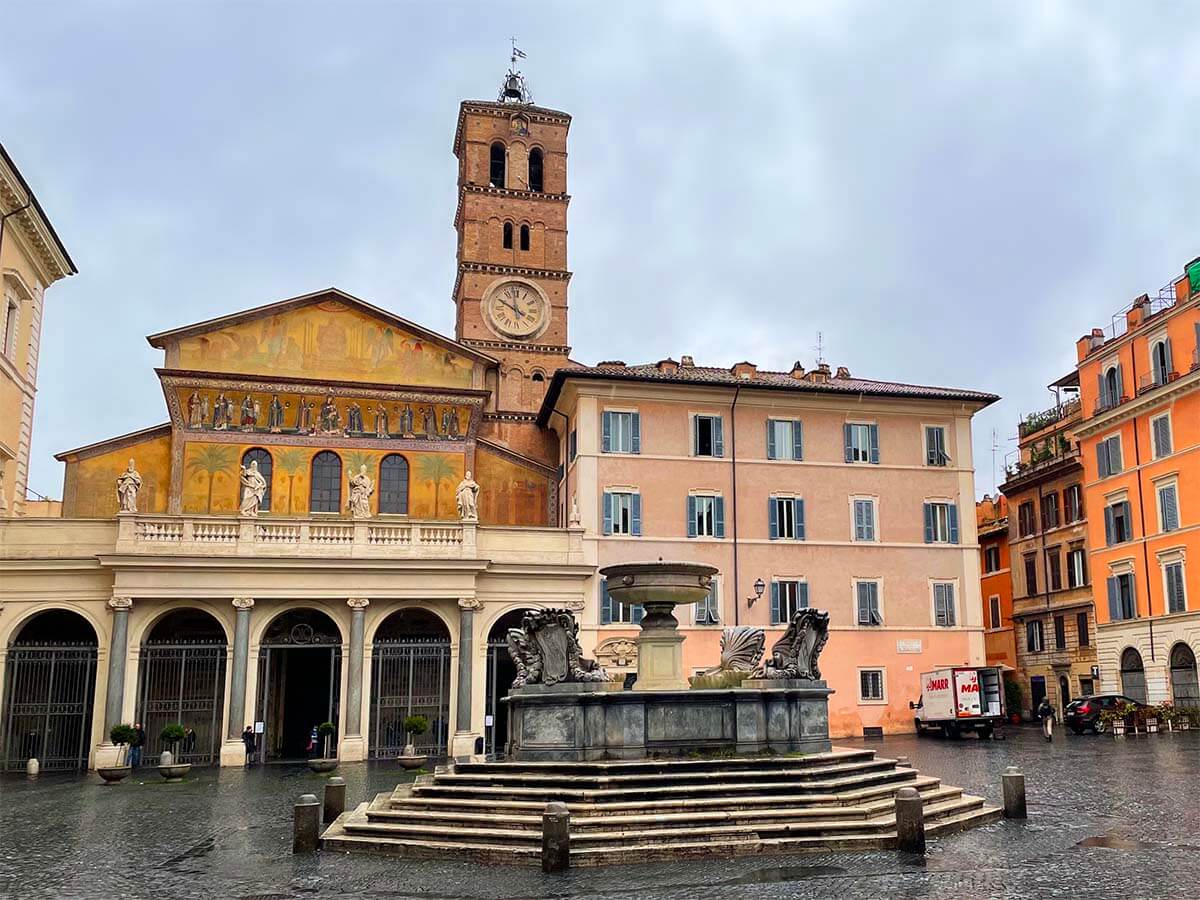
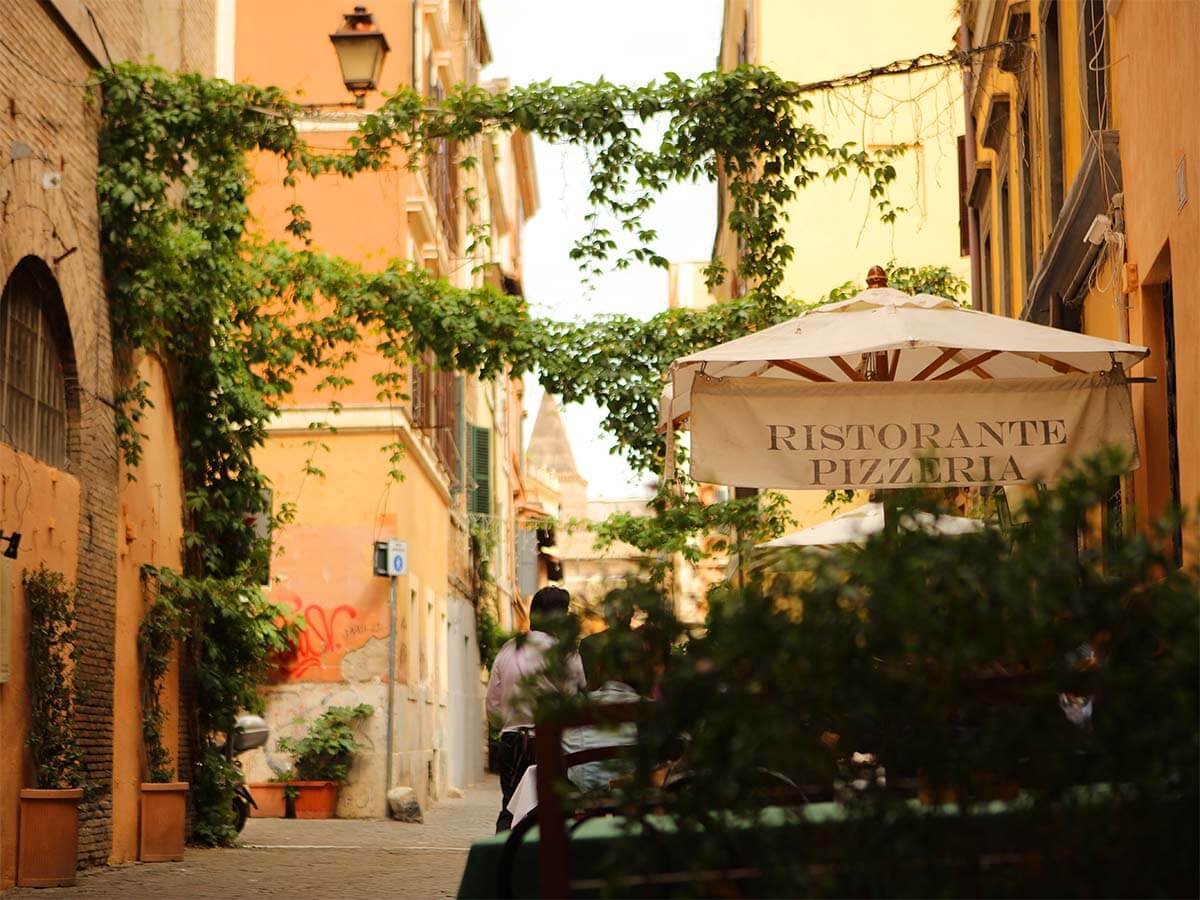

Day 2: The Vatican, Food Tour & Jewish Quarter, Historic Center
PLANNING TIP: Check if the Vatican Museums (Sistine Chapel) is open on the day you want to visit and reserve your tickets/ tour. Entry is timed, and tickets always sell out at least a few days in advance; in high season, even several weeks ahead. Book tickets for the St. Peter’s Dome and be sure to wear clothing that covers your knees and shoulders! The food tour has to be booked in advance as well.
Here’s how you could plan your day:
Early morning: St. Angelo Bridge & Castel Sant’Angelo
If you walk to the Vatican from the city center, you’ll pass the Sant’Angelo Bridge and Castel Sant’Angelo. This area gets crowded during the day, but if you come here early, you’ll be able to enjoy it without the crowds.
TIP: Some of the best views of the St. Angelo bridge with St. Peter’s Basilica in the background are seen from the Umberto I Bridge and the southern side of the river between the two bridges.
Morning: Vatican Museums & Sistine Chapel
Together with the Colosseum, the Vatican Museums (where you’ll find the famous Sistine Chapel) is the most popular tourist attraction in Rome. It’s essential to book your tickets (or a tour) in advance!
If you didn’t think to book in advance and all the regular entrance tickets are sold out, you can still visit with a tour (they have separate access to tickets).
We have been to the Vatican Museums with a tour in the past, and so on this 4-day Rome trip, we just got the regular tickets instead of taking a guided tour. Big mistake! Next time, I’d definitely go with a tour again. Here’s why.
Our experience: Once you enter the museums, you find yourself in a beehive with a labyrinth of halls and corridors and staircases… And yes, you get a plan and there are signs pointing to some parts of the museum, but it’s absolutely not clear where to go. All the routes point to Sistine Chapel and so eventually, you do get there (and see a lot along the way), but you have no idea what exactly you are seeing, whether you have missed something or not, and what’s worth it the most…
TIP: If you want to save yourself all the stress and be sure that you see the best that the Vatican Museums have to offer, consider going with a guided tour (see the best options below).
I’m a bit hesitant to recommend a guided tour with the official Vatican guide because we saw lots of frustrated people inside who were sent from one place to the other, looking for the official group tours. Instead, you can book a tour with one of the local companies (see below). That way, you meet your guide outside, enter the museums together, and can actually relax and enjoy your visit.
Here are 3 of the best tours of the Vatican:
- Early Entry to the Vatican & the Sistine Chapel. If you want to see the Sistine Chapel at its quietest, this is the best tour. It starts very early but gives you an extraordinary experience, incomparable to any regular daytime tours. In addition, this tour visits St. Peter’s Basilica and enters it directly through the museum saving you lots of time.
- Skip-the-Ticket-Line Vatican Tour and Sistine Chapel. This is the most popular (and great value) tour of the Vatican Museums & St Peter’s Basilica. A good alternative to visiting on your own.
- Early morning tour that includes everything + the dome. This tour includes ALL the musts of the Vatican: St. Peter’s Basilica with a visit to the underground crypts and the dome climb + the Vatican Museums & Sistine Chapel.
TIP FOR A VERY UNIQUE EXPERIENCE: VIP Key Master’s Tour – on select days, it’s possible to visit the Sistine Chapel with a Key Master as he opens the galleries of the Vatican Museums. You spend two hours inside with just a handful of people in your group – it’s a very unique experience (but also with a very high price tag and limited availability). A similar tour is also available through this company but it’s only bookable once or twice a month.
Good to know: The Vatican Museums are closed on Sundays, except on the last Sunday of the month when they are also free to visit (expect even bigger crowds if you visit on a free day). The museums are also closed on most religious holidays and on some other occasions.
When you pre-book your tour or tickets, you’ll immediately see if the date of your choice is not available, and can adjust your itinerary at that time.
Noon: Lunch near the Vatican
After your visit to the Vatican Museums, you’ll definitely want to sit down and rest your legs. All that slow walking is really tiring…
There are several restaurants and a café inside the Vatican museums, so you could have lunch there. But there are also quite a few nice restaurants in the nearby neighborhood. We chose to dine at one of the local restaurants.
We had lunch at La Locanda di Pietro, just a few minutes walk from the museum. It’s a very nice local restaurant with very friendly staff and truly good food. There are quite a few good restaurants in this area. Alternatively, check out Ristorante dei Musei.
TIP: Try to go for lunch at around noon. When we visited, most restaurants were still quiet at 12, but half an hour – an hour later, there were hardly any free tables left (and only inside).
1.30 – 4.30 PM: St. Peter’s Square & Basilica
Unless you book a tour of the Vatican Museums and St. Peter’s Basilica together, I recommend visiting St. Peter’s in the afternoon. In fact, the later in the afternoon you go, the quieter it usually is.
We booked a tour of the Basilica that included a Dome Climb and the Underground, and it started at 2 PM. So after lunch, we headed to St. Peter’s Square, explored it a bit on our own, went to see the Swiss Guards, and sent some postcards from the Post of the Vatican.
We then met our guide and waited for about 15-20 minutes (security line) to enter the Basilica. The lines weren’t nearly as bad in the afternoon as they were in the morning.
While you don’t really need a guide to visit the church (and the entrance is free of charge), we actually enjoyed having a guided tour here. The guide told many stories and explained so many things that we would have totally missed otherwise (and actually did miss on the previous visits here).
We then visited the crypts where some of the Popes are buried. You can also see St. Peter’s Tomb here, but only the tomb that’s officially accessible to the public (the actual St. Peter’s tomb is located yet deeper under the Basilica and can only be visited with official Vatican tours if/when they run and are very limited in numbers).
TIP: If you decide to go without a tour, consider getting an audioguide – that way, you can better appreciate what you are seeing.
After exploring the church, you can opt to climb to the top of the Dome. Our tour included this, but if you go on your own, you can book tickets for the dome climb.
The entrance is located on the far right side of the church and you can choose to do the stairs all the way or take the elevator for the first part. We suggest taking the elevator to the rooftop because you’ll still have to do over 330 steps to the top of the Dome.
A visit to St. Peter’s Dome is one of the most special things you can do at the Vatican. So if you are fit enough for the 330 stairs (up and then down again), don’t miss it!
Not only can you see the rooftop of the Basilica and stunning views of the Vatican and the city from the Dome, but you also get to walk inside the actual dome with the whole church right under your feet. People look like little ants from this height and you realize once more how colossal the building is. A very unique experience!

5 PM: Campo de’ Fiori
After the Vatican, head back to the city center and walk to Campo de’ Fiori. It’s about 25-30 minutes walk.
Campo de’ Fiori is one of the nicest town squares in Rome and a bustling market. Visiting here in the afternoon, you can actually see the square and not just umbrellas and the food stalls.
In the center of the square, you can see a statue of Giordano Bruno. He was a 16th-century philosopher who was burned here for his progressive thinking.
However, it’s also a special experience to see the Campo de’ Fiori market when it’s open. So if there’s no market anymore when you visit here in the afternoon, I recommend coming back here the next morning as well. See more info on day 3 of this itinerary.
6 – 8.30 PM: Street Food Tour & Jewish Quarter
The street food tour was one of the top experiences of our 4-day visit to Rome. If you want to discover the more local side of Rome, I highly recommend taking a food tour! It’s such a great way to get a bit off the beaten path and taste some local specialties.
We had been to Rome many times before, but we still learned new things on this tour, tasted some of the most delicious food, and saw some places we would have never seen on our own.
We took this highly-rated food tour and I can highly recommend it! The evening tour of the Jewish Quarter starts around 6 PM at Campo de’ Fiori. Be sure to check the starting times and location at the time of your visit, in case something changes!
We visited a traditional food store from the 19th century (still run by the same family!), had Roman pizza, and tried other regional specialties at several excellent local restaurants. Our tour also included a tasting of Italian wine, local beer, and delicious gelato. They can also cater to people who have special dietary requirements and, of course, alcoholic drinks can be replaced by water or soft drinks.
We also passed some really nice local areas and visited the Jewish Quarter (Ghetto). Together with Trastevere and Testaccio (a bit further away from the center), this is one of the best neighborhoods for food in Rome. If you are still hungry after the tour (can’t imagine you would be, but you never know), this is a nice place to come back for dinner. Or come here at another time, as we did.
The tour also visits Largo di Torre Argentina and ends close to the Pantheon. It takes about 2.5 hours.
LEARN MORE: Rome Street Food Tour: Review & Tips
Evening: Explore the historic city center in the dark
If you still have some energy afterwards, walk around the city center and see Piazza Navona, the Pantheon, and Trevi Fountain nicely lit in the dark.
How dark it actually is will, of course, depend on the season when you visit. In November, it gets dark at 5 PM, whereas in June, it stays light until after 9 PM.
TIP: If you still have some space left for another gelato, check out Giolitti or Gelateria Della Palma – these are the two best places for ice cream in Rome. We stopped for ice cream here every time we were around…
We ended our day with some drinks on the beautiful rooftop terrace of our hotel. I think you can also come here for drinks even if you are not a guest at the hotel, but I’m not 100% sure. The drinks are quite expensive compared to the prices at the nearby restaurants though. But if you aren’t having dinner (not likely you’ll still be hungry after the food tour), it’s actually not easy to find a restaurant that will want to seat you just for the drinks. So for that, this bar is perfect.
Day 3: Campo de’Fiori, Pantheon, Doria Pamphilj, Capuchin Crypt, Villa Borghese, Terrazza del Pincio, Piazza del Popolo, Shopping, Spanish Steps
PLANNING TIP: Reserve your tickets or a tour of the Borghese Gallery and the Pantheon in advance!
Early morning: Campo de’Fiori
In the past, a field of flowers (thus the name), nowadays Campo de’ Fiori is a bustling food market. The market is open Monday to Saturday, usually from around 7 AM to 2 PM.
The market is really touristy, but locals shop here as well. You’ll find stalls selling fruits, vegetables, cheese, meat, pasta, Italian limoncello (and other colorful drinks), and also flowers.
It’s always a nice place to visit when in Rome. The market is lively and colorful, you can buy all kinds of food, fruit, and also stock up on some (edible) gifts to take home.
9 AM: Pantheon
You will have passed the Pantheon several times by now, but it’s one of those places that you really should visit inside. Seeing the famous dome with a hole (oculus to the sky) in the middle is a must when visiting Rome!
Originally built in 27 BC and rebuilt in the 2nd century, the Pantheon is probably the best-kept monument from the old Roman times. The name ‘Pantheon’ means ‘temple of all the gods’ and – originally – it was a pagan temple indeed. In 609, Roman emperor Phocas gifted the Pantheon to the Pope, and it was turned into a church. This is one of the reasons why it’s still so well preserved.
A visit to the Pantheon doesn’t require much time. However, it’s always busy here, so if you don’t want to waste too much time, be sure to come here well before it opens.
Good to know: Nowadays, you need tickets to visit the Pantheon, and it’s best to book a timed-entry ticket in advance. For this itinerary, we recommend booking the earliest time slot (9 AM).
10-11 AM: Doria Pamphilj Gallery
One of the hidden gems right in the historic city center, Doria Pamphilj Gallery is a private art collection that belongs to the princely Doria Pamphilj family. This is one of the largest and most impressive private art collections in Rome and it’s open to the public.
This vast art collection was started in the 16th century and contains a large number of paintings, furniture, and sculptures. You can see various works by Caravaggio, Raffaello, Velázquez, and many other famous Italian artists. But what makes it truly special is the sheer number of pieces of art covering the walls from the floor all the way to the ceiling.
TIP: Be sure to pick up an audio guide at the entrance (included with your ticket). It’s a great way to learn more about the palace, the art collection, and the family behind it. The English narrative is spoken by Jonathan Doria Pamphilj, and he shares some fun stories and anecdotes about the family as well.
Good to know: Doria Pamphilj Gallery is located in a 17th-century Palazzo Doria Pamphilj, about halfway between the Pantheon and the Trevi fountain, about 7 minutes walk from either of the two. It’s open daily from 10 AM.
Their website says that you need to prebook the tickets in advance (and they are non-refundable). In the low(ish) season, we were able to visit without an advance booking. During busy times, you may have to wait for a while if you don’t have a reservation.
TIP: If you want to be sure to visit when you want to, but also have the flexibility to cancel, you can book cancelable tickets here.
11 AM: Galleria Sciarra
As you walk from Doria Pamphilj Gallery to the Capuchin Crypt (about 15 min walk), you’ll pass another nice secret gem of Rome, Galleria Sciarra. Located just steps from the famous Trevi Fountain, this beautiful place is completely overlooked by most tourists.
Galleria Sciarra is a small glass-covered gallery/patio with beautiful frescos pained on all the buildings surrounding the courtyard. It dates from the late 19th century and is a fine example of the Art Nouveau style.
Good to know: The courtyard is always open, accessible, and free. A visit here only takes a minute or two, so definitely take a look inside!
11.20 – 11.50 AM: Capuchin Crypt
If you like quirky places, you may want to check out another interesting hidden gem of Rome, the Capuchin Crypt (Museo e Cripta dei Frati Cappuccini).
The 500-year-old monastery houses a small museum telling more about the Capuchin monks and the history of the friary. But the main highlight are the underground crypts that contain really special and artistic creations made of human skeletons.
We’ve been to several bone chapels in various places in Europe in the past, but this one really stands out from the rest. There are several different crypts, each with its own unique ‘composition’, and it’s fascinating to see how someone created real art from human bones… It doesn’t even feel creepy or spooky, but more artsy…
Good to know: Capuchin Crypt is open daily from 10 AM to 7 PM, except on some public holidays, and you can just get a ticket at the entrance. More information on their website. They have an audio guide available and also run guided tours.
Lots of organized tours include a visit here, together with some other crypts and catacombs visits in Rome. Alternatively, if you just want to see the crypts and the museum on your own, 20-30 minutes is more than enough time here.
12 – 1.30 PM: Lunch
After visiting the Capuchin Crypt, continue in the direction of Villa Borghese Gardens (about 10 minutes walk to the entrance of the park or 15-20 minutes walk to the gallery).
On the way, you’ll pass several restaurants. If you are feeling nostalgic for some American food, you can stop at the Hard Rock Café.
Alternatively, there are plenty of local restaurants as well. If you don’t mind splurging a bit and are looking for something special, check out the historic Harry’s Bar. And there are lots of other cheaper and simpler places to eat in this area.
2 – 5 PM: Borghese Gallery & Gardens
Villa Borghese is a large landscaped garden, one of the biggest and most beautiful public parks in Rome. There is a lot to see and do in the park and you could easily spend half a day here, but the most famous place is the Borghese Gallery.
If you are interested in art, this is one of the best museums to visit in Rome! Here, you can see a big collection of masterpieces by Caravaggio, Raphael, Canova, and many others. Also, the interior of the palace is absolutely impressive!
You can opt for a regular entrance ticket, and there are also guided tours available that cover the museum as well as the beautiful gardens. A tour might actually be a good idea here since the gardens are really large and there’s a lot to see.
Good to know: The Borghese Gallery is very popular, the tickets are timed, and usually sell out long in advance (especially if you are visiting in high season). So if you want to be sure to visit here, it’s essential to reserve your tickets in advance!
Alternative suggestion: If you are not interested in the museum or the gardens, or want to see as much as possible and don’t mind walking quite a bit more, you could also visit the Quartiere Coppedè nearby.
It’s a small neighborhood with some of the most special architecture you can find in Rome. You can read more about it in our guide to Rome’s hidden gems.
This beautiful but rather compact neighborhood is located about 20 minutes walk from Villa Borghese (so you need about 1 hour in total to walk there and back and see the highlights). However, if you could rent an electric scooter, you could probably visit in about 30 minutes.
It’s also easy to combine it with a visit to the Coppede district and that of the Borghese Gallery. It really depends on your interests and how much you are willing to walk.
5.30 PM: Terrazza del Pincio
Terrazza del Pincio is a popular viewpoint offering nice views of Piazza del Popolo, the city center of Rome, and St. Peter’s Basilica in the distance. This is a popular place to come at sunset too.
There are, in fact, two viewpoints here and the views are nice from both (the other one doesn’t have an official name and is located right under Terrazza Viale del Belvedere, but is often confused with Pincio Terrace). Anyway, I indicated them both on our map.
These viewpoints are located about 15-20 minutes walk from the Borgese Gallery, and the walk through the park is really nice in itself.
From Terrazza del Pincio viewpoint right above Piazza del Popolo, take the stairs on the right side and walk down to this town square.
READ ALSO: Best Views & Viewpoints in Rome
6 – 7 PM: Piazza del Popolo & Shopping Streets
Piazza del Popolo (the People’s Square) is one of the largest and best-known town squares in Rome. Located at the Aurelian city walls, there’s still an impressive city gate here.
If you are coming from the hill at Terrazza del Pincio, the city gate will be on your right. If you want to experience the ‘wow’ effect of the square as first-time visitors to Rome did in the past, you can walk through it and come back to the square that way, but it’s really impressive either way.
Piazza del Popolo is a place where three big streets come together. In the center of the square, you can see an Egyptian Obelisk and the Fountain of the Lions. There are two other fountains with impressive statues at the sides of the square. And it’s also flanked by two impressive churches Santa Maria dei Miracoli and Santa Maria di Montesanto.
The area to the south of Piazza del Popolo is one of the most popular shopping neighborhoods in Rome. You’ll find all kinds of fashion stores here – from the cheaper main street brands to the most expensive designer stores like Gucci, Prada, Dolce & Gabanna, Tiffany & Co, and pretty much any other big name in the fashion industry.
The most famous shopping streets are Via del Corso (popular brands) and Via dei Condotti (high-end designer shops), but the whole area is really a shoppers’ paradise. If you are more interested in sightseeing than shopping, check out Via Margutta. It’s a very picturesque and much quieter street that became famous thanks to the film Roman Holiday.
Good to know: Most stores here are open until 7.30-8 PM, but if you are planning to do some shopping here, you’ll probably want to come earlier. You could easily spend an entire day here too, but with just 4 days in Rome, I’d only come here to do some window shopping.
7.30 PM: Piazza di Spagna, Spanish Steps & Dinner
Piazza di Spagna and the famous Spanish Steps is one more of the ‘must-see’ landmarks in the historic city center that you really shouldn’t miss in Rome.
Surrounded by all the shopping streets, this is a very popular area that’s always crowded. In the summer, it’s often difficult to even see the staircase through the crowds. It is now, therefore, forbidden to sit or eat on the stairs.
If you take the staircase up, you’ll be walking in the direction of the Villa Borghese Gardens that you visited earlier today. At the top, there’s also a church – Trinità dei Monti – and you could visit inside if it’s still open.
But, frankly, the stairs are the most impressive when seen from the bottom and the interior of the church is not that special. There are some nice viewpoints at the top, but if you already visited Terrazza del Pincio viewpoint before that, going up the stairs is not really a must. Unless you are here at around sunset and want to see some nice twilight views from above – in that case, definitely go up.
TIP: For dinner with a view, check out Caffè Ciampini di Marco Ciampini, a short walk to the left at the top of the stairs. Otherwise, you will find lots of nice restaurants in the historic city center. I indicated a few nice restaurants on the map.
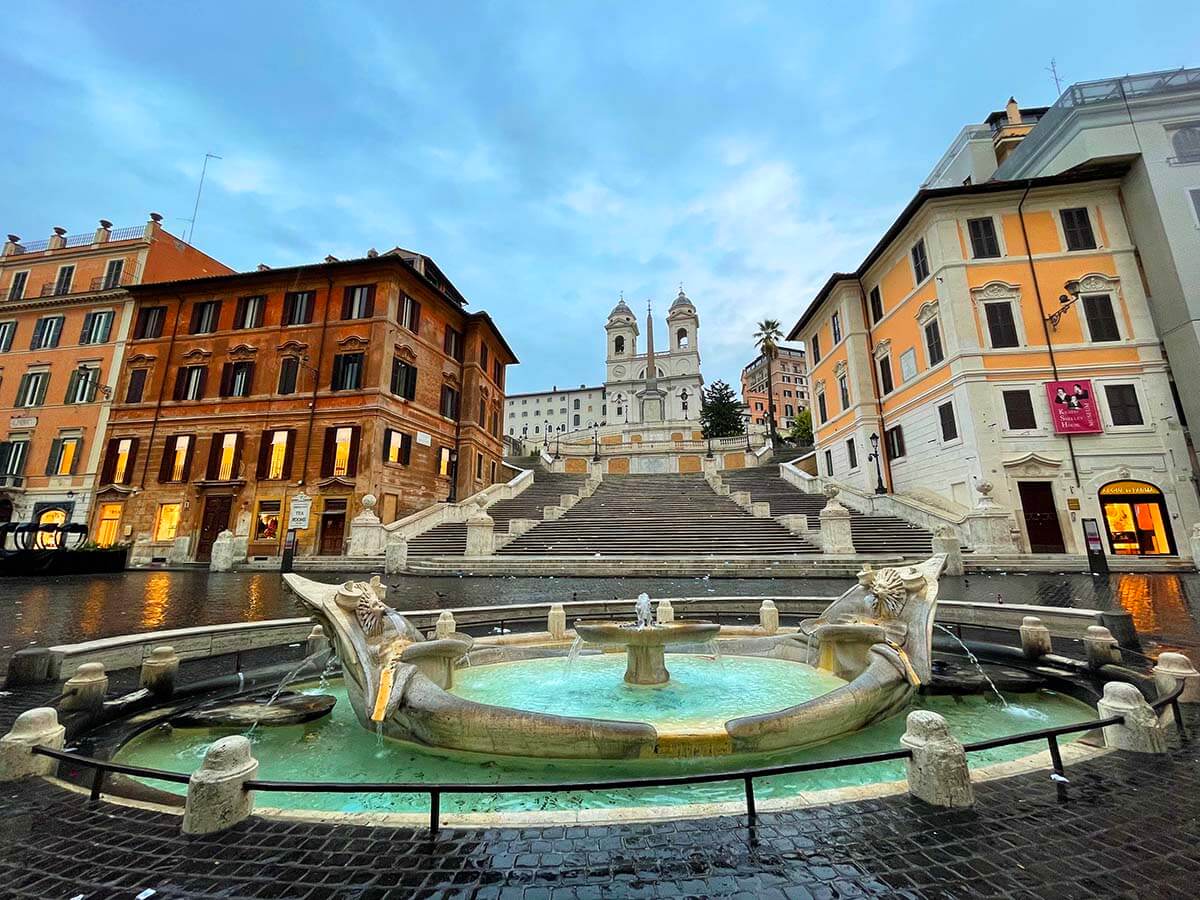
Day 4: Appian Way, Aqueducts & Catacombs tour, San Giovanni in Laterano, St. Clement Basilica, Basilica di San Pietro in Vincoli, Colosseum at sunset
PLANNING TIP: Book this e-bike tour in advance (possible for all ages). If biking isn’t your thing, this bus/ walking tour has a very similar itinerary and takes less time. The St. Callixtus Catacombs are closed on Wednesdays, so most tours visit the Catacombs of Saint Sebastian on those days.
9 AM – 3 PM: E-bike Tour of the Appian Way, Aqueducts & Catacombs
On the fourth day in Rome, we recommend that you get a bit outside the city and visit some of the ancient Roman sites nearby. The main highlights that are worth it the most are the Appian Way, the Park of the Aqueducts, and the Catacombs of St. Callixtus (or the nearby Catacombs of Saint Sebastian).
Hands down, this was one of our favorite days of the 4-day visit to Rome! So if you are comfortable on an e-bike, I highly recommend considering this tour.
There are other similar bike tours as well, but we chose this one because it has the most complete itinerary, includes (delicious warm) lunch, uses good quality electric mountain bikes, and has the best reviews. Also – take my word for it – you really don’t want to do the Appian Way with a regular bike!
I’m not going to list the complete itinerary of this tour, but below are some pictures that will give you an overview of what you can expect to see. Since you go with a local guide, you have nothing to plan or worry about. Just enjoy the day and soak in the incredible 2000-year-old sights.
We loved every minute of this tour and I’d do it again in a heartbeat. Also, my teenage son said that it was the absolute best thing we did on the entire trip (and he really enjoyed the rest of Rome as well, with the food tour on day 2 of this itinerary being his second favorite).
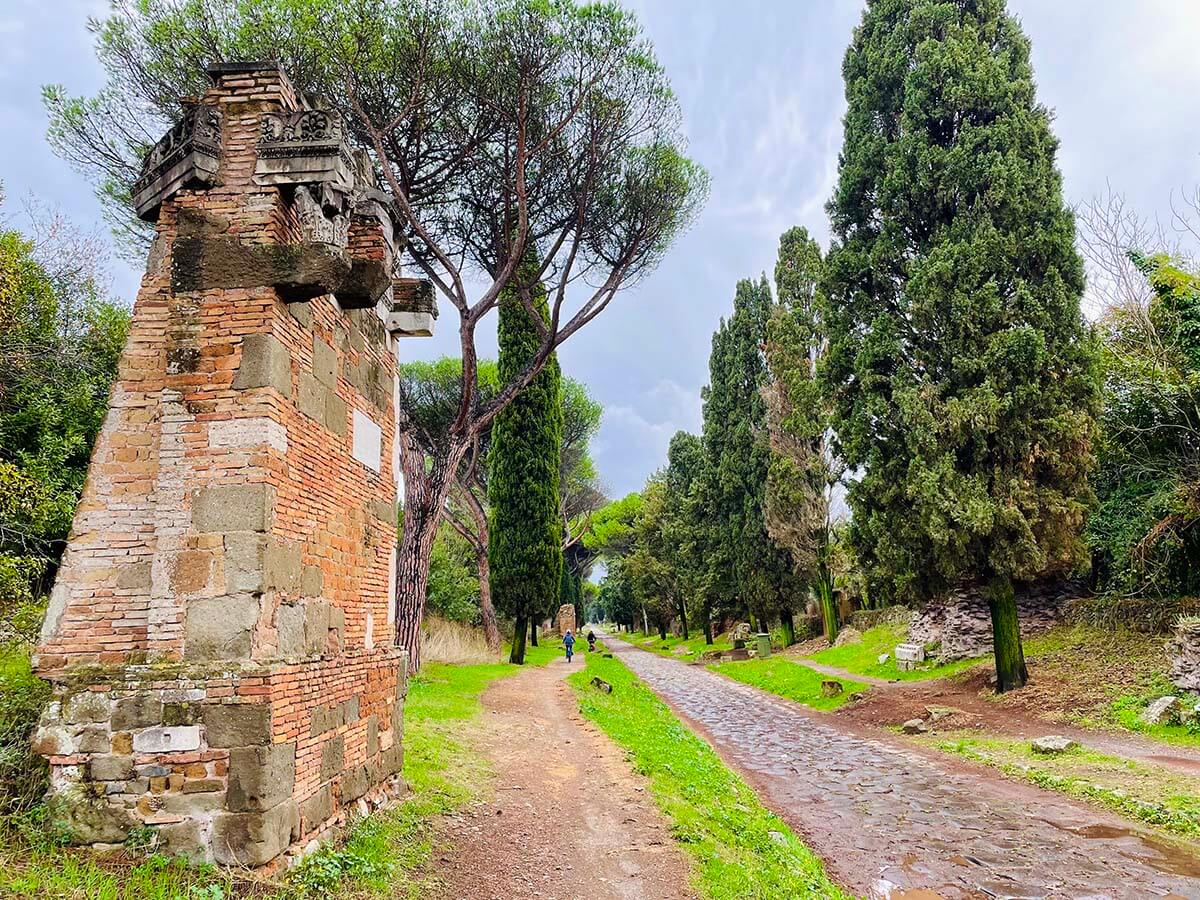
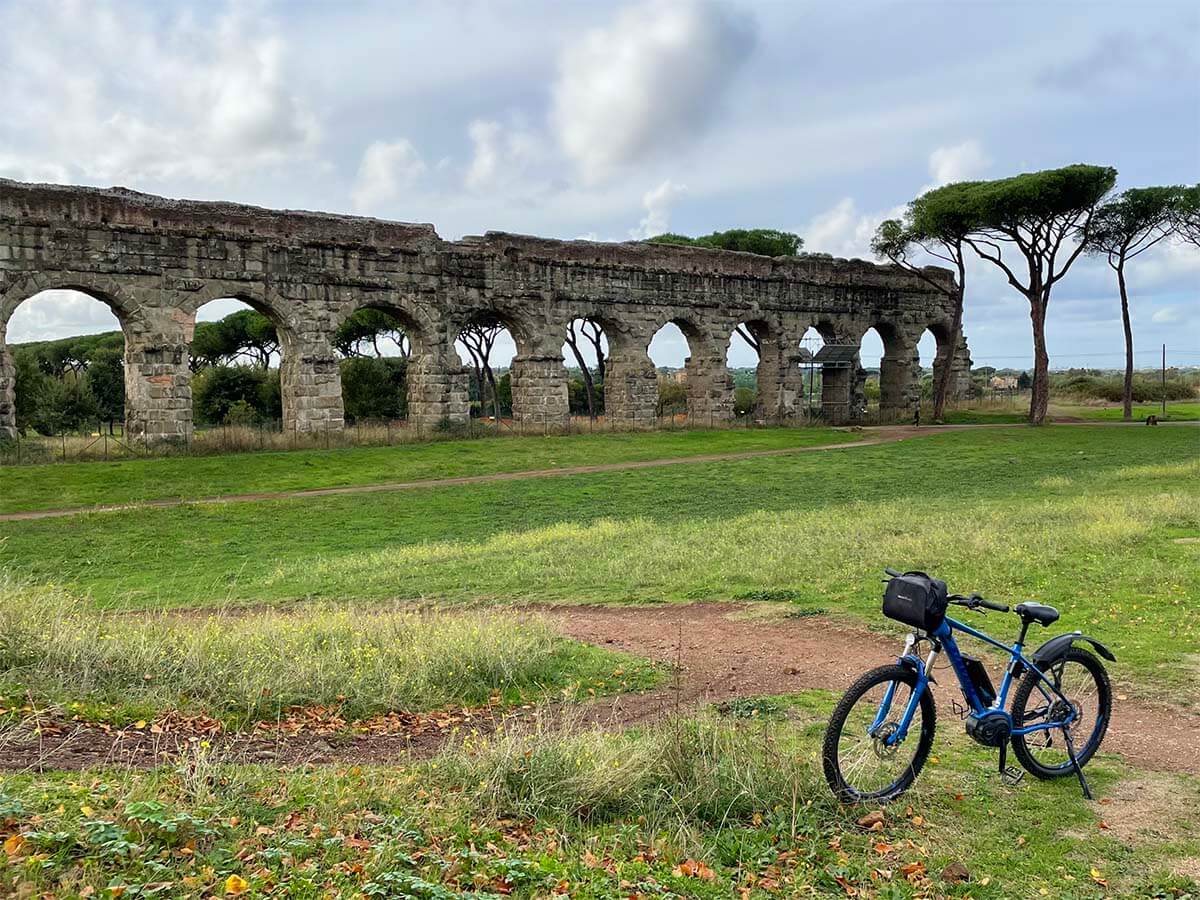
3.30 – 4 PM: Basilica di San Giovanni in Laterano
Just 10 minutes walk from where your bike tour ends, you can visit the main church of the city, the Cathedral of Rome, Basilica di San Giovanni in Laterano. It is this church (and not the St. Peter’s Basilica in the Vatican) that is considered as the ‘Cathedral of Rome and of the World’. The Pope is the reigning bishop of the city of Rome.
The reasoning behind this is quite simple – while the Pope stands above the cardinals and the bishops, St. Peter stands above the Pope. So St. Peter’s Basilica is a whole other league compared to any other church, and Rome – just as any other city – deserves its own cathedral, of course.
Anyway, the Basilica di San Giovanni in Laterano is absolutely impressive. The cathedral is massive, very richly decorated, and the statues of the Apostles inside are just as majestic as the ones at St. Peter’s. In the middle, you can also see the tomb of Pope Martino V, and on the far left corner of the church, there’s an entrance to a 13th-century cloister. You have to pay a few euros to visit here, but consider it as a donation to the church and be sure to check it out.
It took me quite a few visits to Rome before I finally made the time to visit this church, and I can tell you that it’s absolutely worth a detour. And since the bike tour ends just nearby, it’s really easy to add it to your 4-day Rome itinerary. A visit is free of charge, and it’s incomparably quieter here than at the Vatican.
TIP: While you can visit the Cathedral itself for free, you need a ticket to visit the cloisters.
4 – 4.15 PM: Scala Santa
Just across the street from the Basilica, there’s one more little-known gem of Rome, Scala Santa (the Holy Stairs). This is a small catholic sanctuary with a papal chapel and three impressive staircases leading to it. The middle of the three staircases is the Holy Stairs.
According to a Christian tradition, Jesus Christ climbed these stairs before his crucifixion. It’s believed that these stairs have been brought from Jerusalem to Rome in the 4th century. This staircase is considered sacred and is reserved for pilgrims who come here to pray and climb to the top on their knees hoping for a plenary indulgence. Millions of people have climbed these stairs on their knees, including many popes.
On top of the right staircase, there is a nice chapel, with an adjacent smaller papal chapel in the middle.
The papal chapel Sancta Sanctorum (the Holy of the Holies) itself is normally closed to the public and can only be seen through a small opening at the end of the middle stairs. It was exceptionally open when we visited, but I’m not sure if it will remain open to the public in the future. It contains lots of relics, some of which have been moved to the Vatican.
Even if you can’t visit the Holy of the Holies, a visit here is more than worth a few minutes of your time. The staircases are really impressive and so is the bigger chapel. And you can see the other one through a small opening too.
Good to know: Scala Santa is open daily in the morning and in the afternoon. There’s no fee to enter, and you only need a couple of minutes. That said, if you want to visit the Papal Chapel of the Sancta Sanctorum, there is a small fee (and likely a long queue). You can find more practical info on their website.
4.30 – 5 PM: St. Clement Basilica
After a visit to Basilica di San Giovanni in Laterano and the Holy Stairs, walk back in the direction of the Colosseum, and be sure to stop at St. Clement Basilica. From the outside, it might look just like any other of 900+ churches in Rome, but it houses a lot of secrets inside. This is one of the most unique places you can visit in Rome! Yet, despite its proximity to the Colosseum, only very few tourists know about it or ever come here.
St. Clement Basilica was constructed in the 12th century. With its cozy interior and beautiful mosaics, it looks really nice, but – not that special, you’d think. There are tens of other very similar churches all over the city…
What makes it extraordinary is that underneath there’s an archeological site containing two underground levels. Right under the church, there’s the original Basilica, built in the 4th century. AND – yet another level deeper – there are 1st and 2nd- century buildings used by the members of the cult of Mithras. This seemingly ordinary church actually has three layers that literally take you back in time through centuries of Roman history.
There are several places in Rome where you can literally touch the 2000-year-old walls, but this is probably one of the most authentic sites (it probably feels like that because there are very few tourists) AND it’s so easy to visit!
You don’t need any advance reservations, there are no queues, and it’s just a stone’s throw from the Colosseum! So even if you are not doing the bike tour and plan your Rome itinerary differently, you could easily come here when you are visiting the Colosseum.
Good to know: The Basilica’s Archeological Excavations are open daily except on Christmas Day. You can check up-to-date info for the opening times and buy a ticket on their website. Or pay a few euros more and simply get a ticket at the entrance. Kids under 16 are free of charge.
5.15 – 5.45 PM: Basilica di San Pietro in Vincoli
Basilica di San Pietro in Vincoli is a 5th-century church best known for its relic – the chains of St. Peter and Michelangelo’s statue of Moses that is part of the tomb of Pope Julius II.
Normally, a visit is free of charge and the church is open daily until 7 PM. It’s located just 5 minutes walk from the Colosseum in the direction of the city center. Well worth a few minutes of your time.
TIP: After leaving the church, go to the right and you’ll find a small passage with a staircase on via San Francesco di Paola. It’s a nice hidden gem. If you walk to the center, you can continue via this staircase. Alternatively, head back to the Colosseum for sunset.
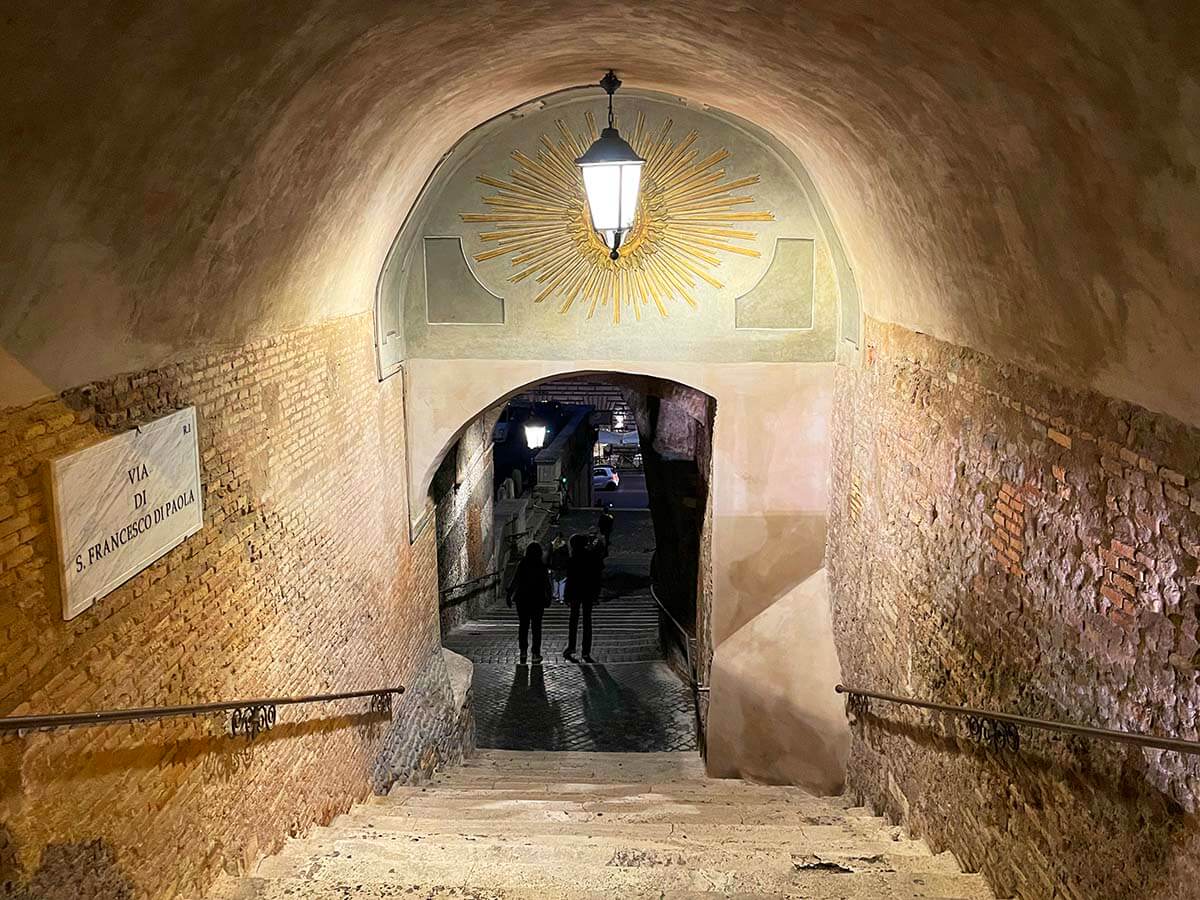
Sunset at the Colosseum
Depending on the time of the year (and the time of the sunset), you might find yourself close to the Colosseum at around twilight.
Seeing this landmark in a different light (and usually without the crowds of daytime visitors) might be a nice way to end your Rome city trip.
This itinerary is based on our most recent visit to Rome in November. At that time, the sunset was around 5 PM. So we came to the Colosseum after a visit to St. Clement Basilica, and could indeed enjoy the beautiful light. It wasn’t busy either.
Dinner
There are many restaurants in the Colosseum area too, so you could have dinner here. We walked in the direction of the Jewish Quarter – there are some really good restaurants serving traditional Italian food here, but you have to reserve most of them in advance, definitely in the high season.
Here are some restaurant suggestions for this area that we got from our food tour guide: Giggetto, Sora Margherita, or Al Pompiere Roma (for local Roman dishes), Emma (for pizza and Roman appetizers).
Since the other restaurants opened for dinner even later, we went to Emma’s and were glad to get one of the last available tables (had no idea it would be fully booked on a weekday in November).
Map & Getting Around
Below, you can see a map of this 4-day Rome itinerary.
It contains all the places mentioned in this article, including restaurant suggestions. You can save this map to your phone and use it during the trip. To make it easier, we used four different colors – one per day.
Getting around: For this itinerary, we simply walked everywhere (except for the airport transfers and the e-bike tour, of course). This is definitely doable if you stay in the city center, plan well, and wear very comfortable shoes. However, prepare to walk A LOT.
You could also cover some of the bigger distances by public transport (buses, metro), take a taxi, or – probably the easiest and quickest – rent an electric scooter. They are scattered all over Rome and it looked like it shouldn’t be a problem to find one where and when you need it. Just drive carefully because the traffic is crazy.
LEARN MORE: Rome Airport Transfers
How to use this map: Use your computer mouse (or fingers) to zoom in or out. Click on the icons to get more information about each place. Click the arrow on the top left corner for the index. Click the star next to the map’s title to add it to your Google Maps account. To view the saved map on your smartphone or PC, open Google Maps, click the menu and go to ‘Your Places’/’Maps’. If you want to print the map or see it in a bigger window, click on ‘View larger map’ in the top right corner.
If you have more time
If you have more than 4 days in Rome, you could, of course, take it easier and visit some of the places we indicated in our itinerary on different days. There are also many more museums, churches, etc.
However, if you want to make the most of your visit, I recommend booking a few day tours that take you outside the city.
Here are some of the most popular options for the best day trips from Rome:
- Villa D’Este & Hadrian’s Villa in Tivoli
- Pompeii & Mt. Vesuvius OR Pompeii & Amalfi Coast
- Tuscany Taster Tour: Day Trip with Lunch & Wine
- Florence & Pisa in a Day
Where to stay for 4 days in Rome
For this 4-day Rome itinerary, we recommend staying in the heart of the historic city center. Our favorite area to stay in Rome is around Pantheon, but pretty much anywhere between Piazza Navona and the Trevi Fountain is great.
Staying here, you can easily walk to the main landmarks, and pretty much all the main areas of interest are within 15-30 minutes walking distance.
Here are some of the best-rated hotels close to the Pantheon for all budgets (although low-budget options are scarce in this area):
- €€€€€+ The Pantheon Iconic Rome Hotel, Autograph Collection (a very luxurious 5* boutique hotel).
- €€€€ 9Hotel Cesari (this is where we stayed on this 4-day visit).
- €€€ Hotel Navona (a popular 3* hotel in a super central location).
- €€ Hotel Primavera (a very highly-rated 2* hotel; one of the best lower-budget options in the historic center).
Alternatively, check out the popular Hotel Giolli Nazionale. It’s located closer to the railway station, a bit outside the most central areas, and usually offers a very good price/quality ratio. The location is quite good, especially if you are taking a train and/or are planning any day trips outside the city.
READ ALSO: Where to Stay in Rome

So, this is our 4 days Rome itinerary. I hope that all the time indications and the details will help you plan an unforgettable trip to the Eternal City and explore a bit deeper, beyond the main attractions.
Have a great trip!
TIP: If you are looking for more information and tips for your trip to Rome, be sure to check out this article with Rome travel tips for your first trip. It contains all the useful info and info that will help you plan a more enjoyable visit. Take a look!
More travel inspiration for Rome:
- Hidden gems of Rome
- Where to eat in Rome
- 1 day in Rome
- 2 days in Rome
- Best views in Rome
- Best underground sites in Rome
TIP: If you are visiting Italy for the first time and are wondering where to go and how to plan your time, check out this Italy trip itinerary that includes all the must-sees.
For even more destinations, don’t miss our Italy travel guide! It offers a comprehensive overview of all our articles, featuring a wide range of popular places to explore across the country.
If you found this post useful, don’t forget to bookmark it and share it with your friends. Are you on Pinterest? Pin these images!
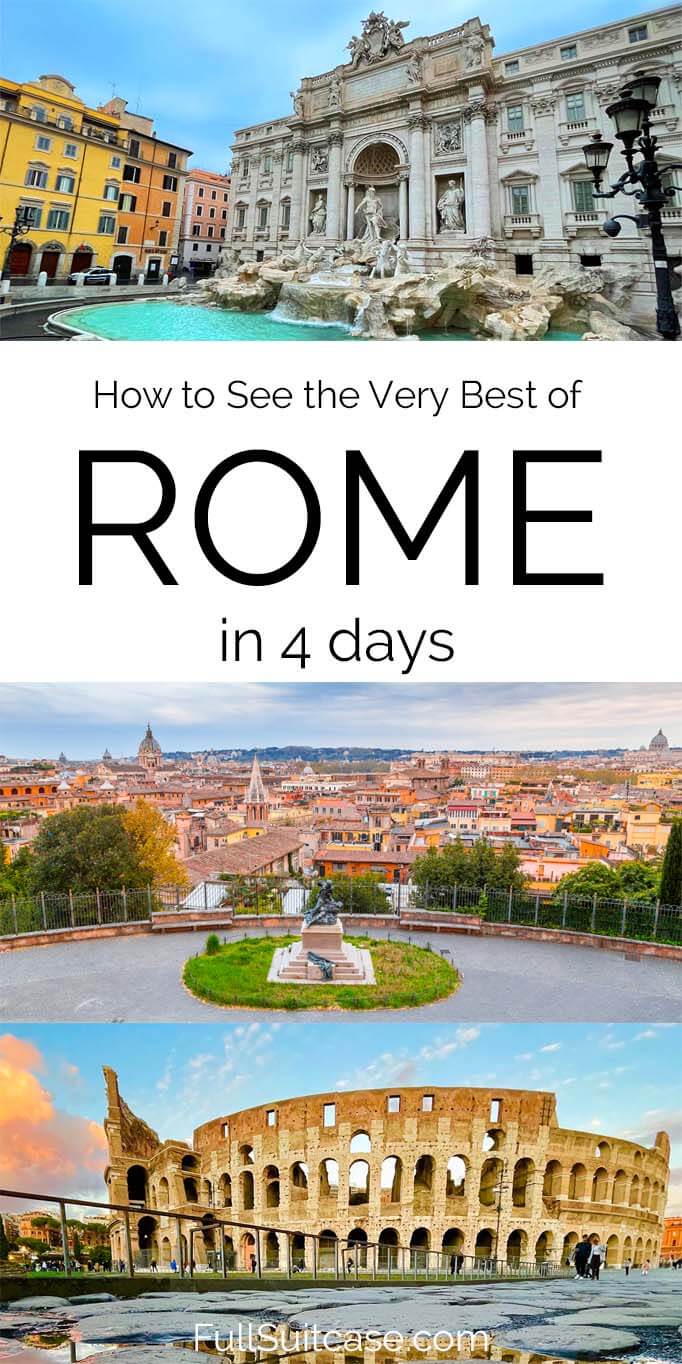
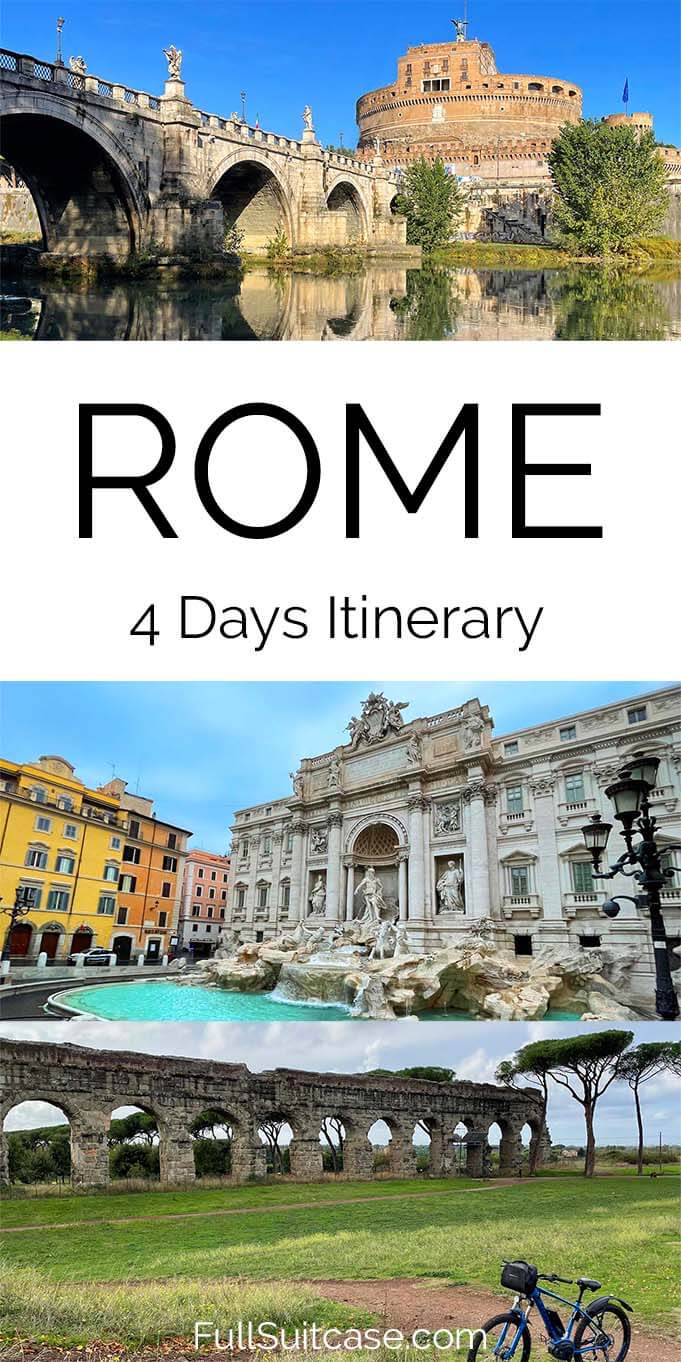
This site contains affiliate links, which means that we may earn a small commission, at no cost to you, for qualifying purchases. More info: Disclosure.

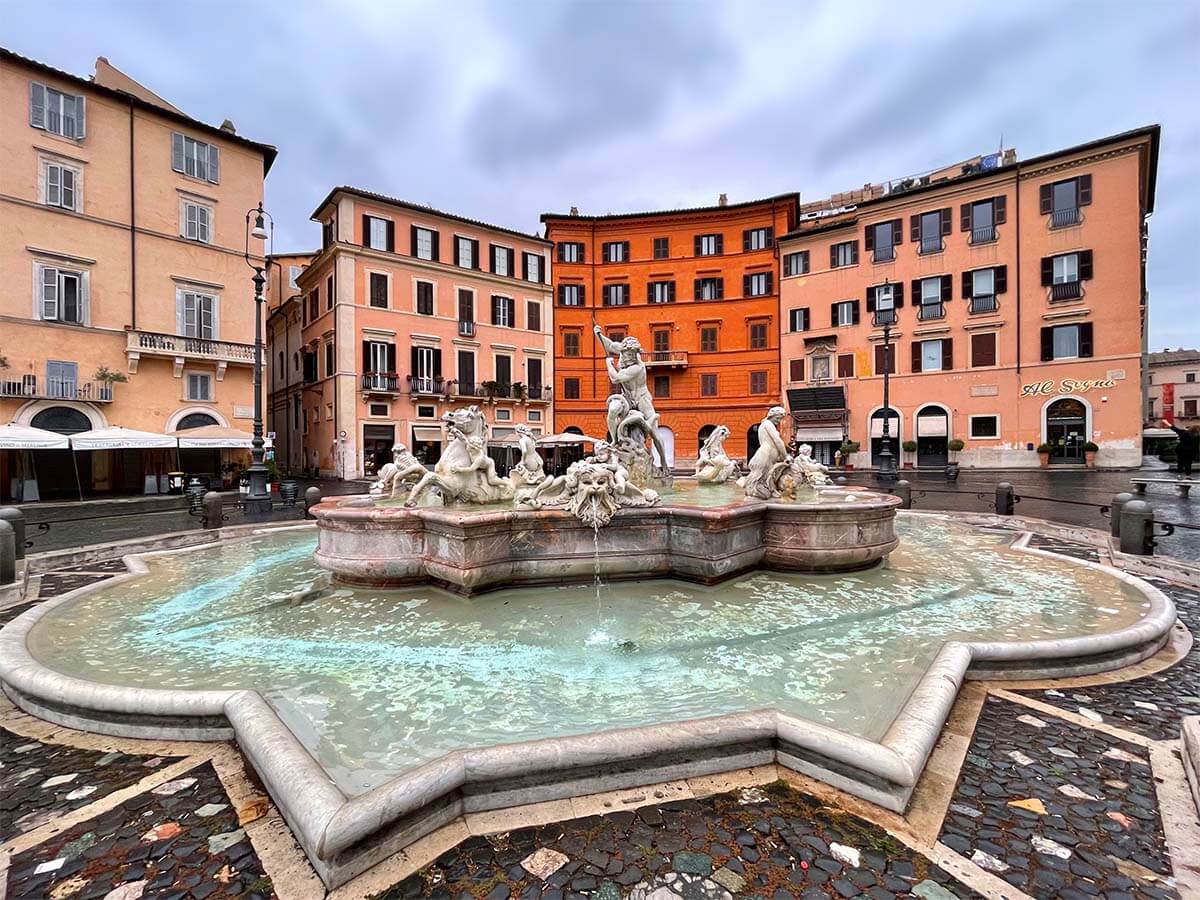
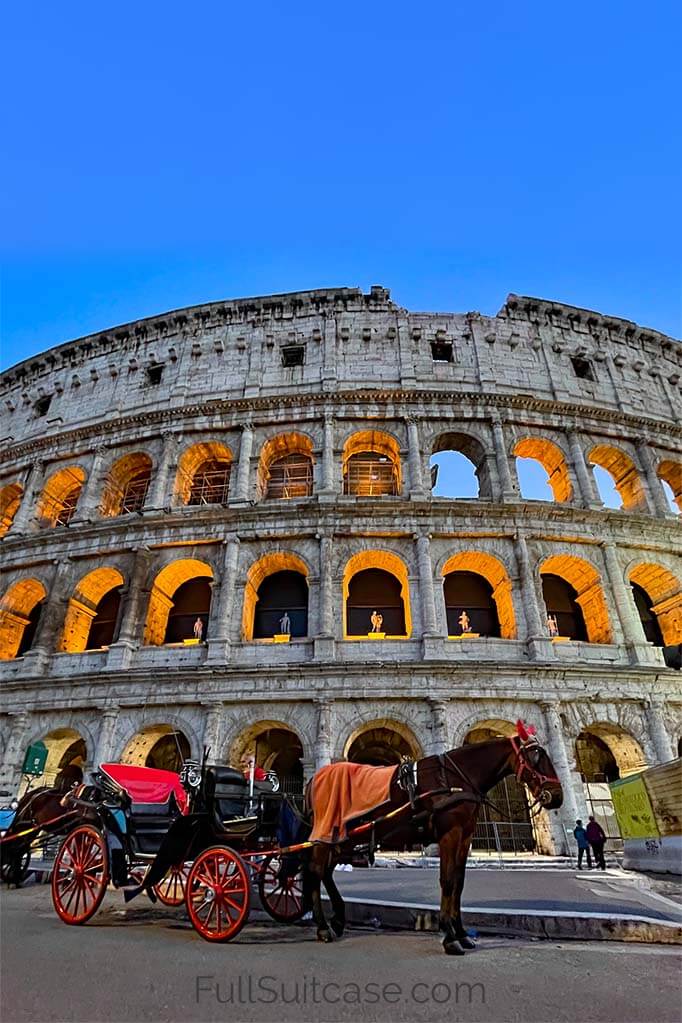
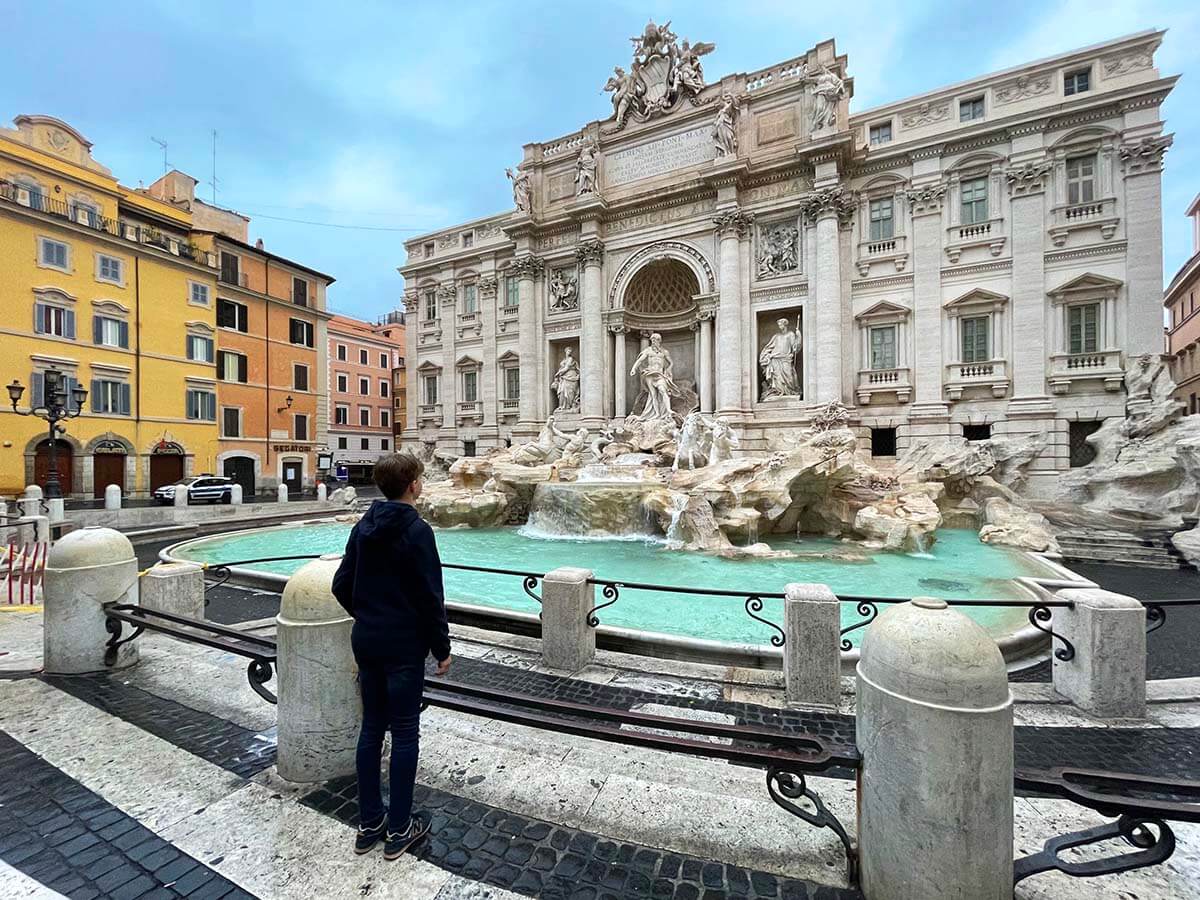

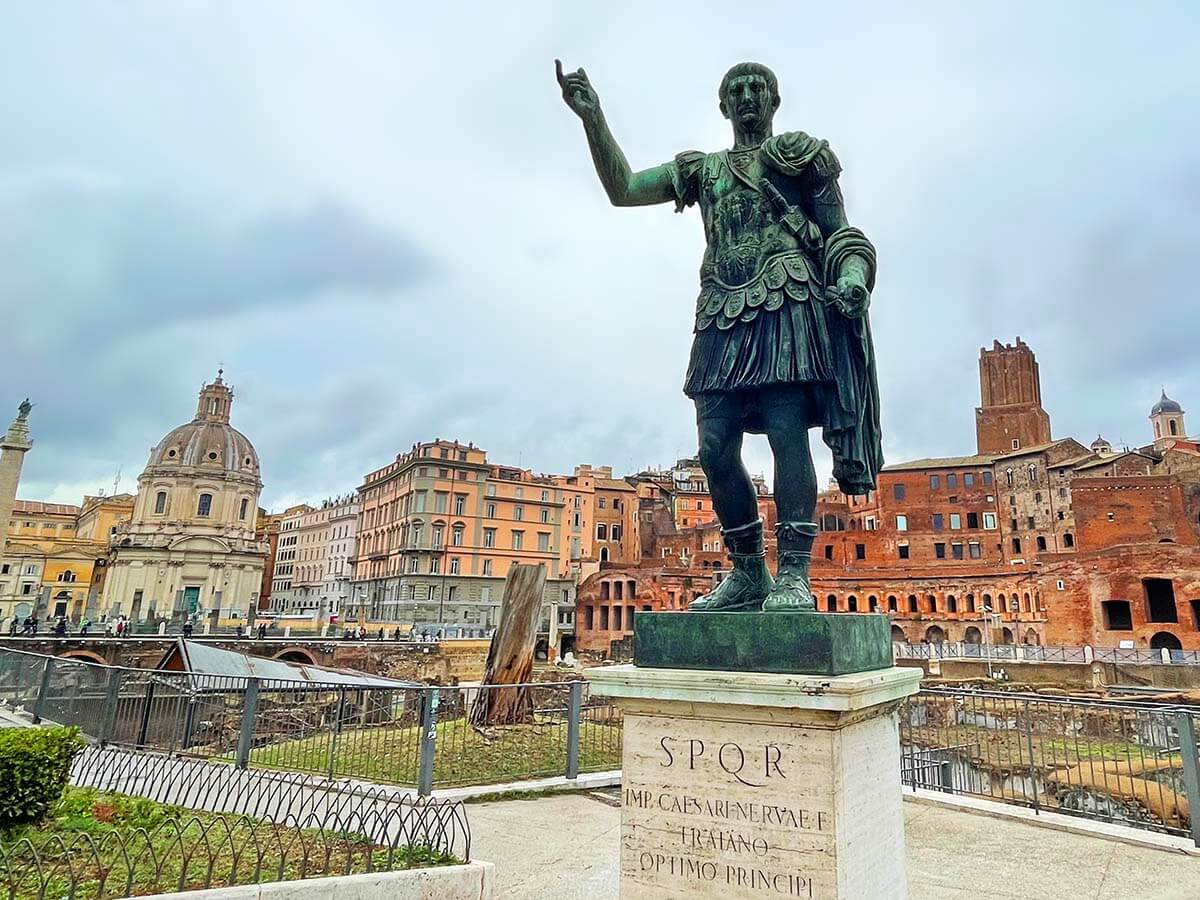

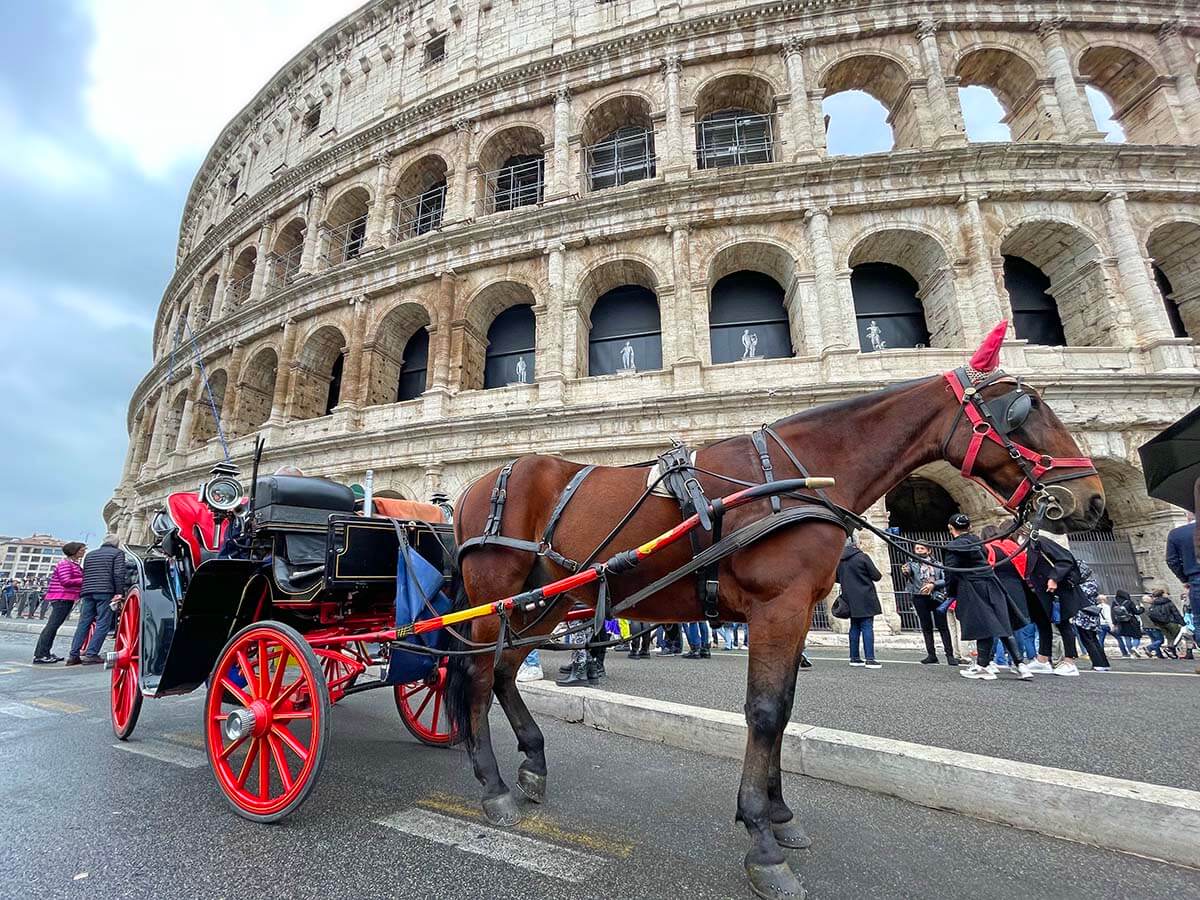
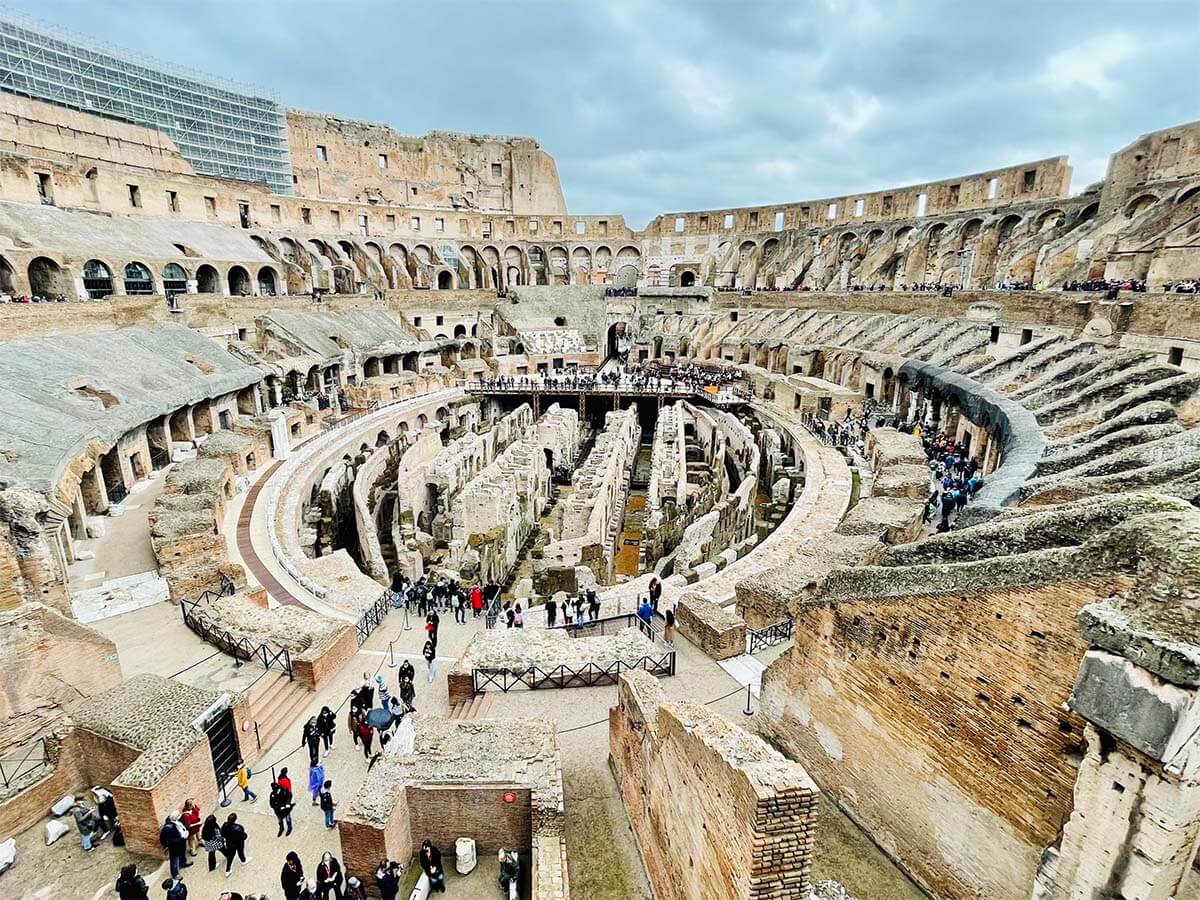
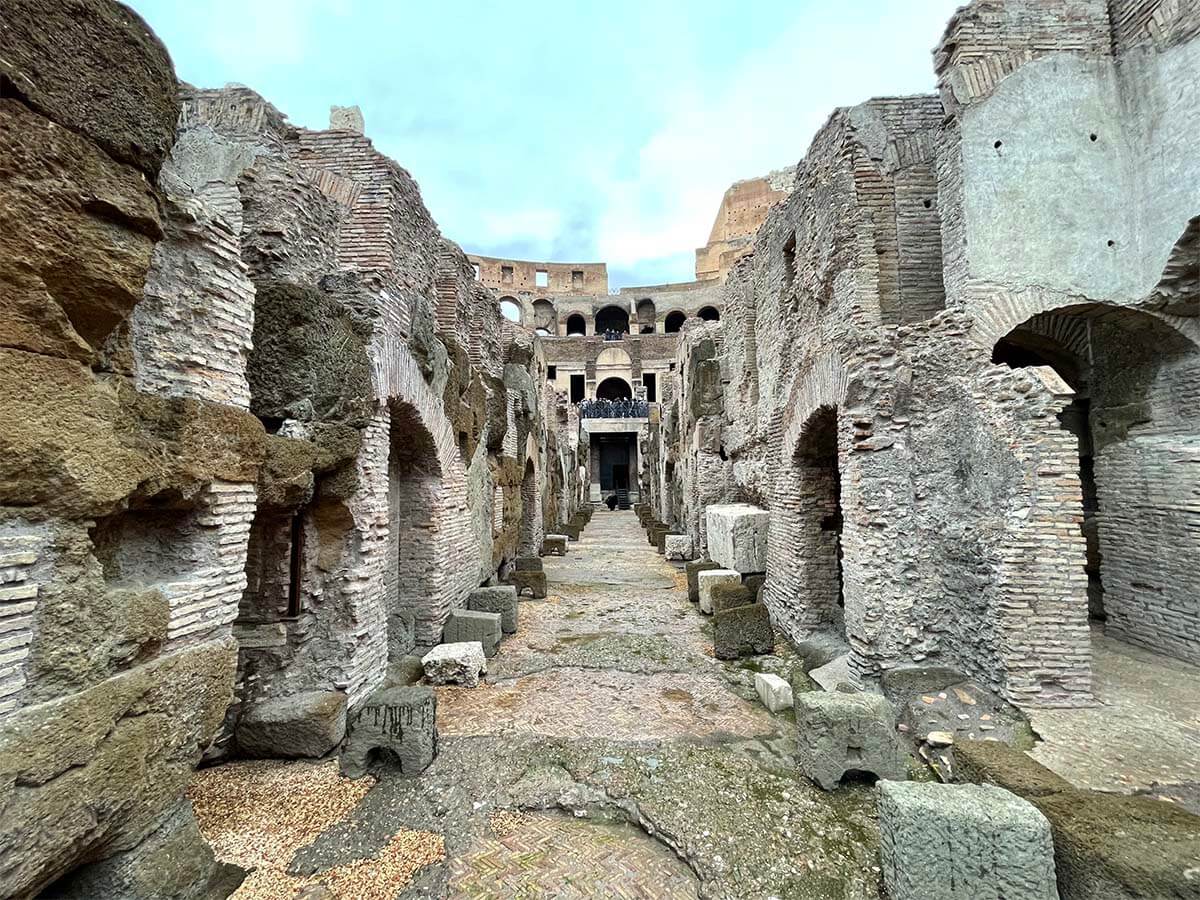



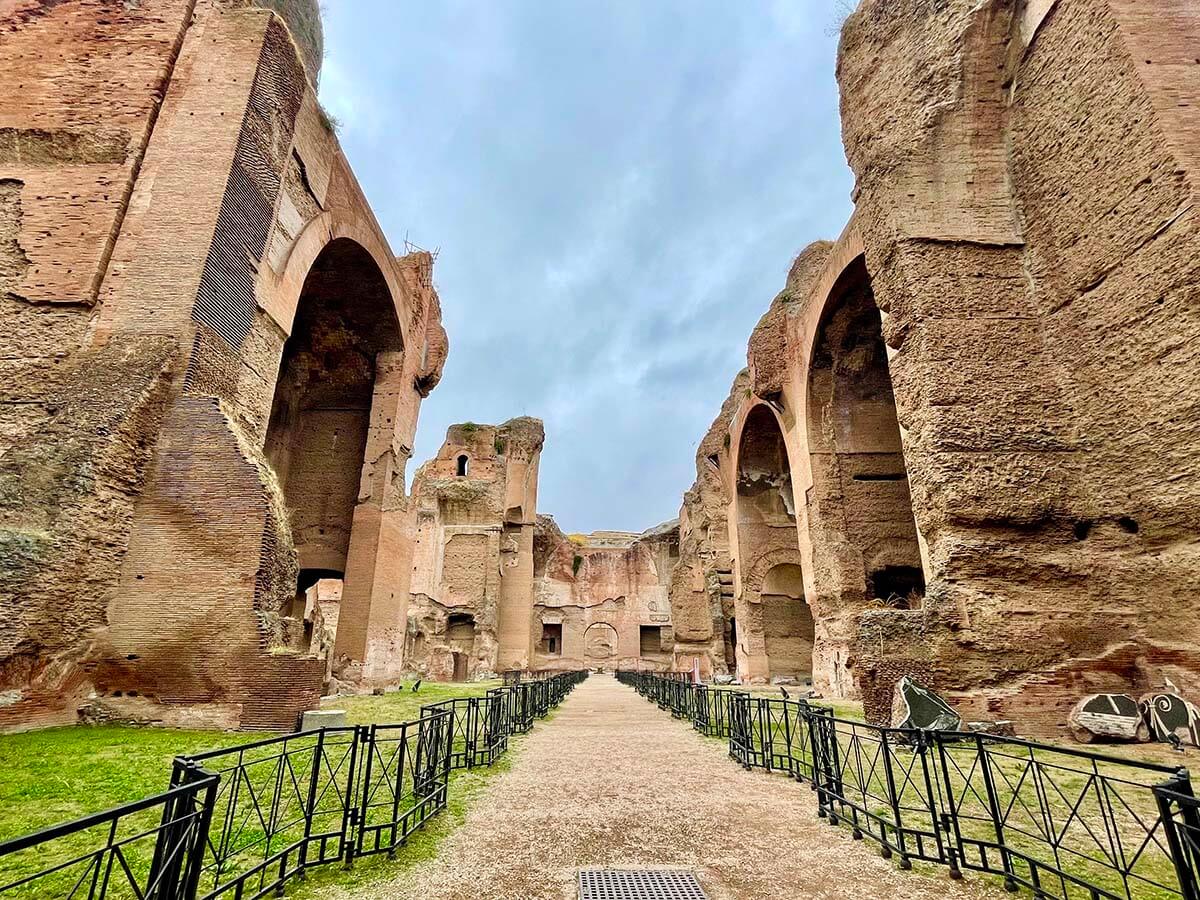
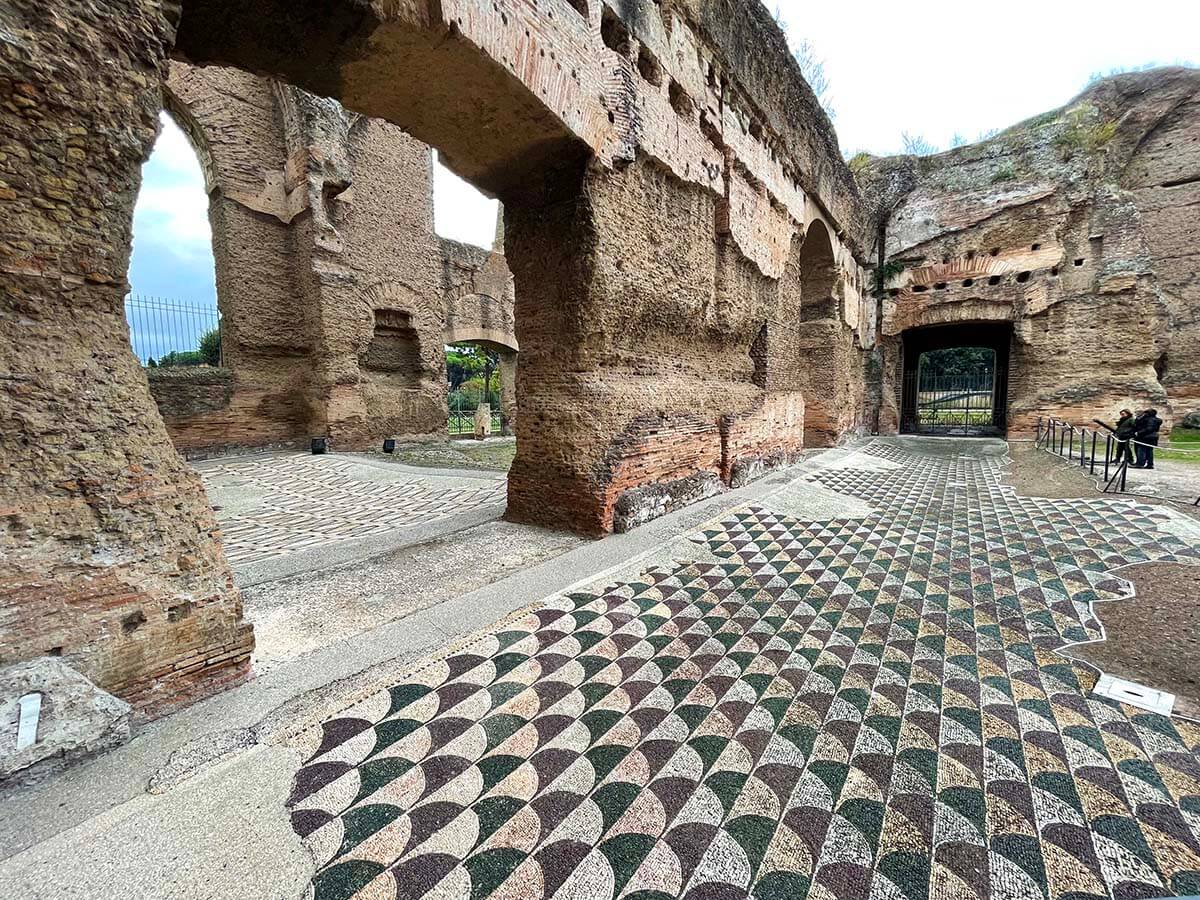
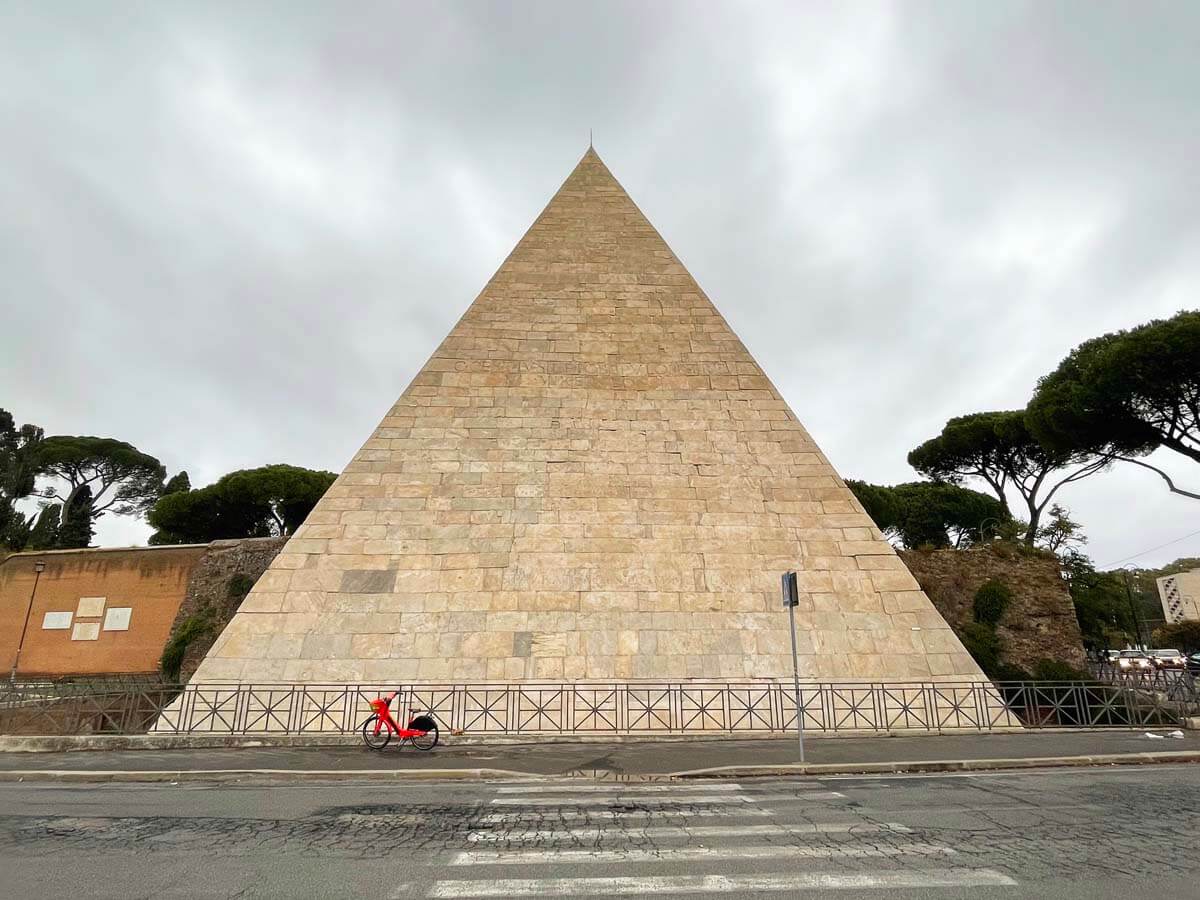
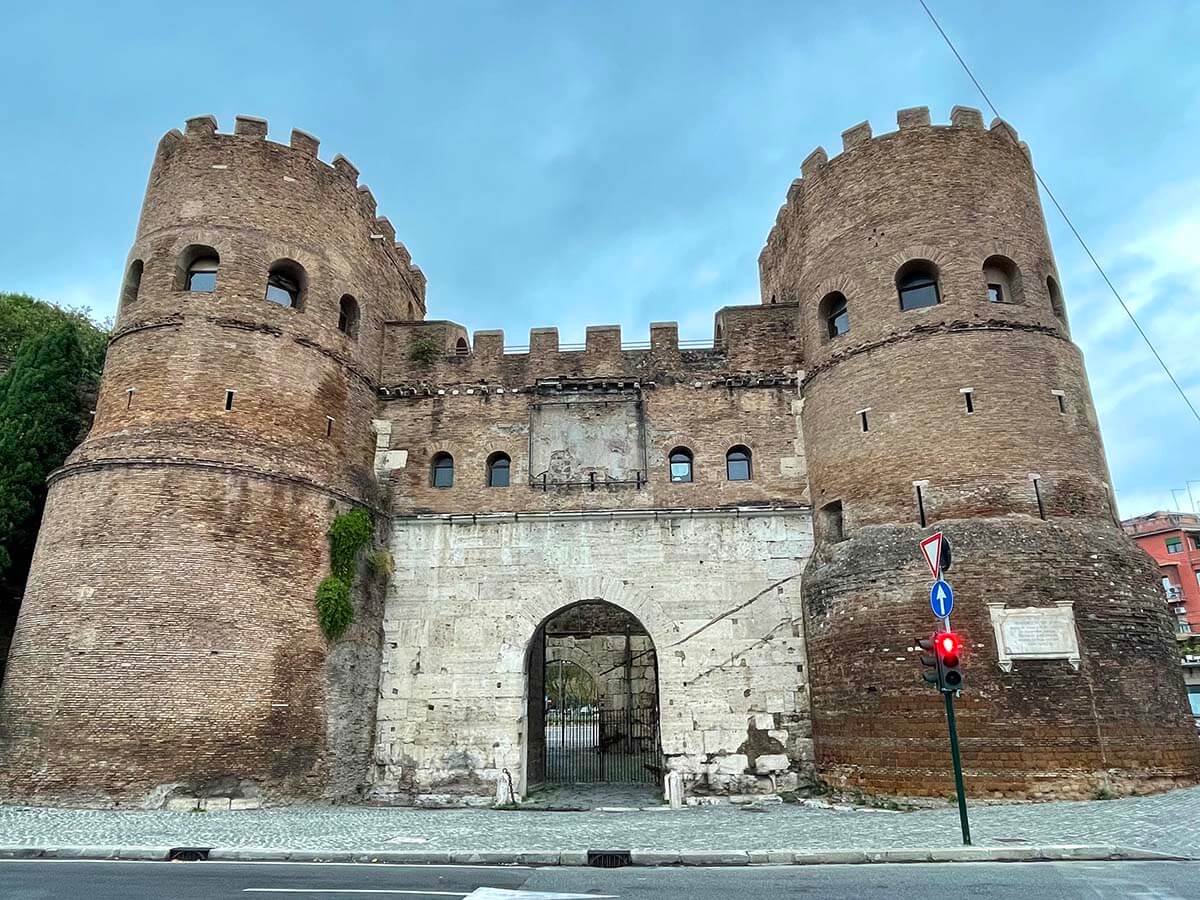
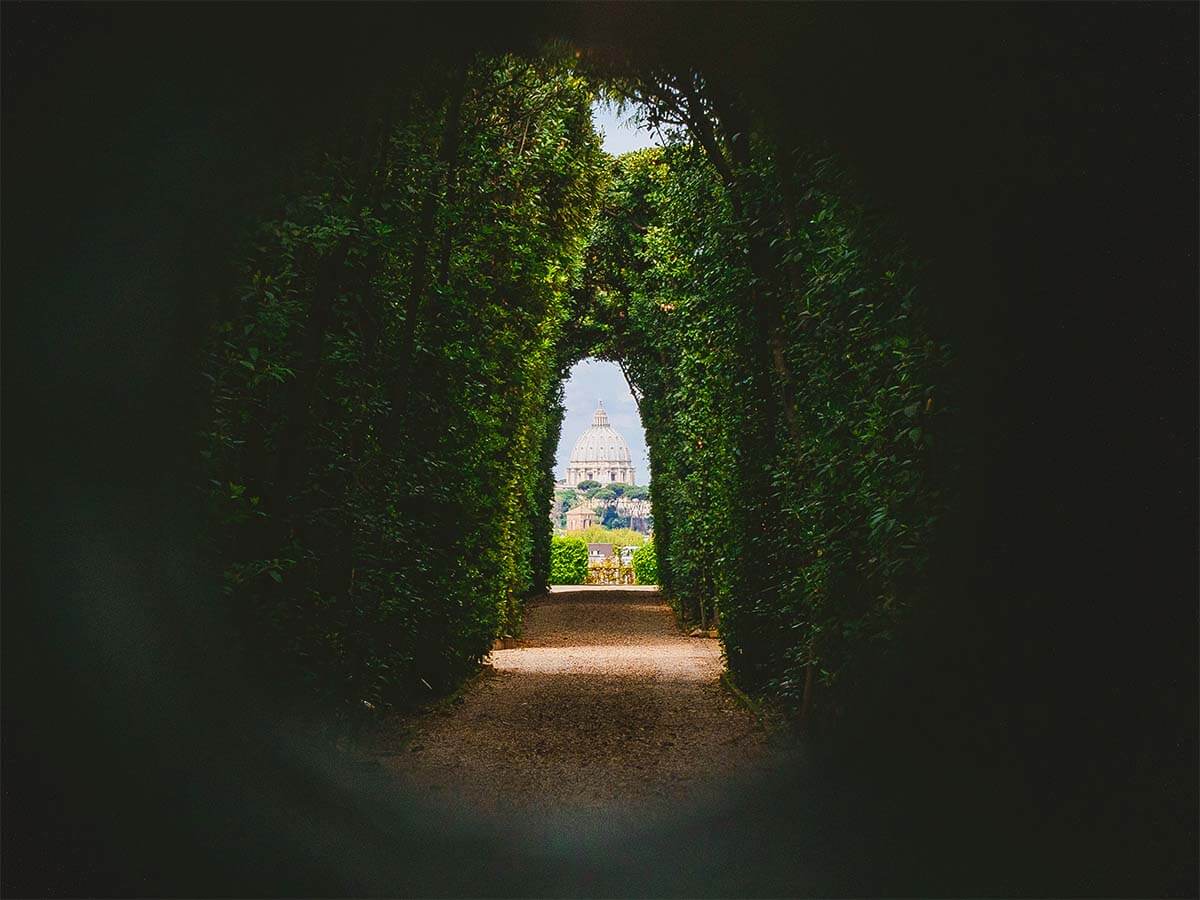
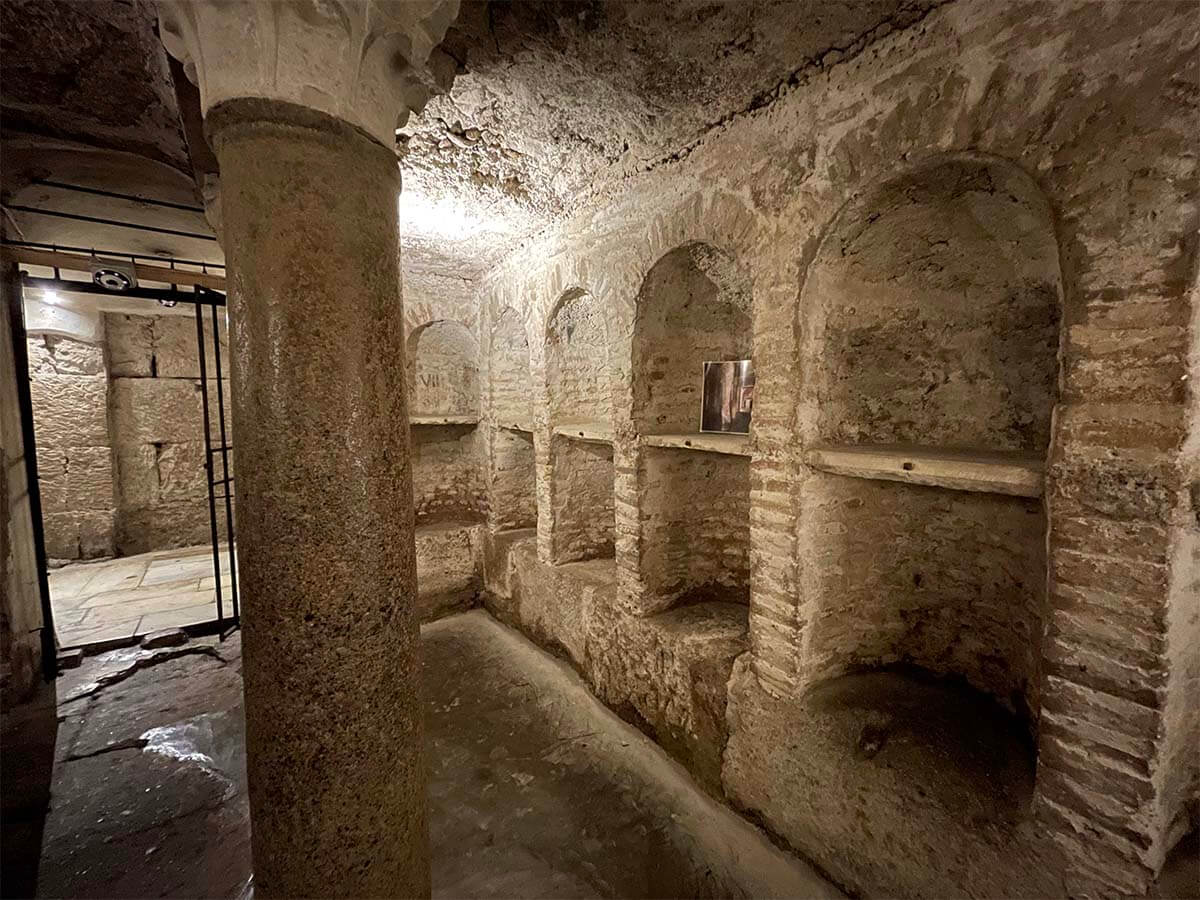
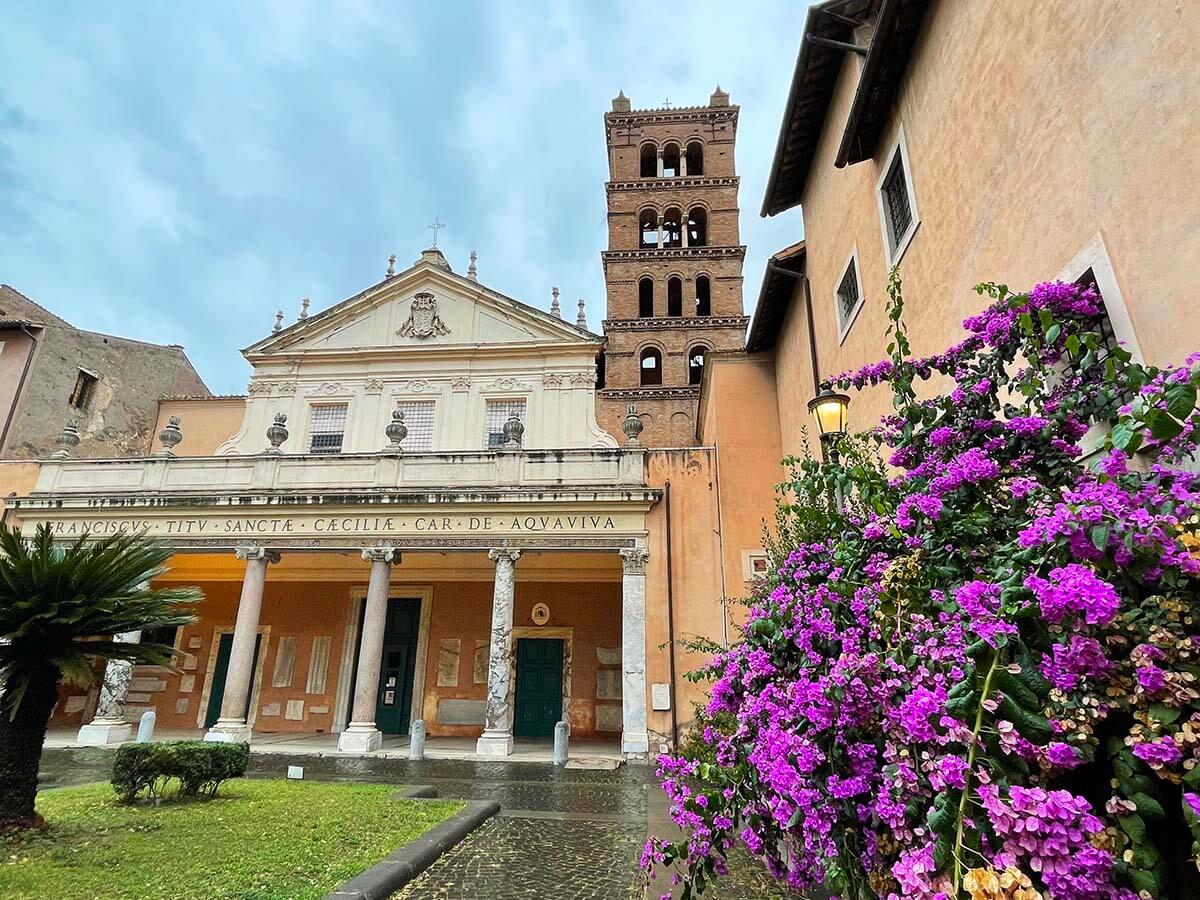
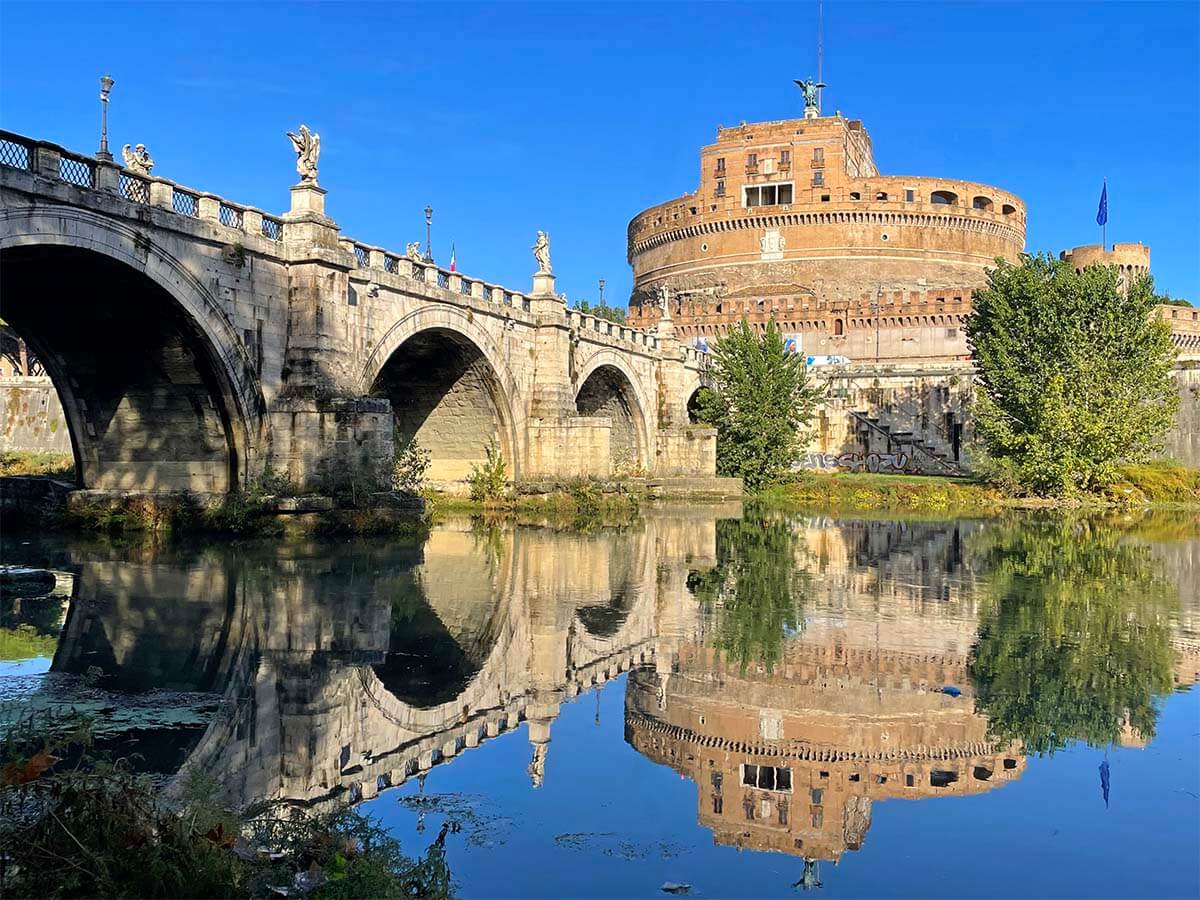
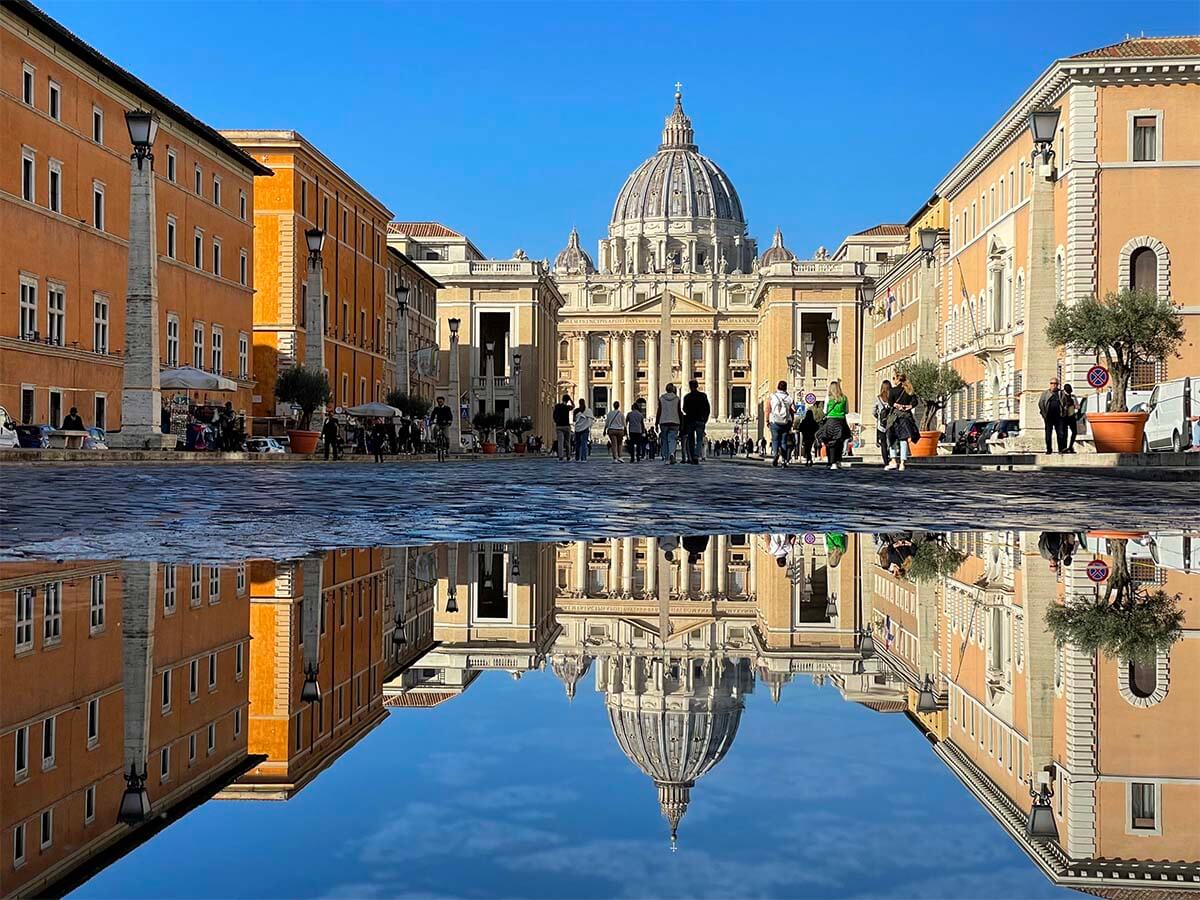

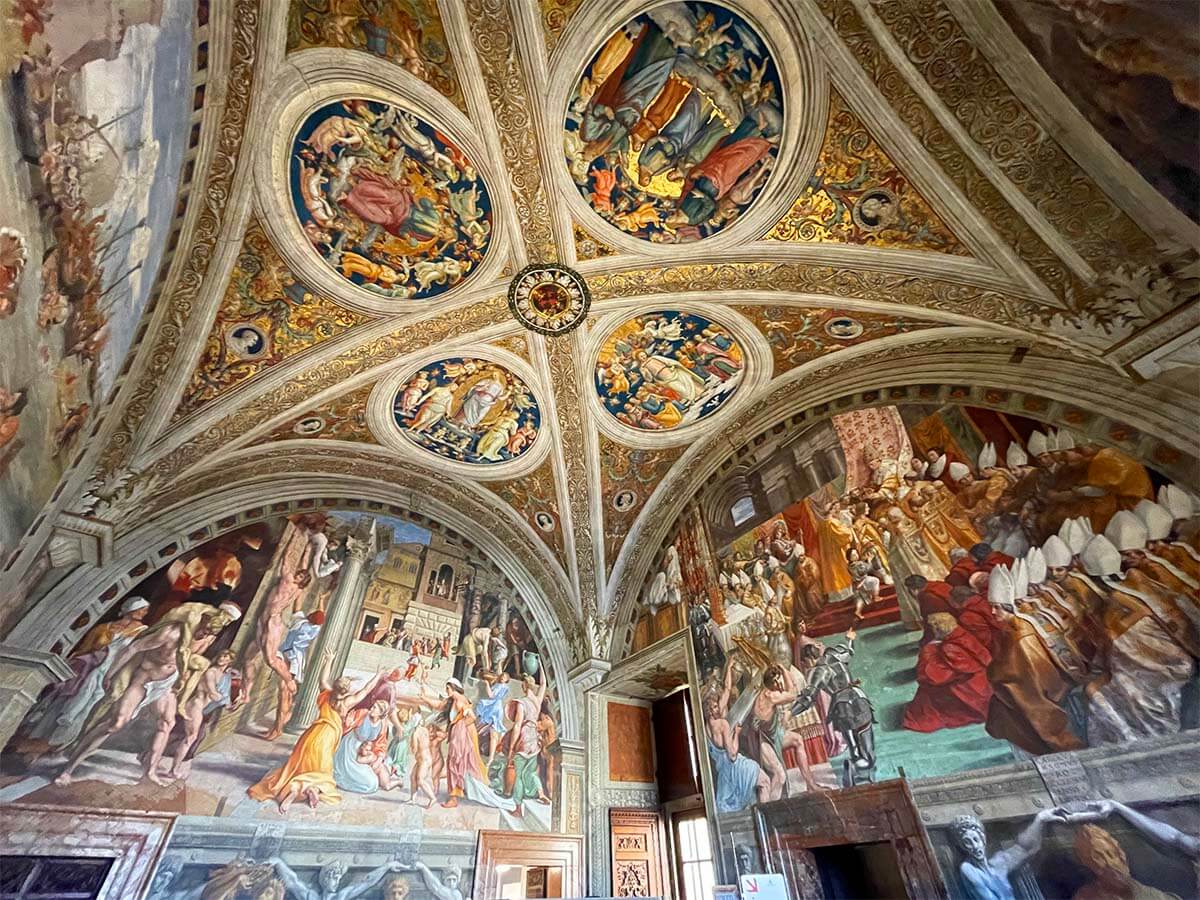
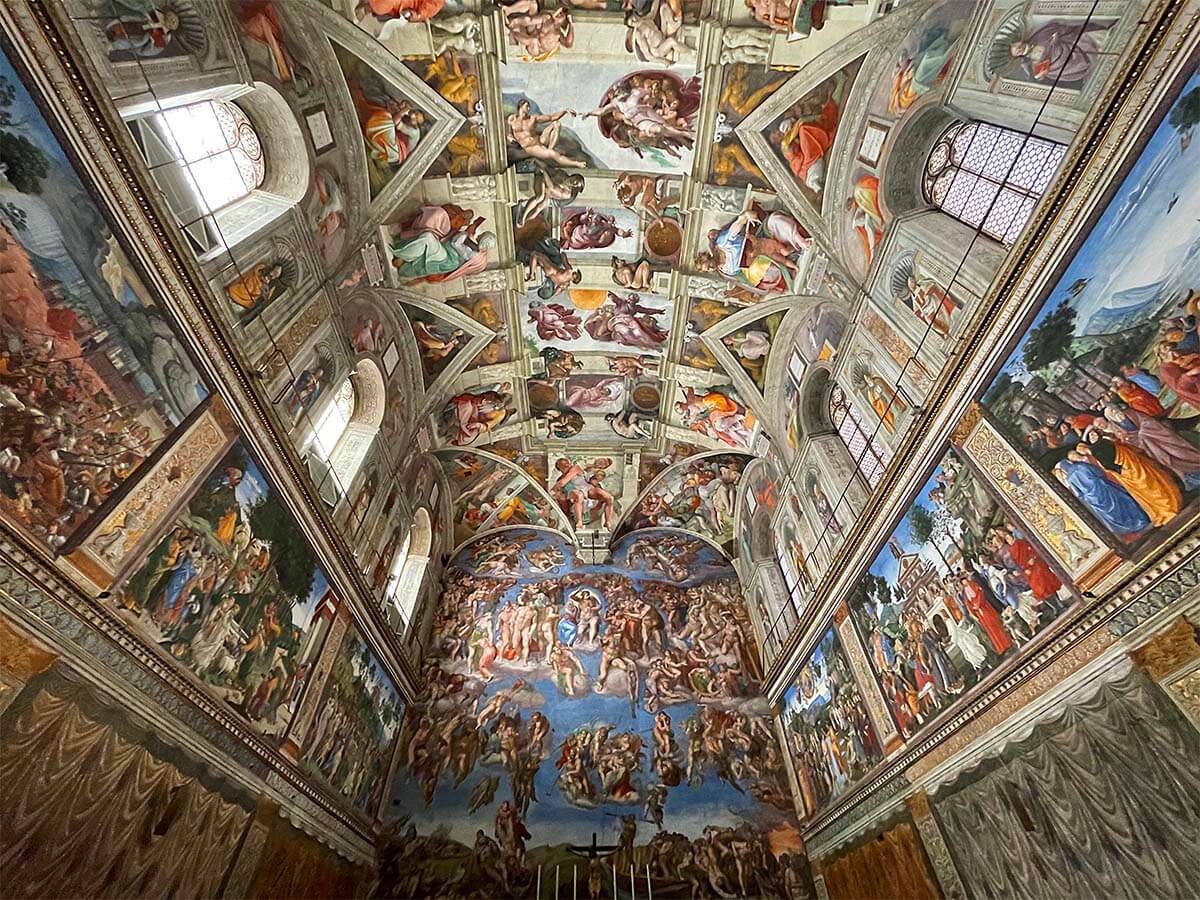
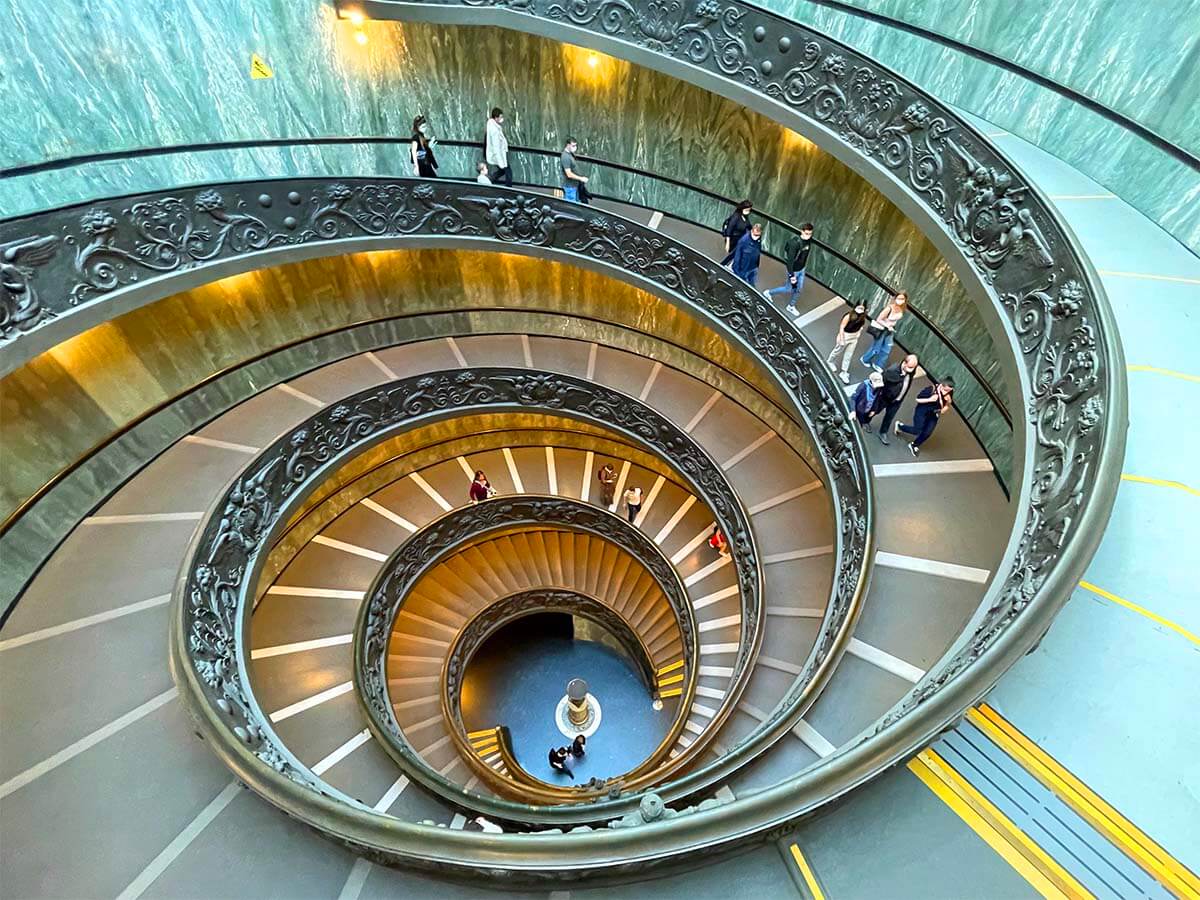
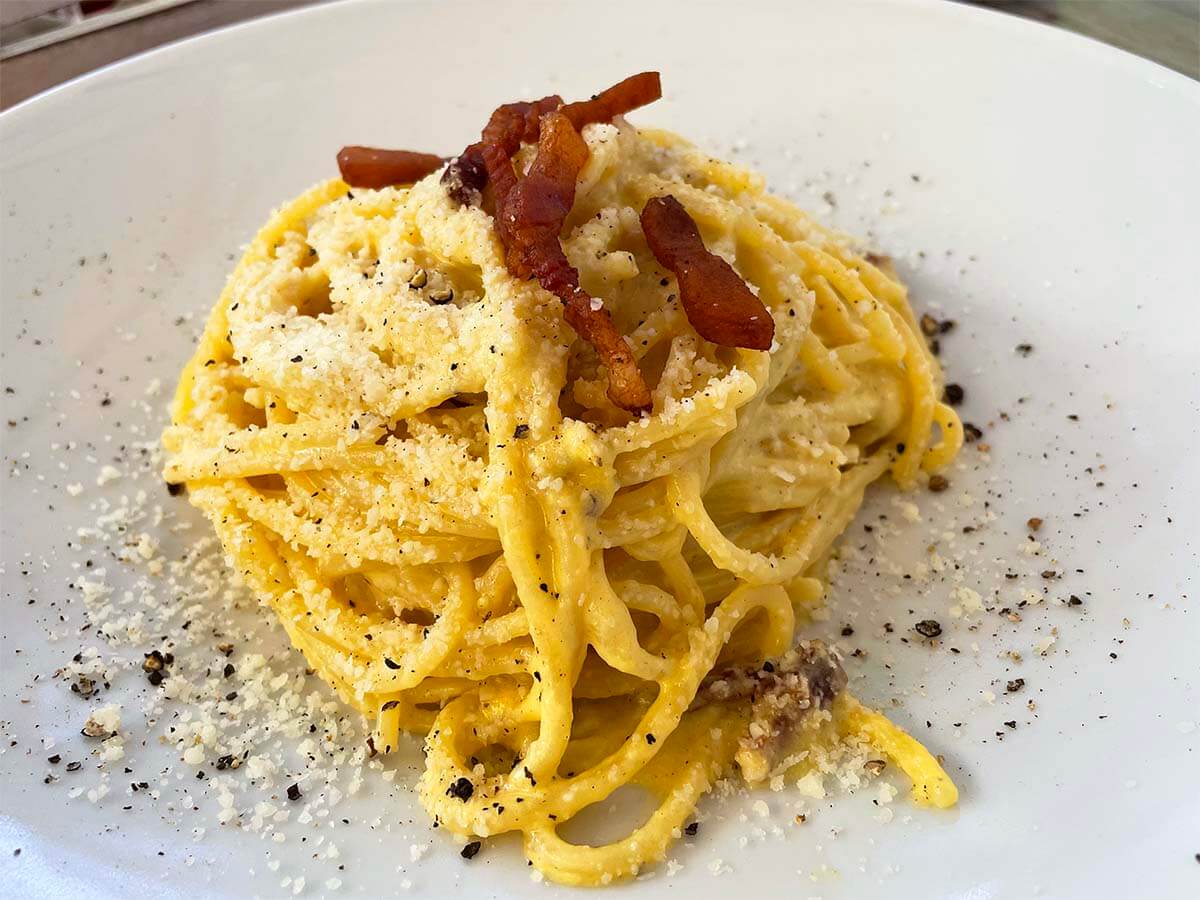


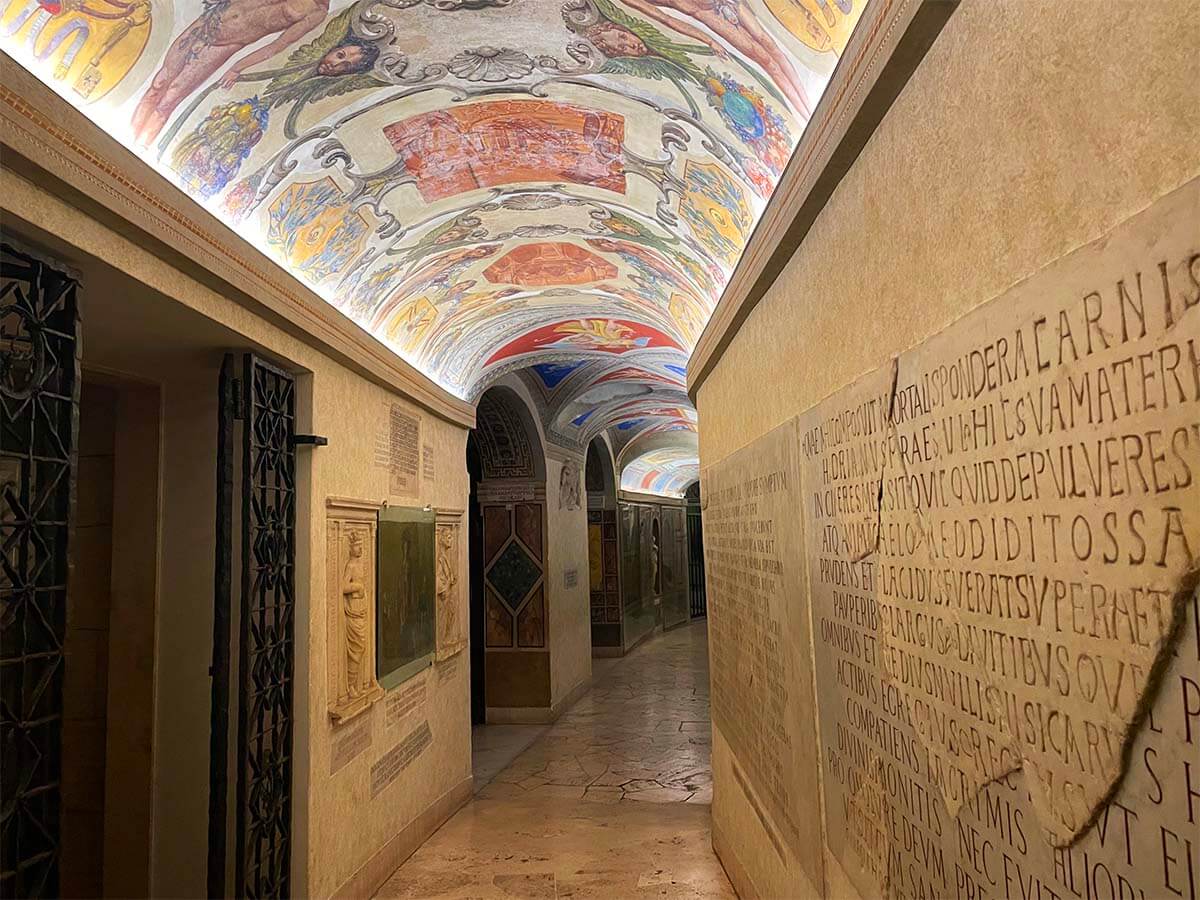
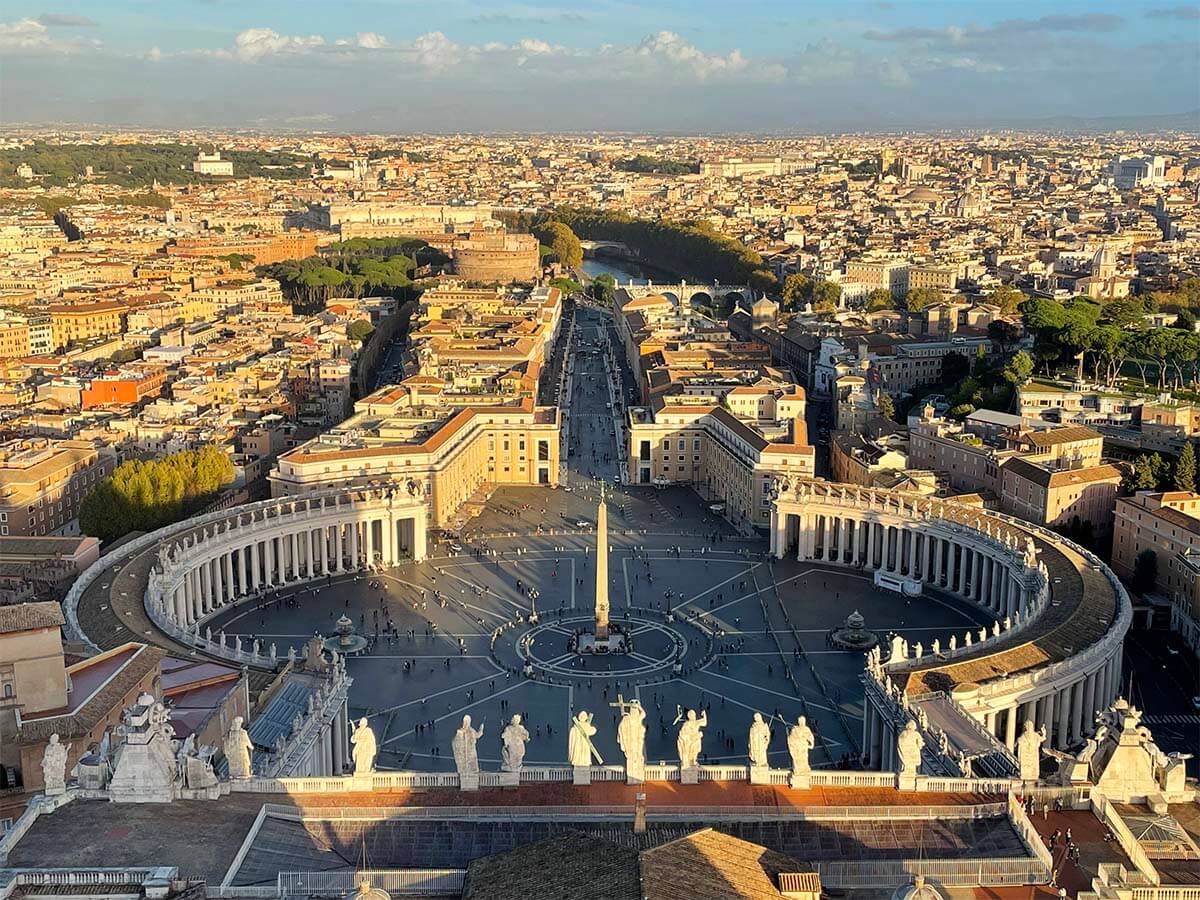
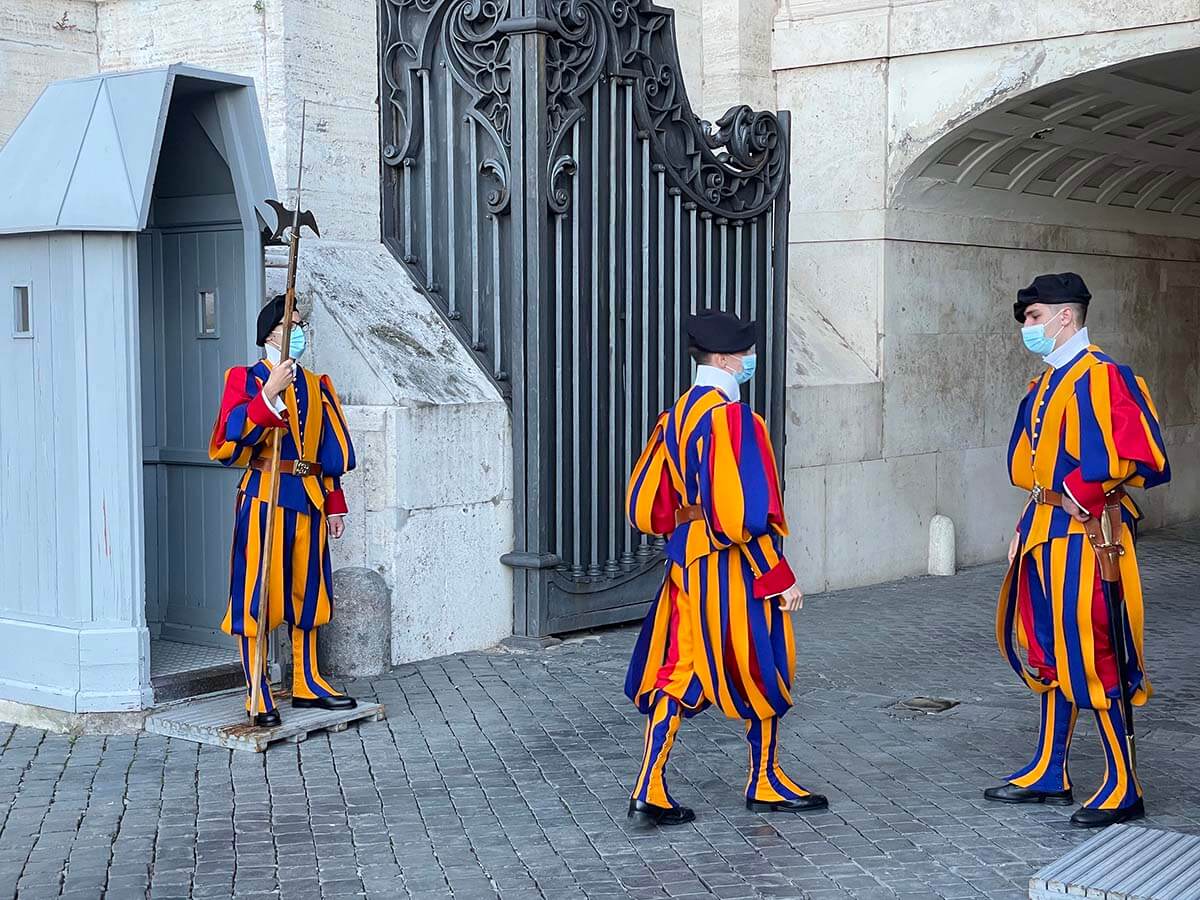
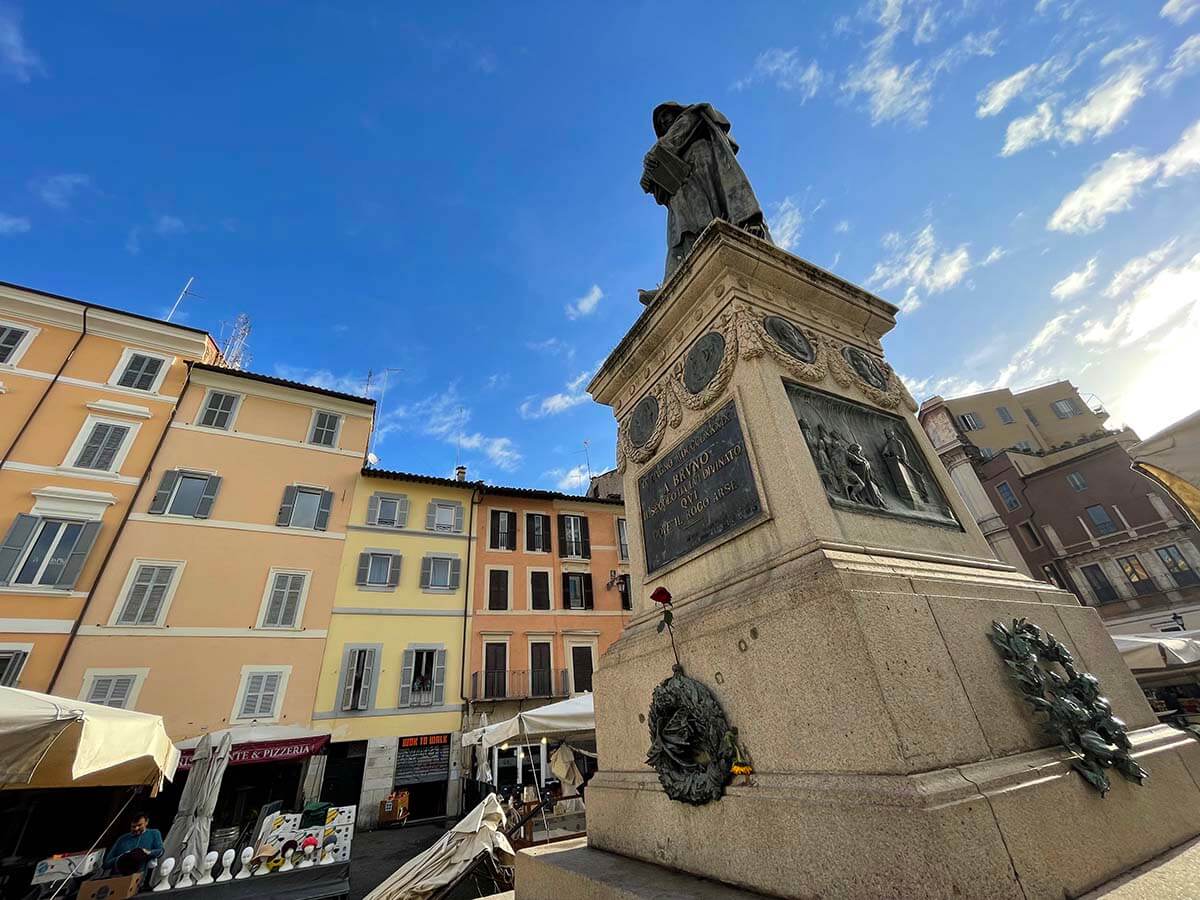
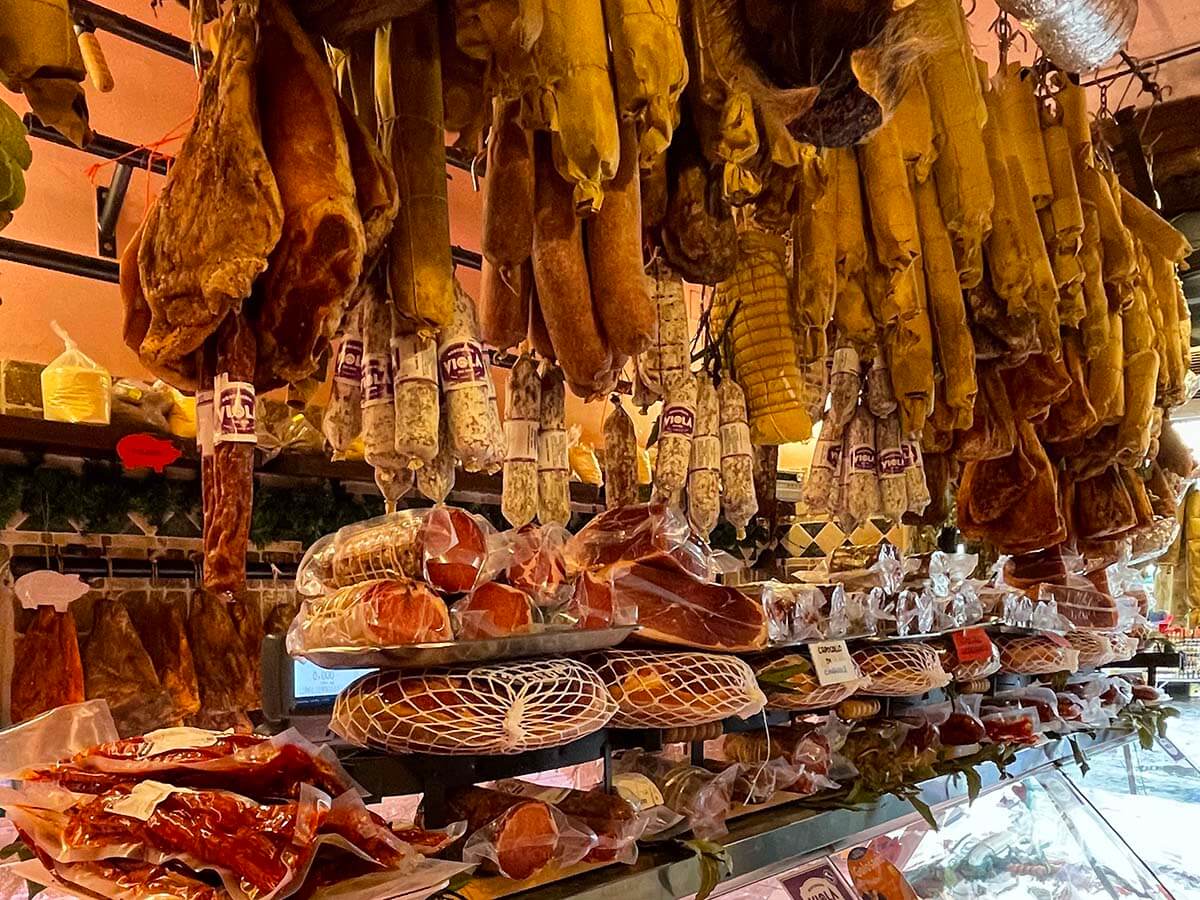


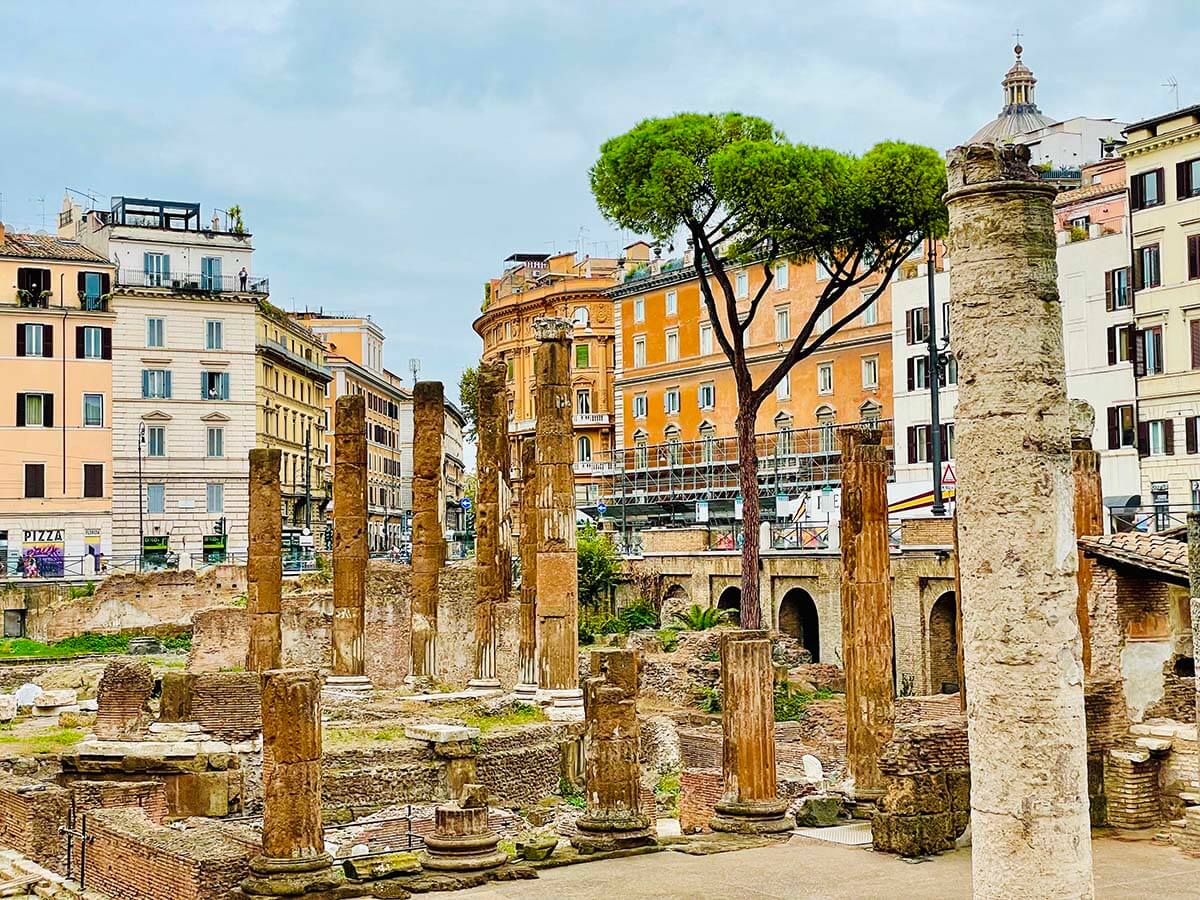
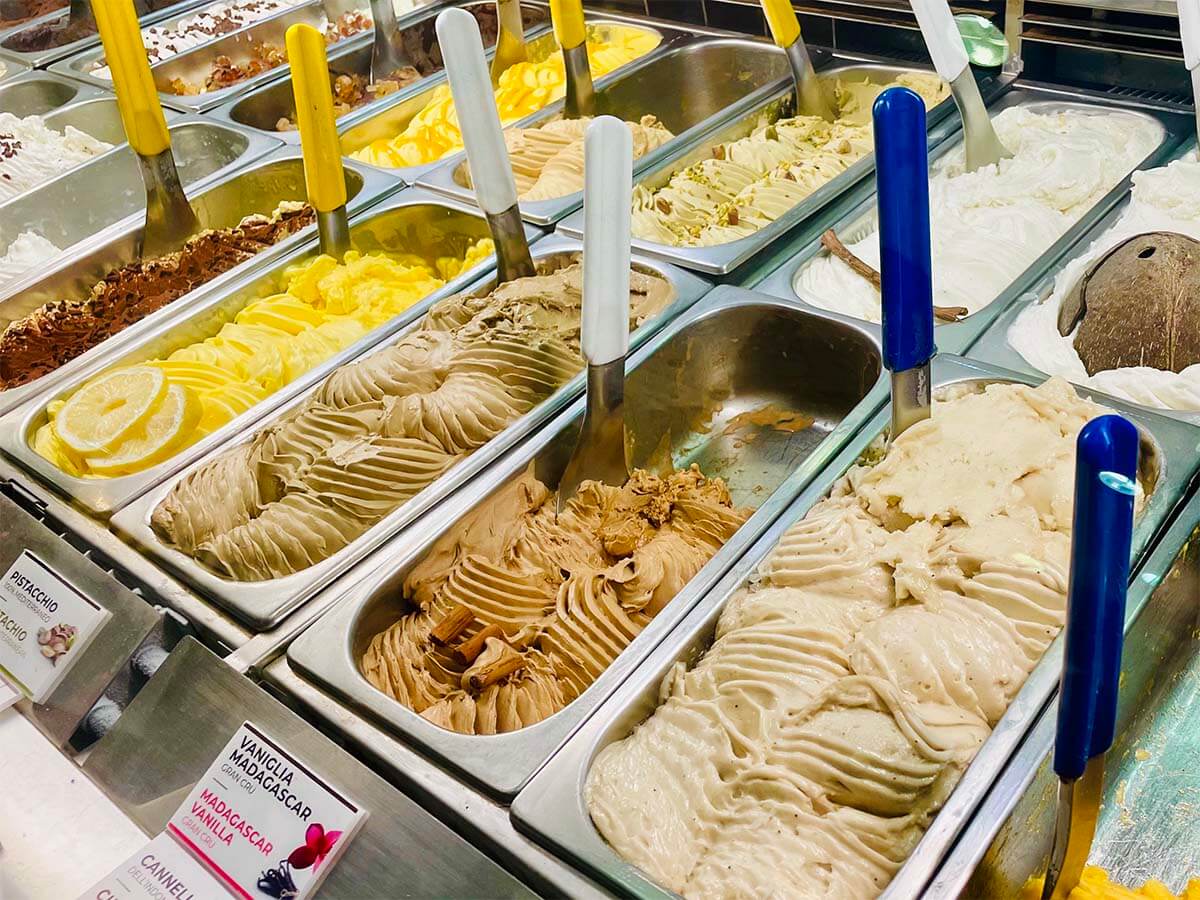
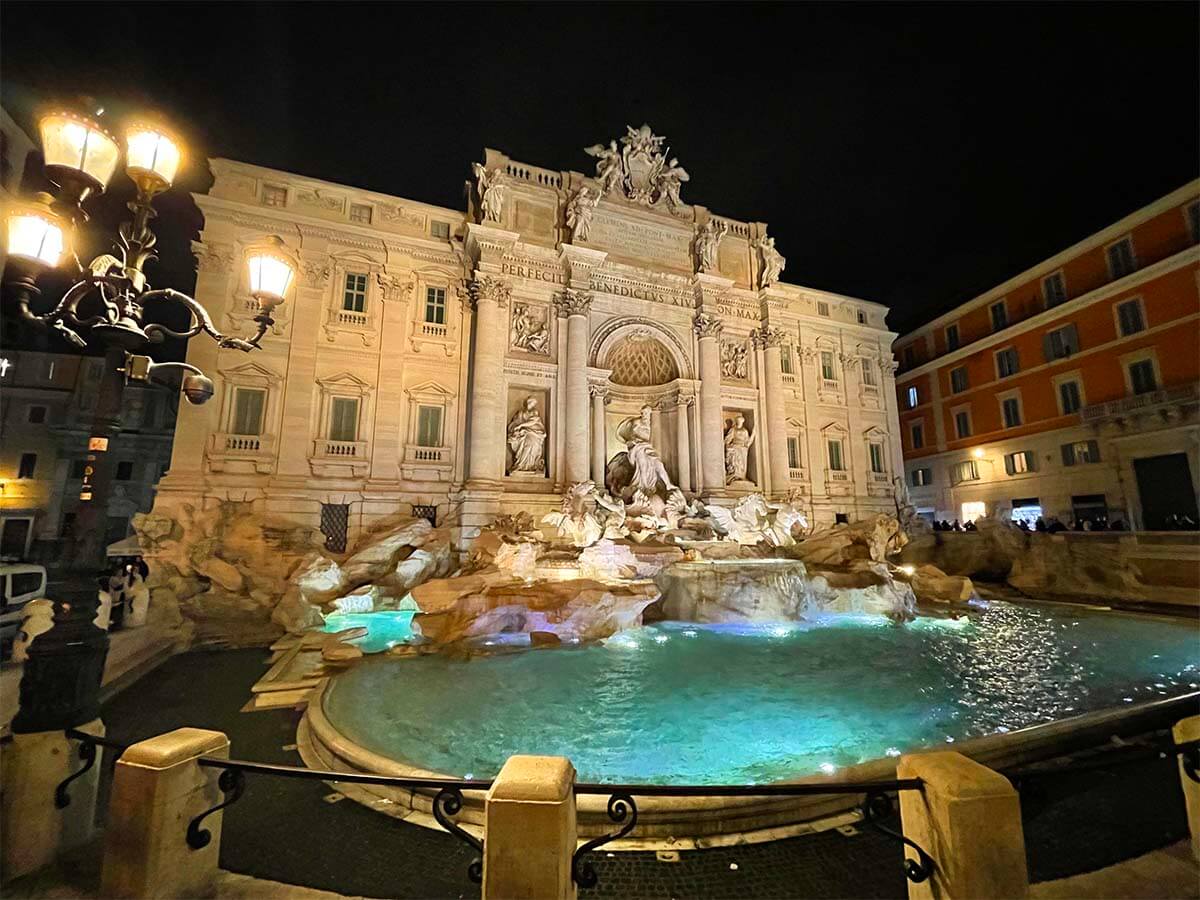

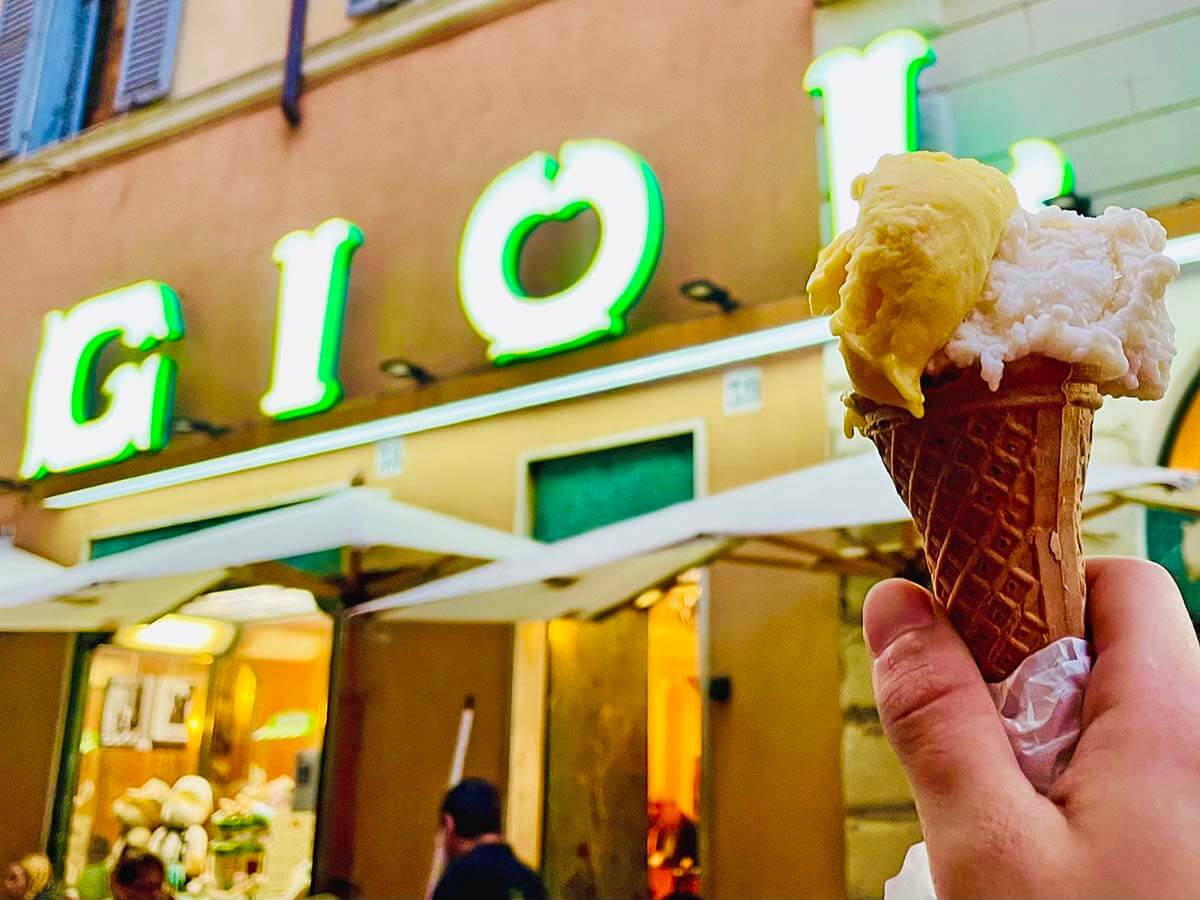
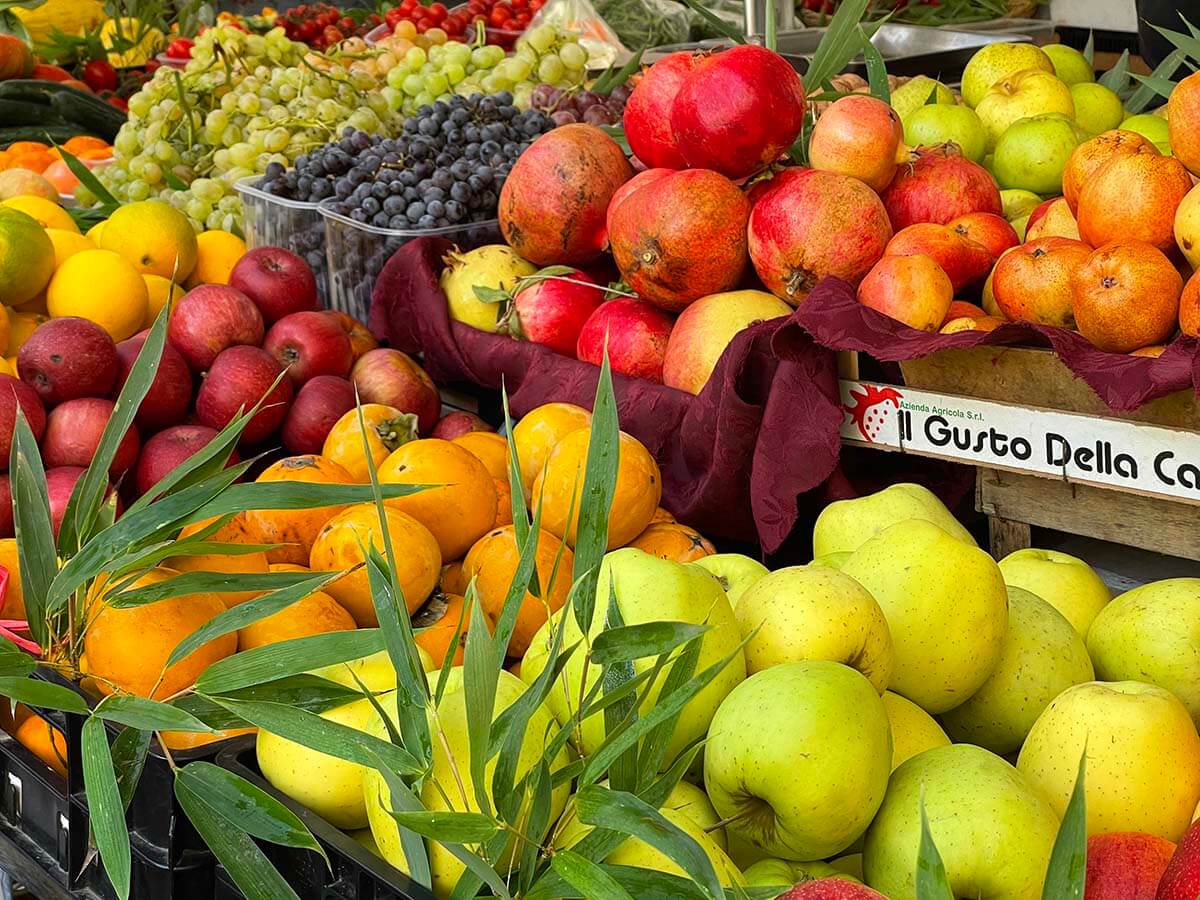
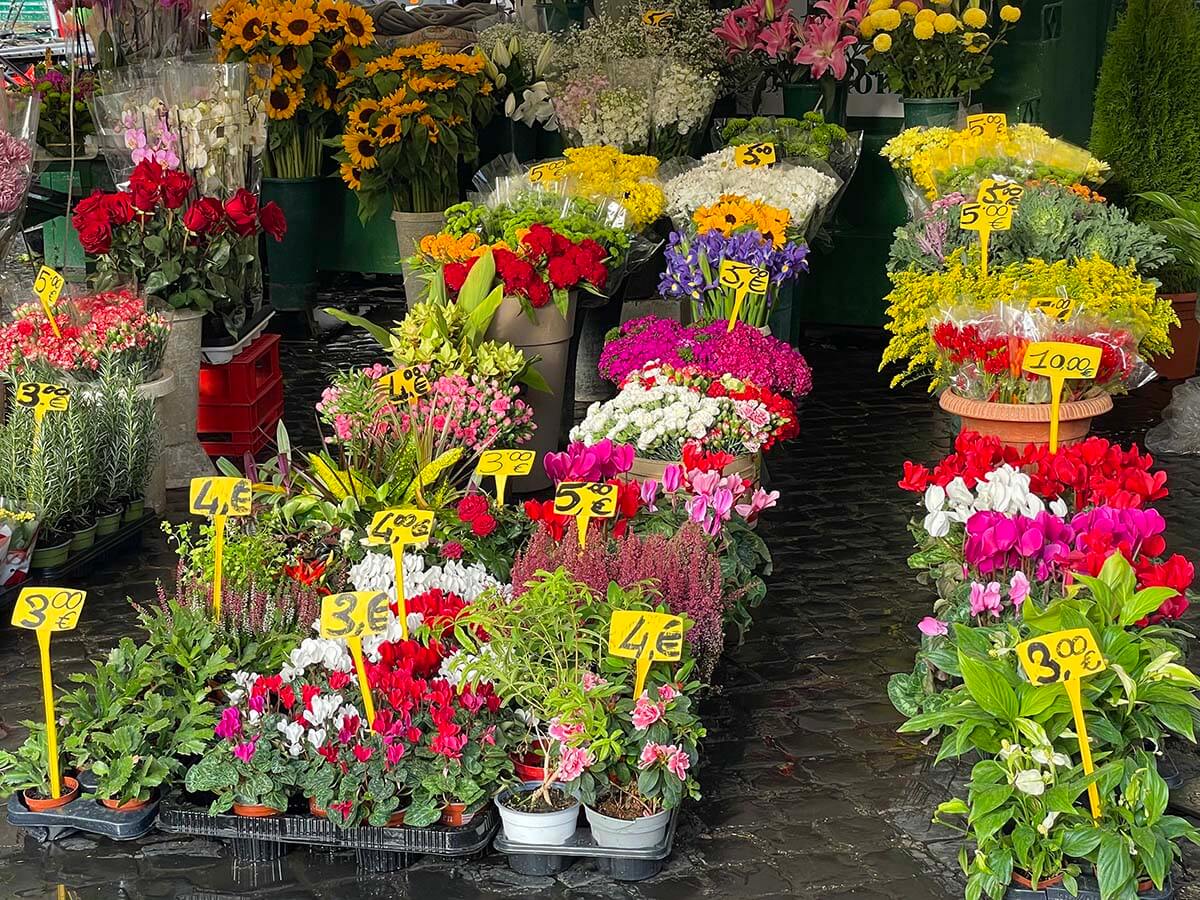
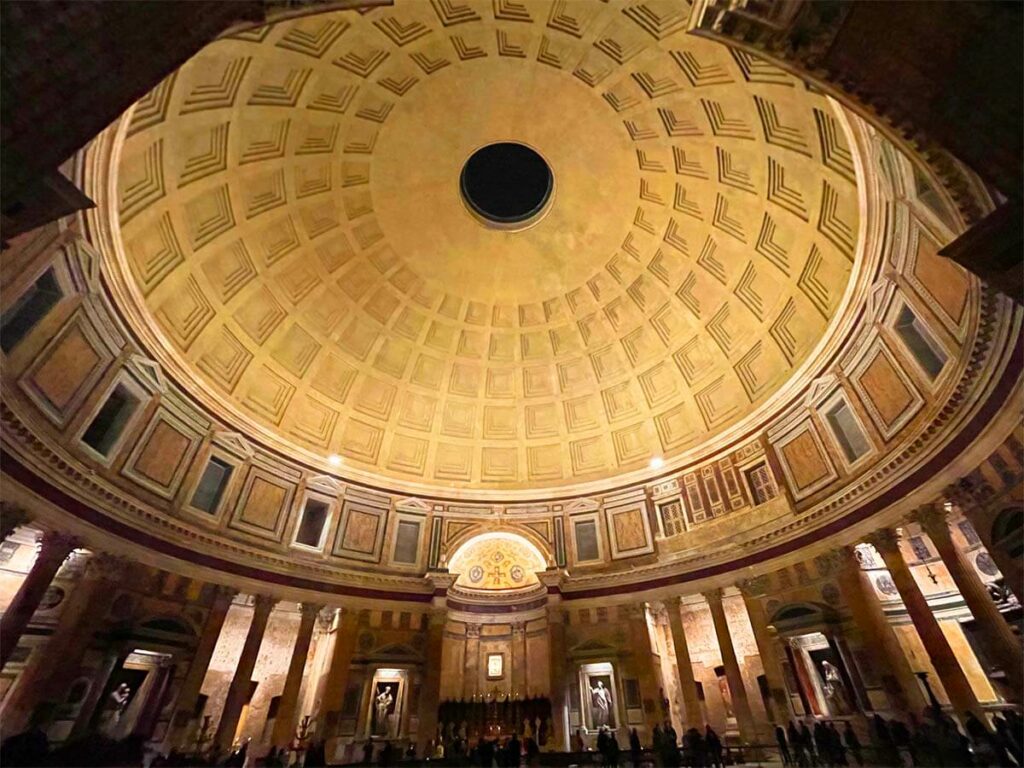
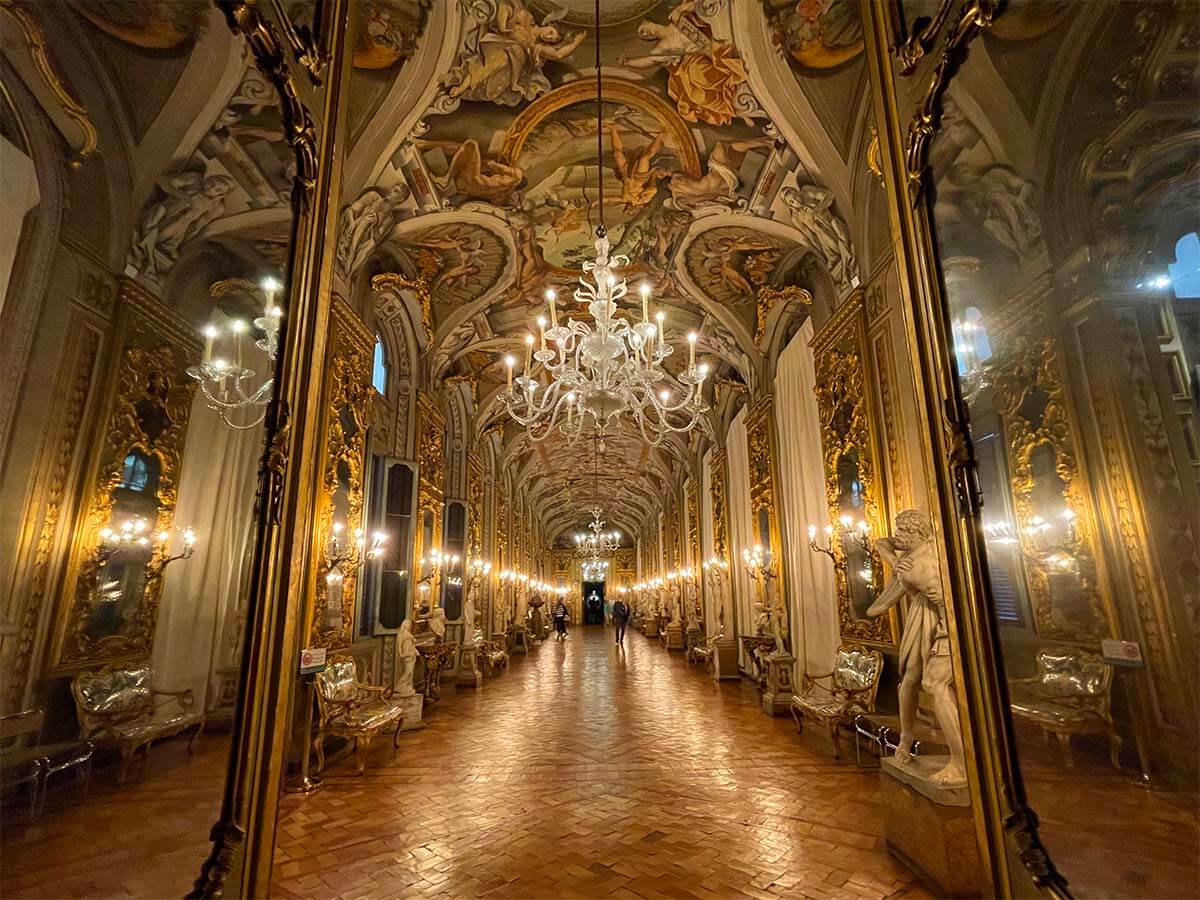
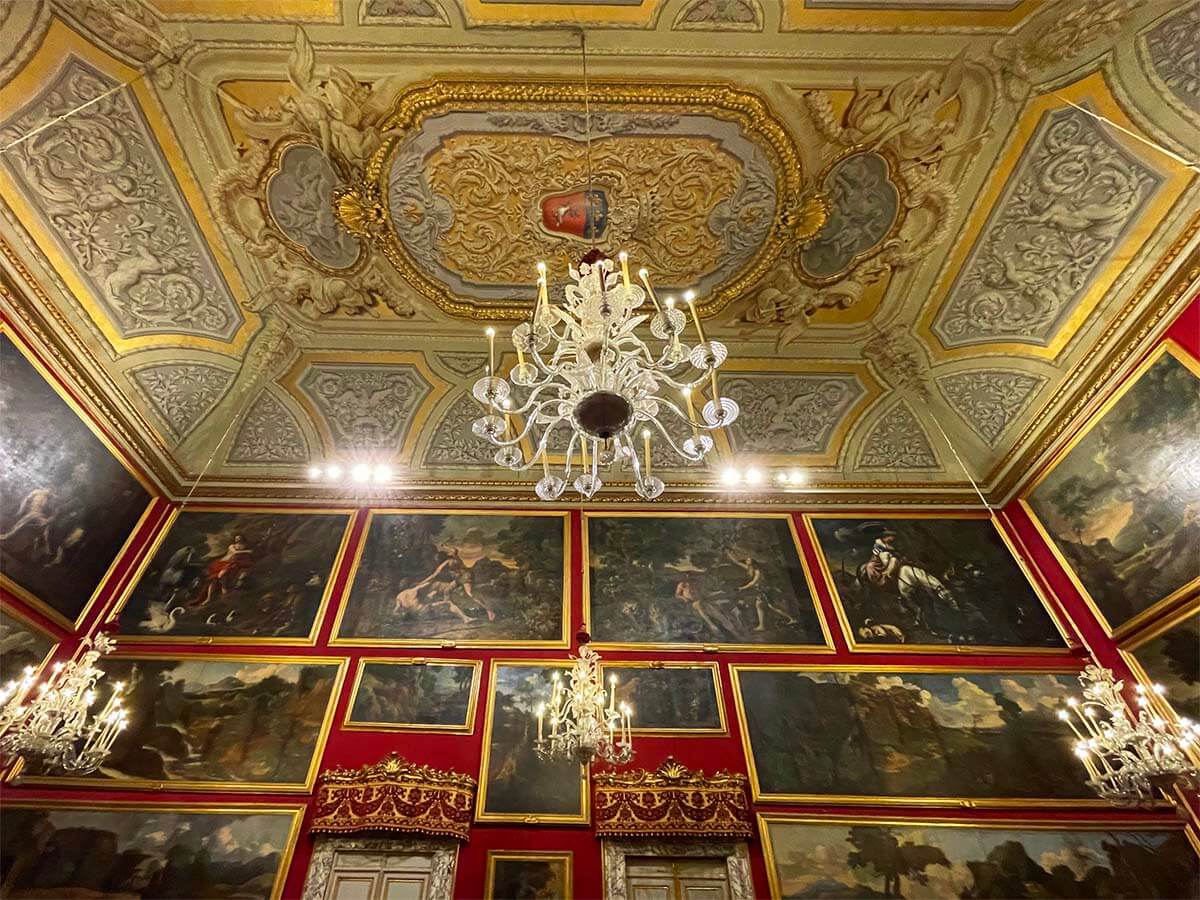
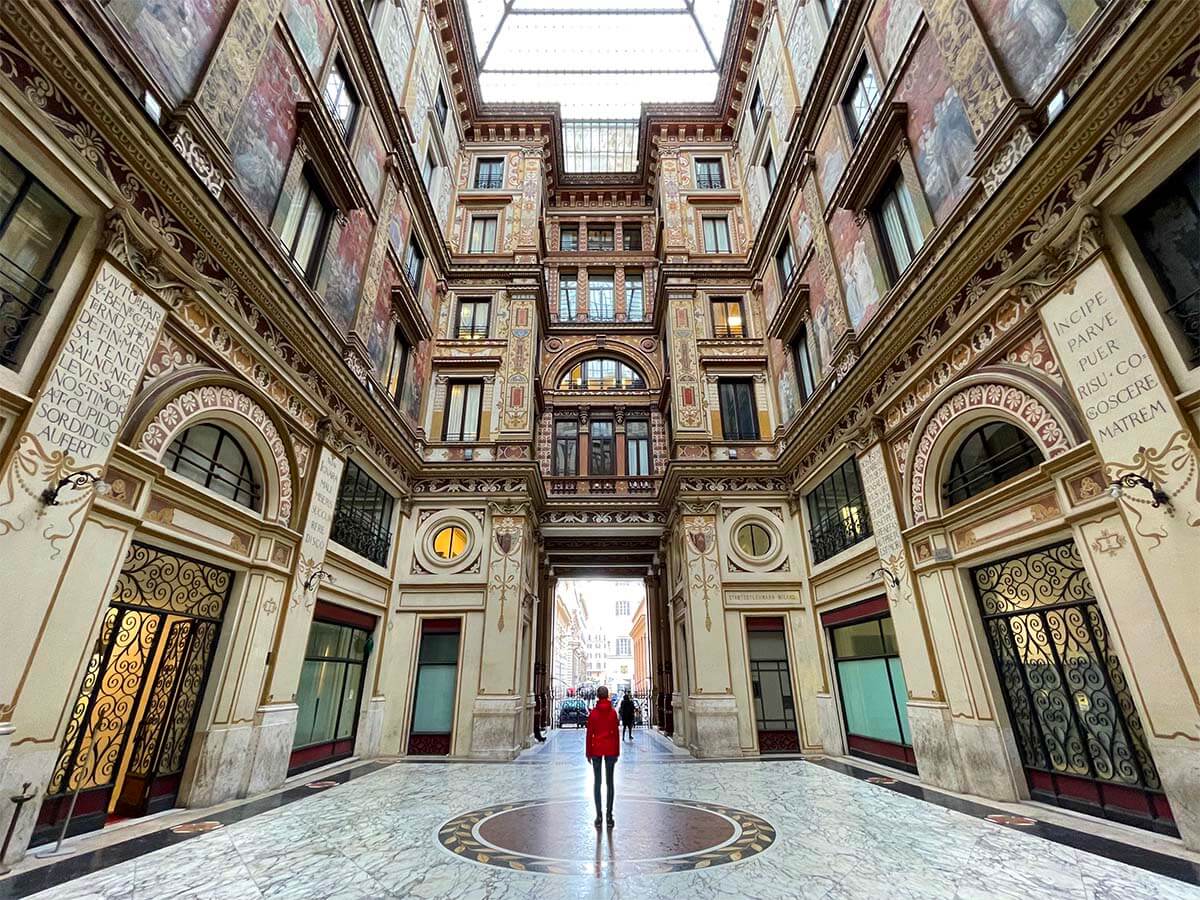
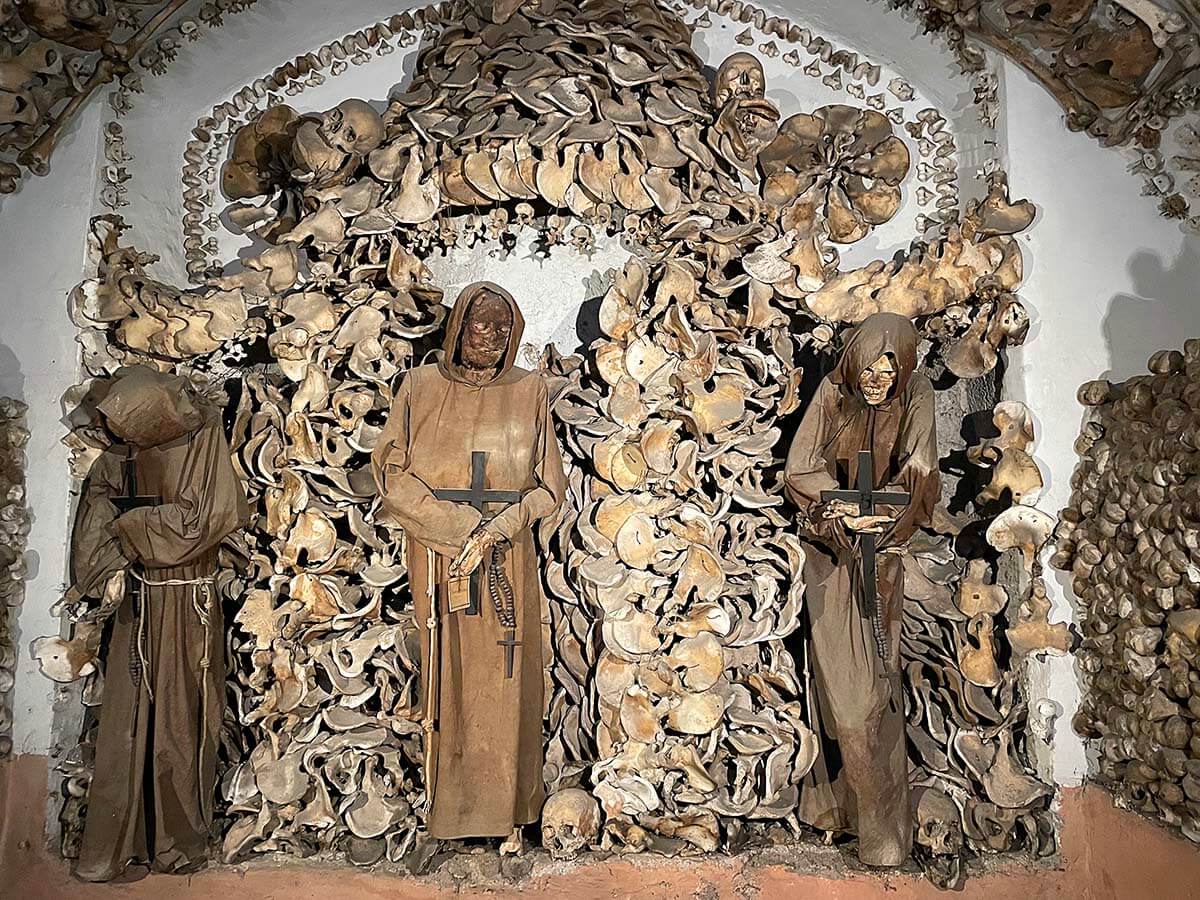

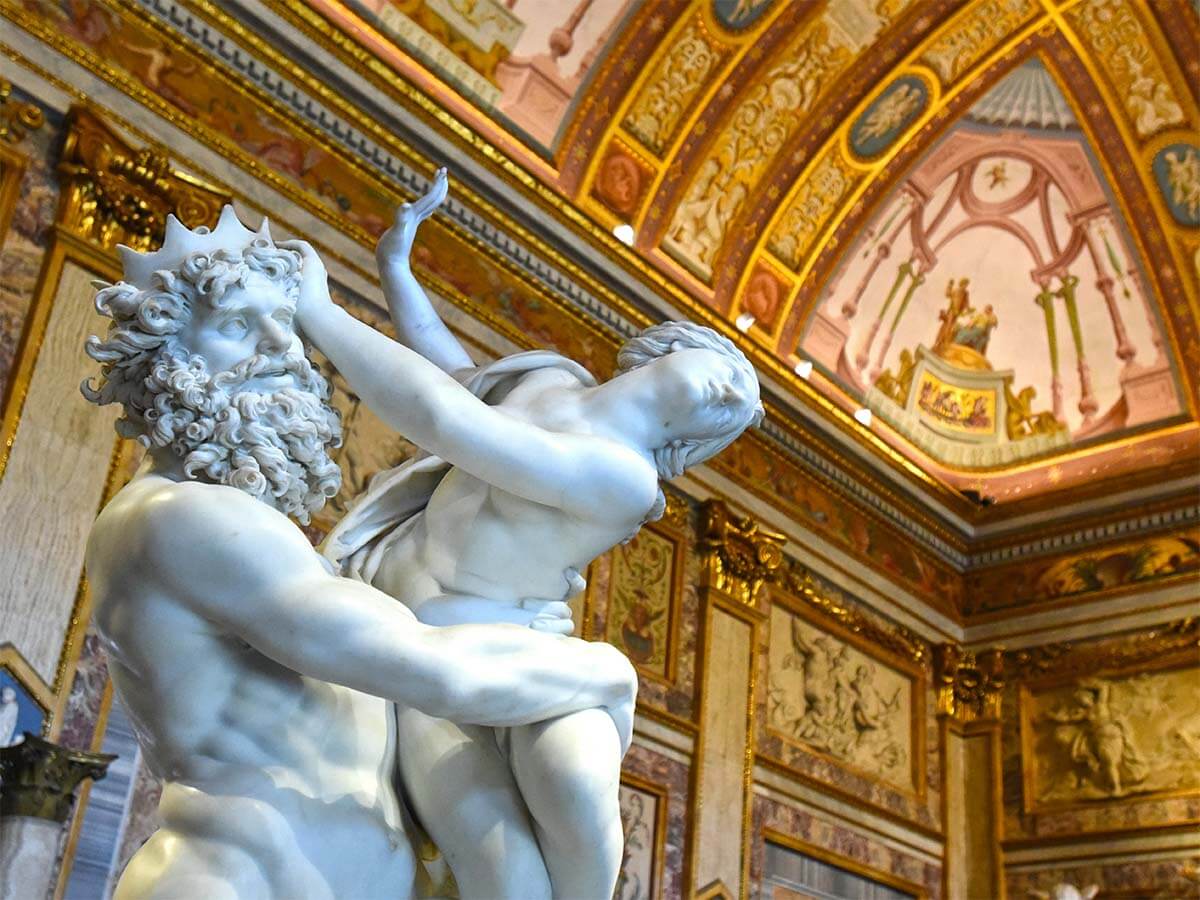
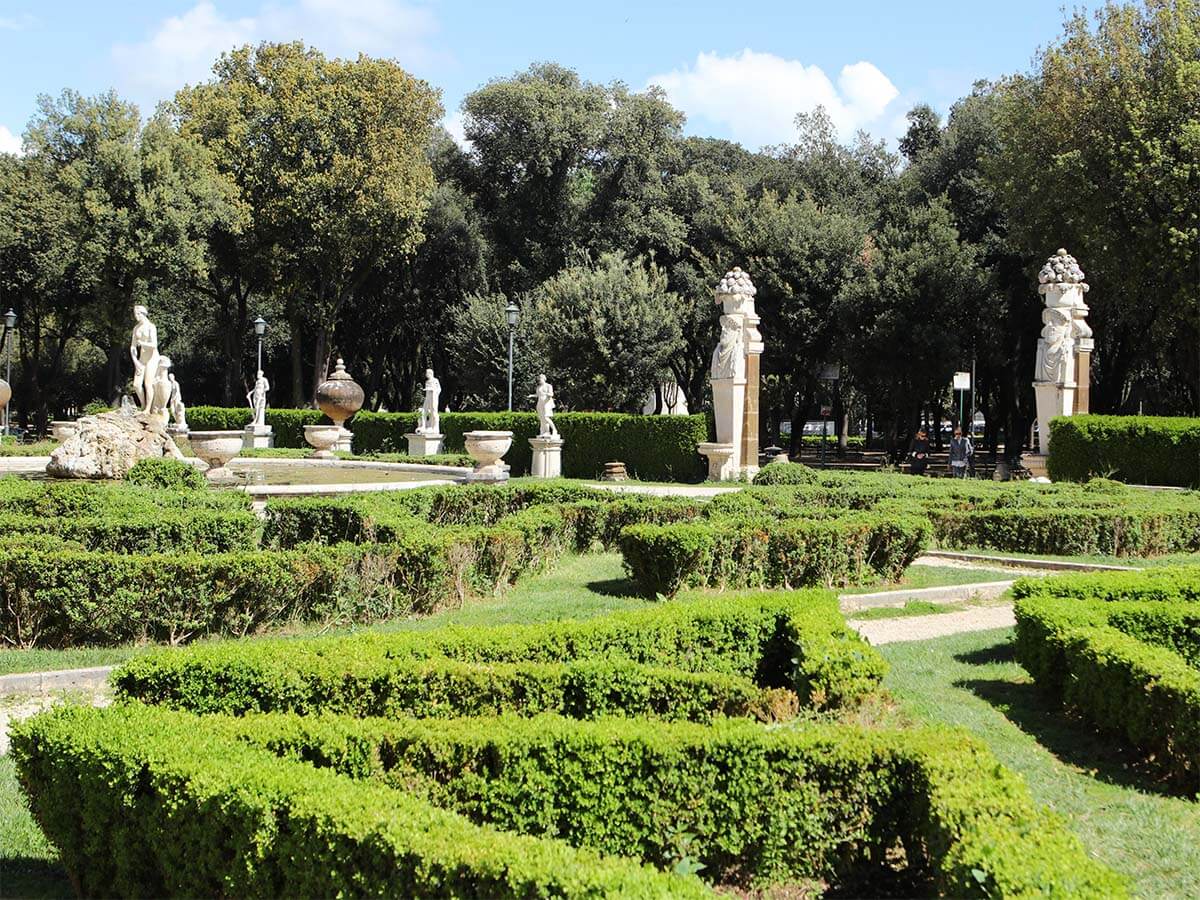


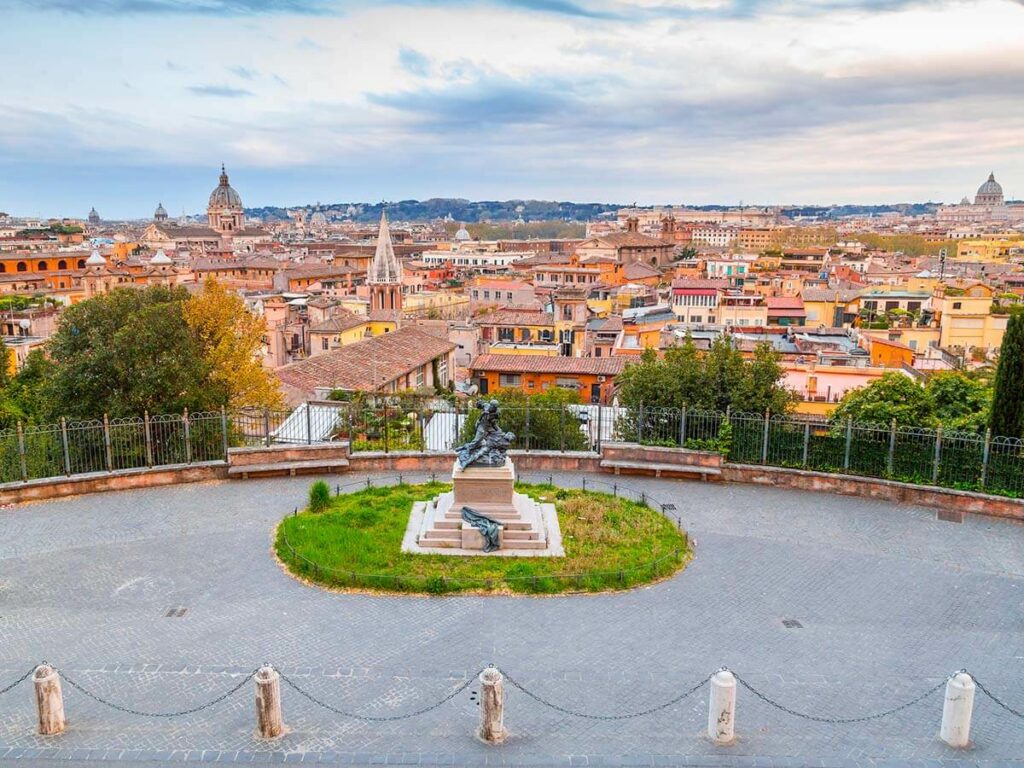
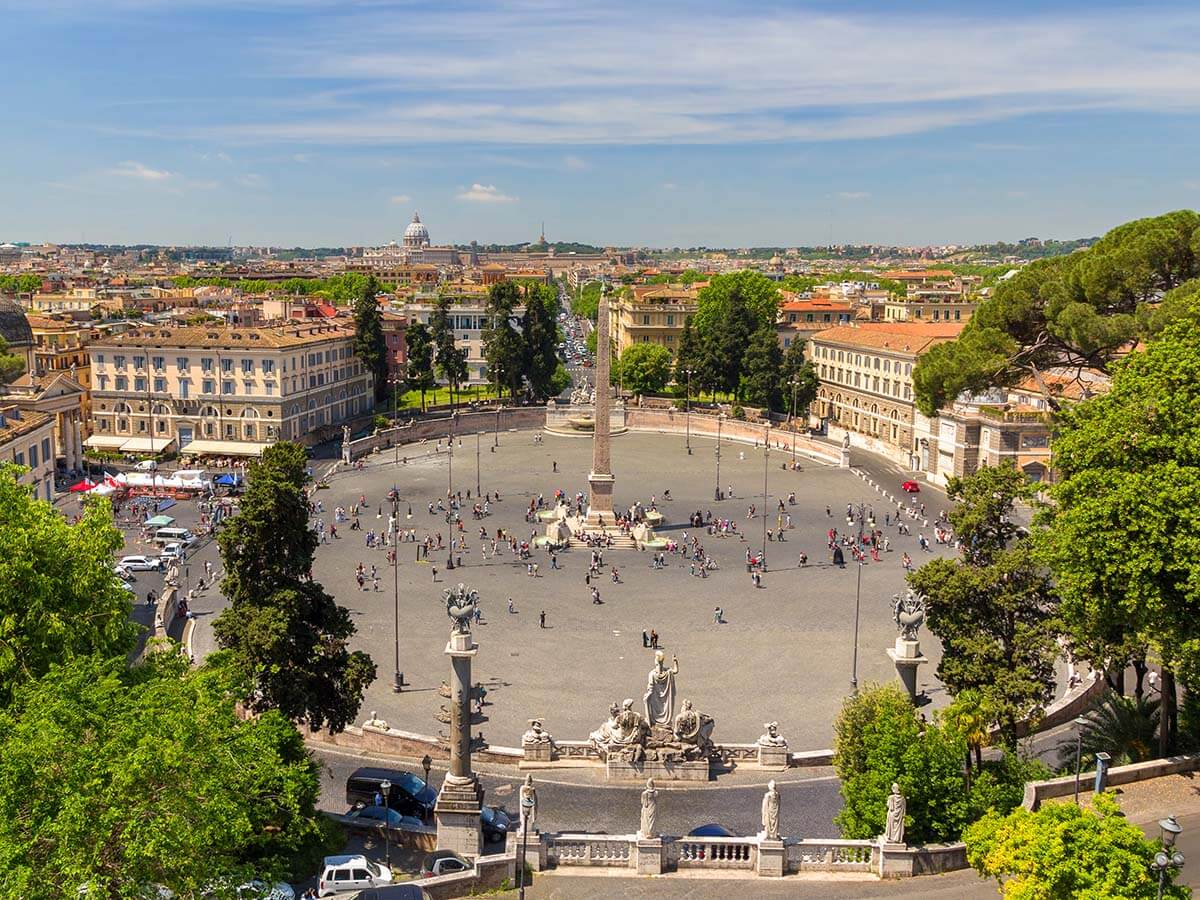
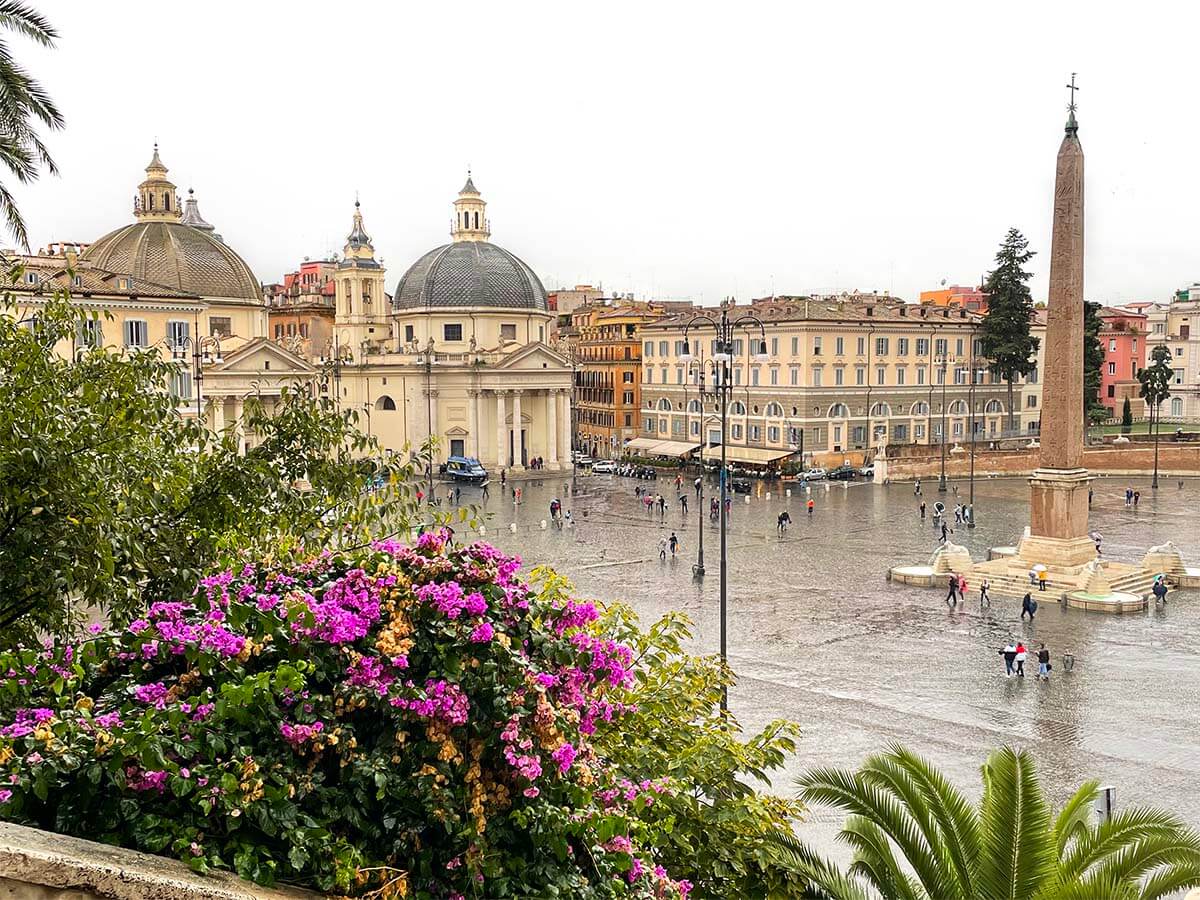
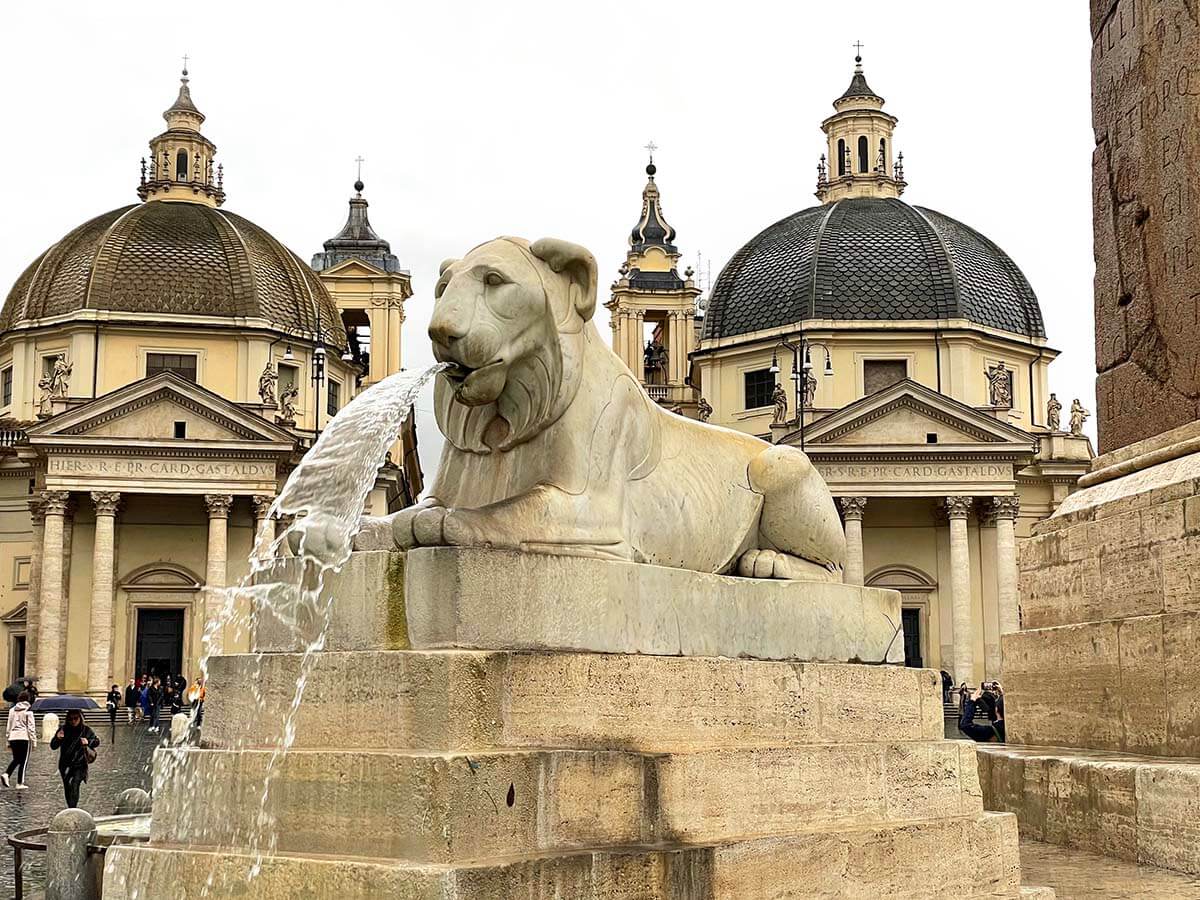
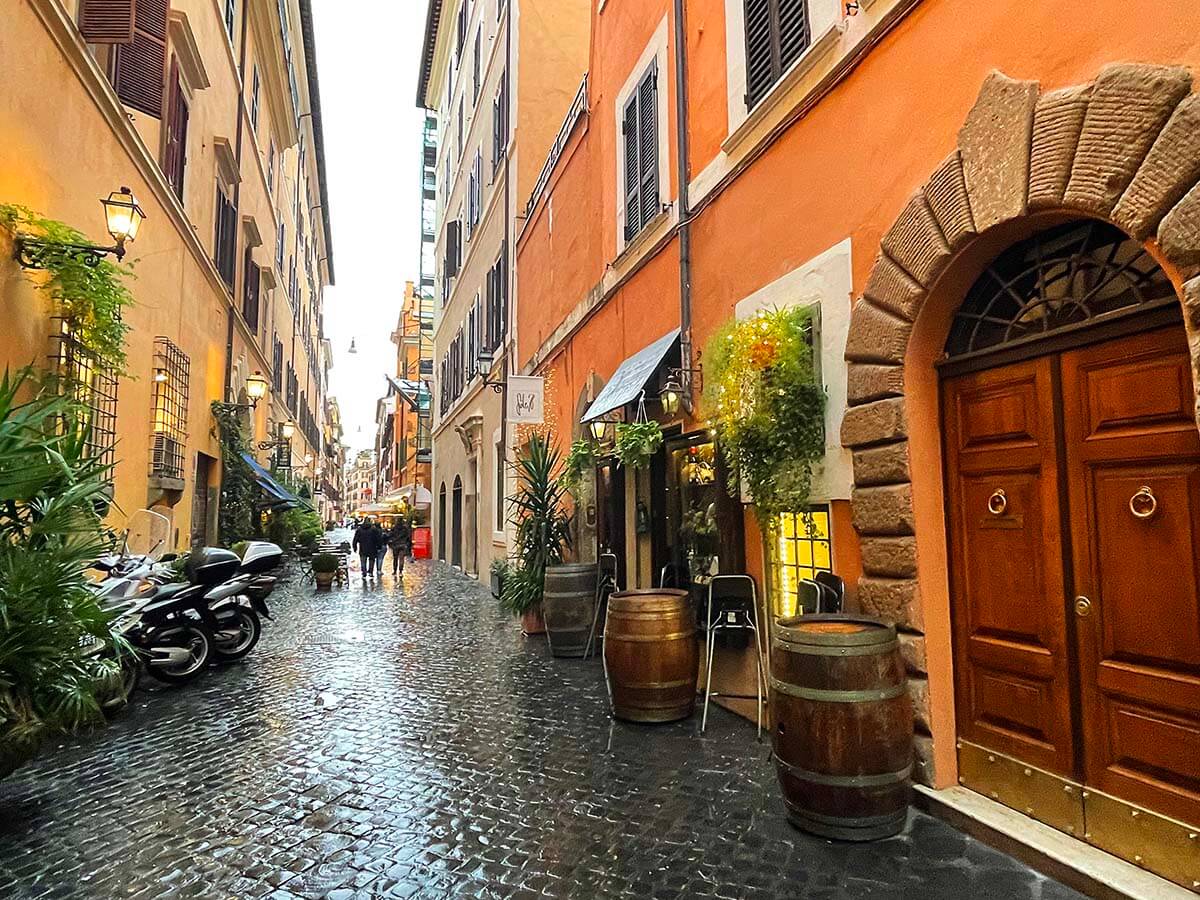
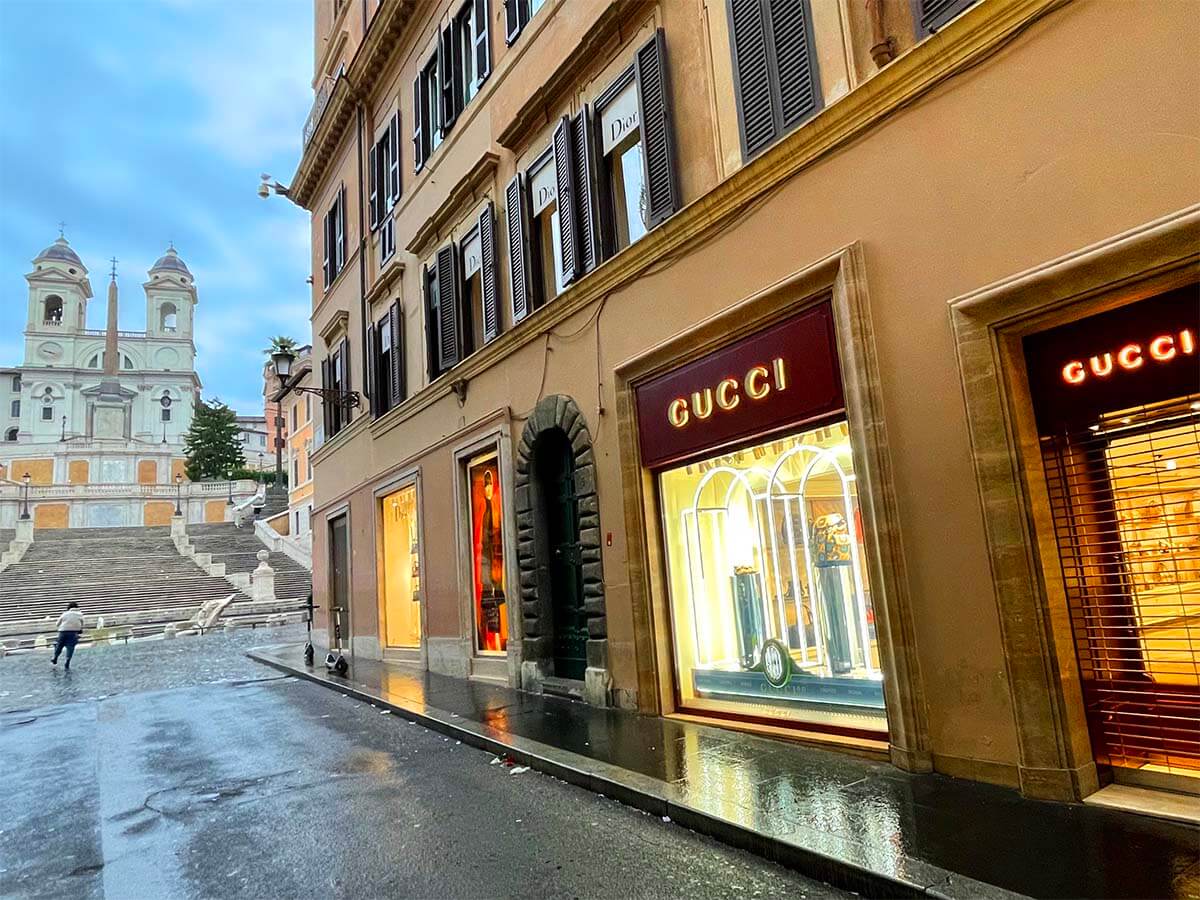
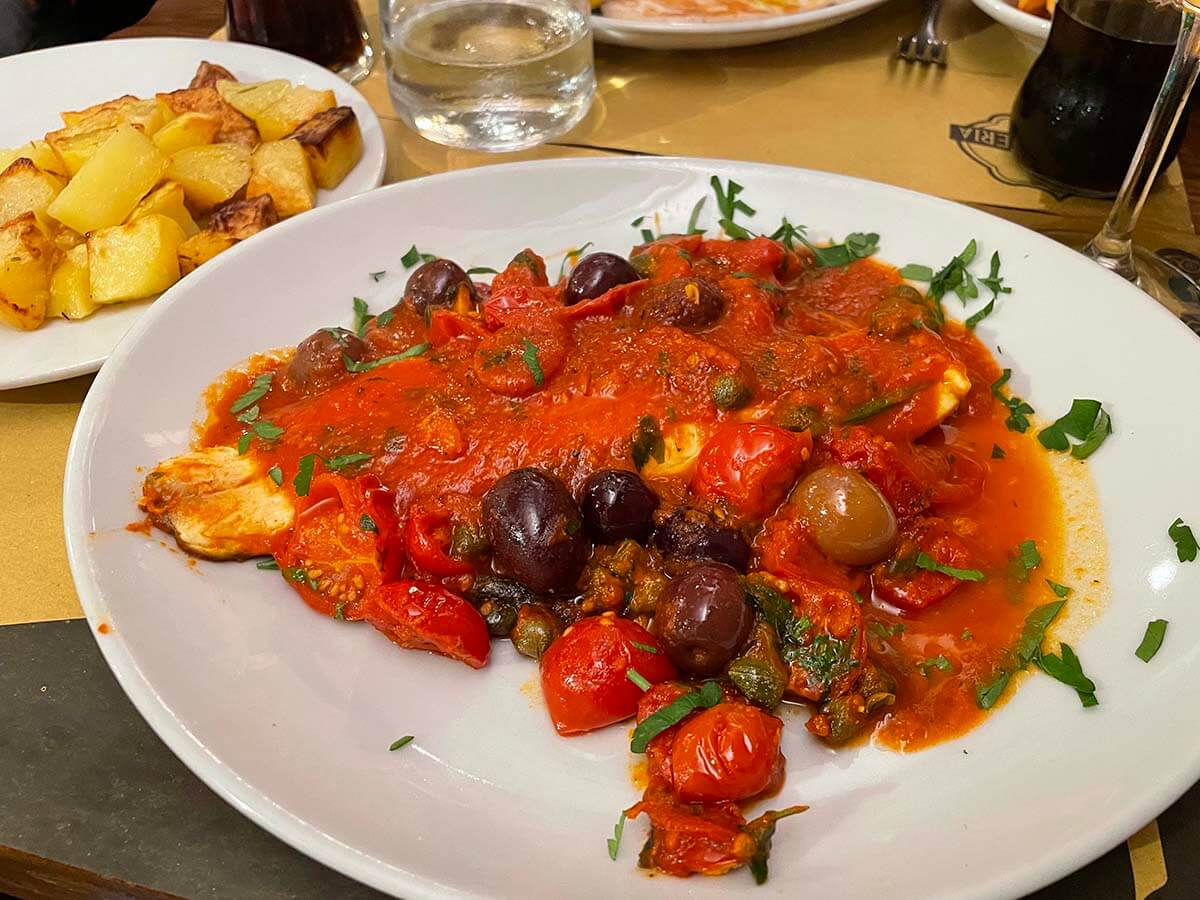
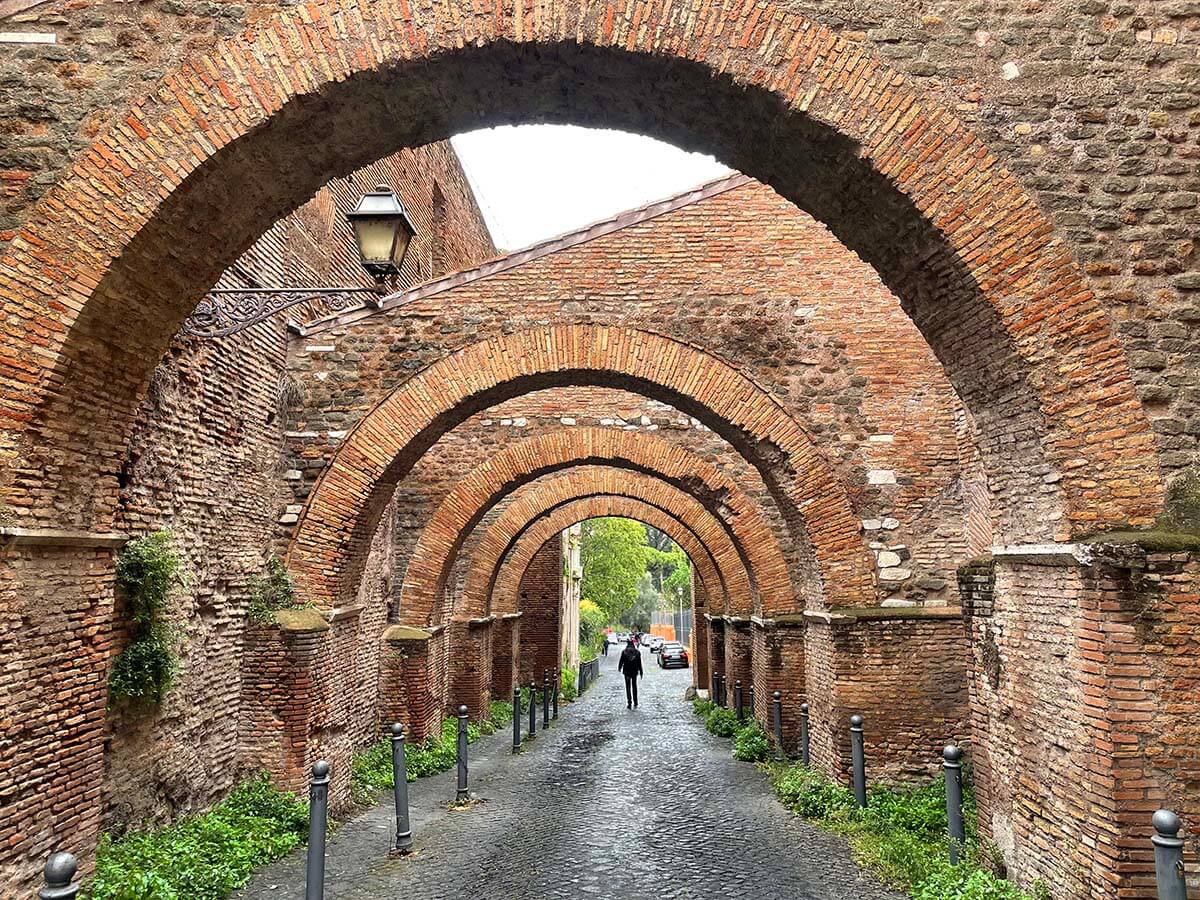

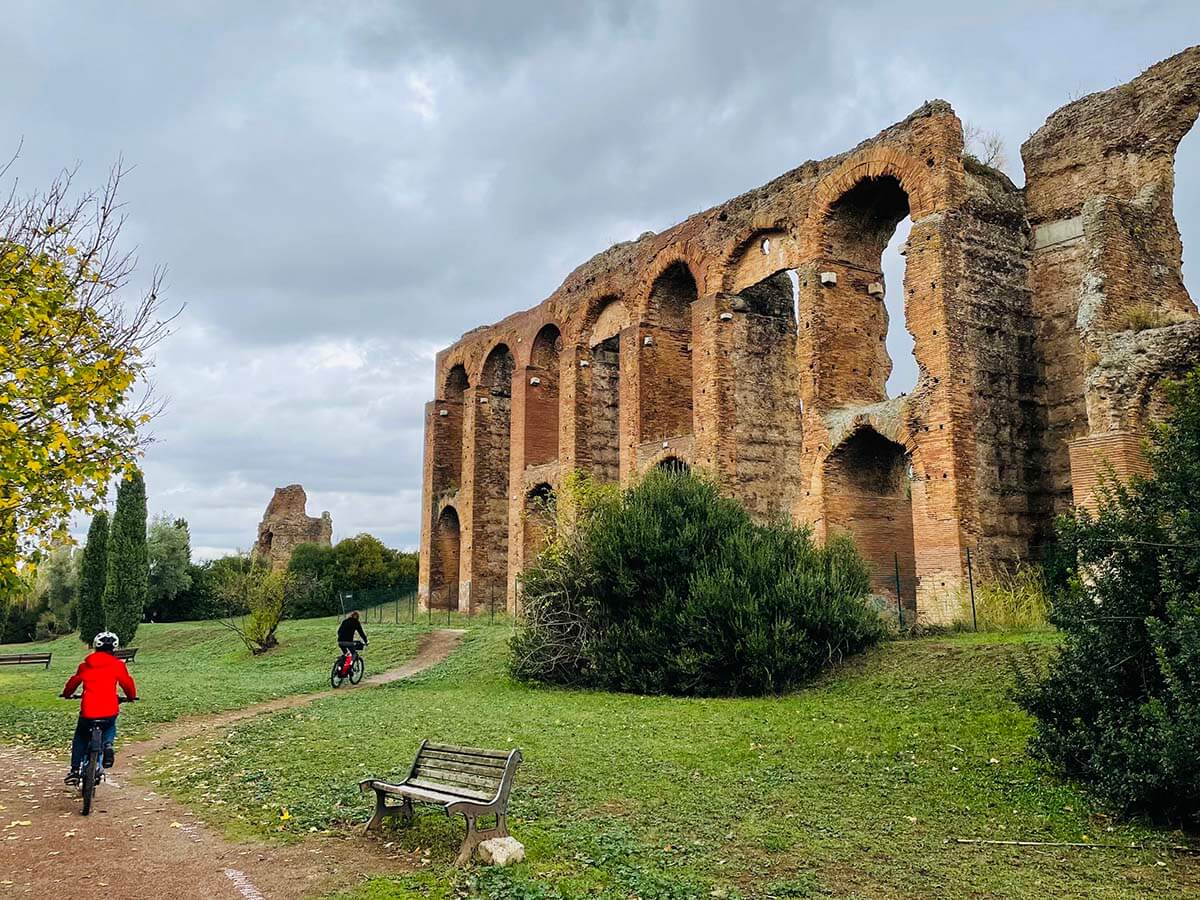

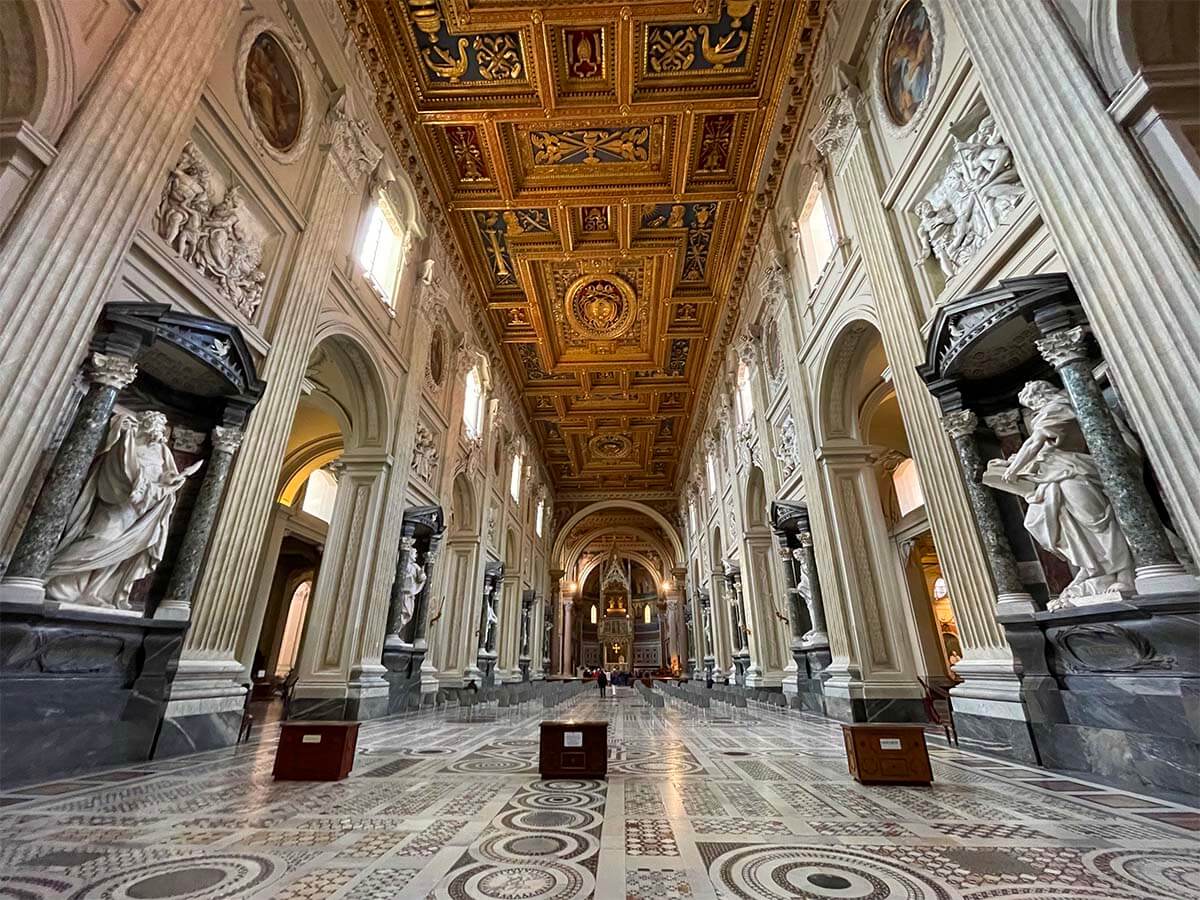
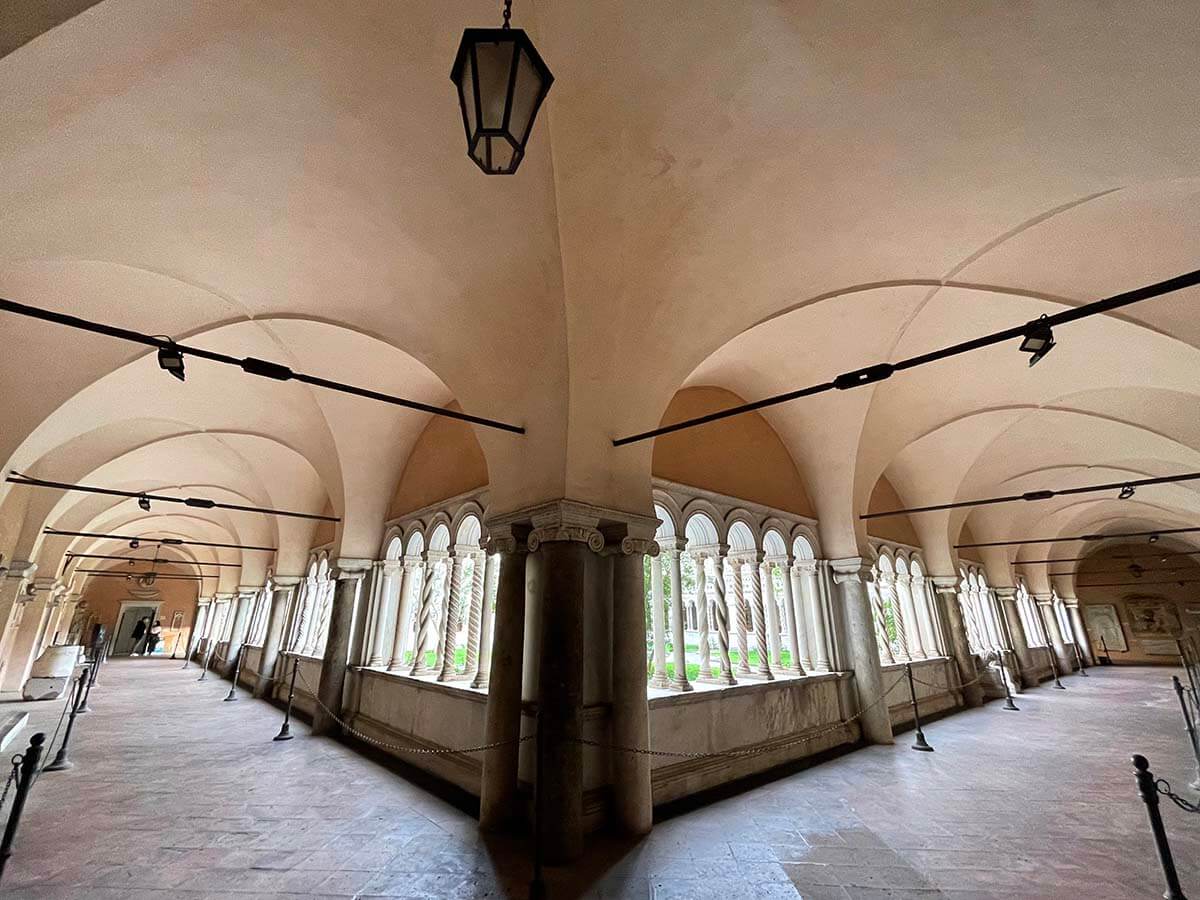
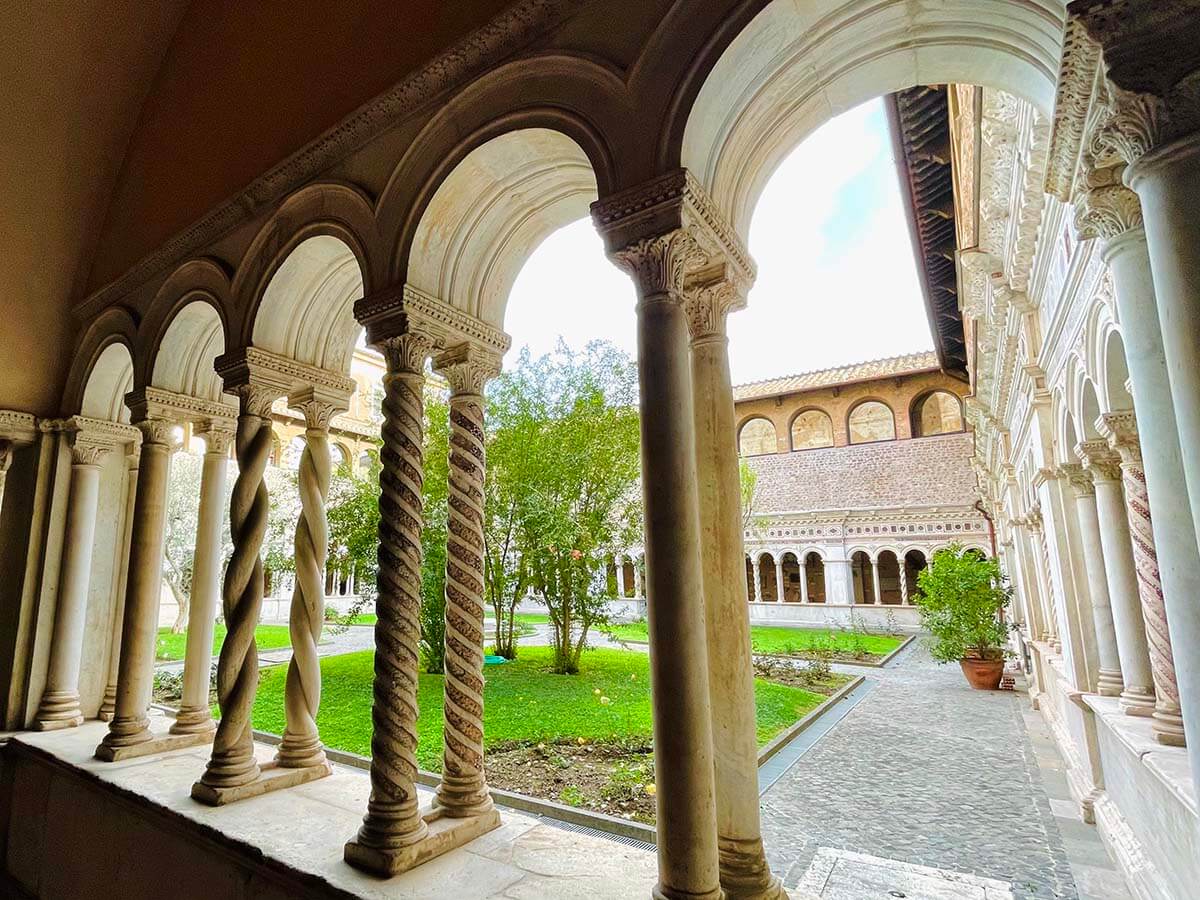
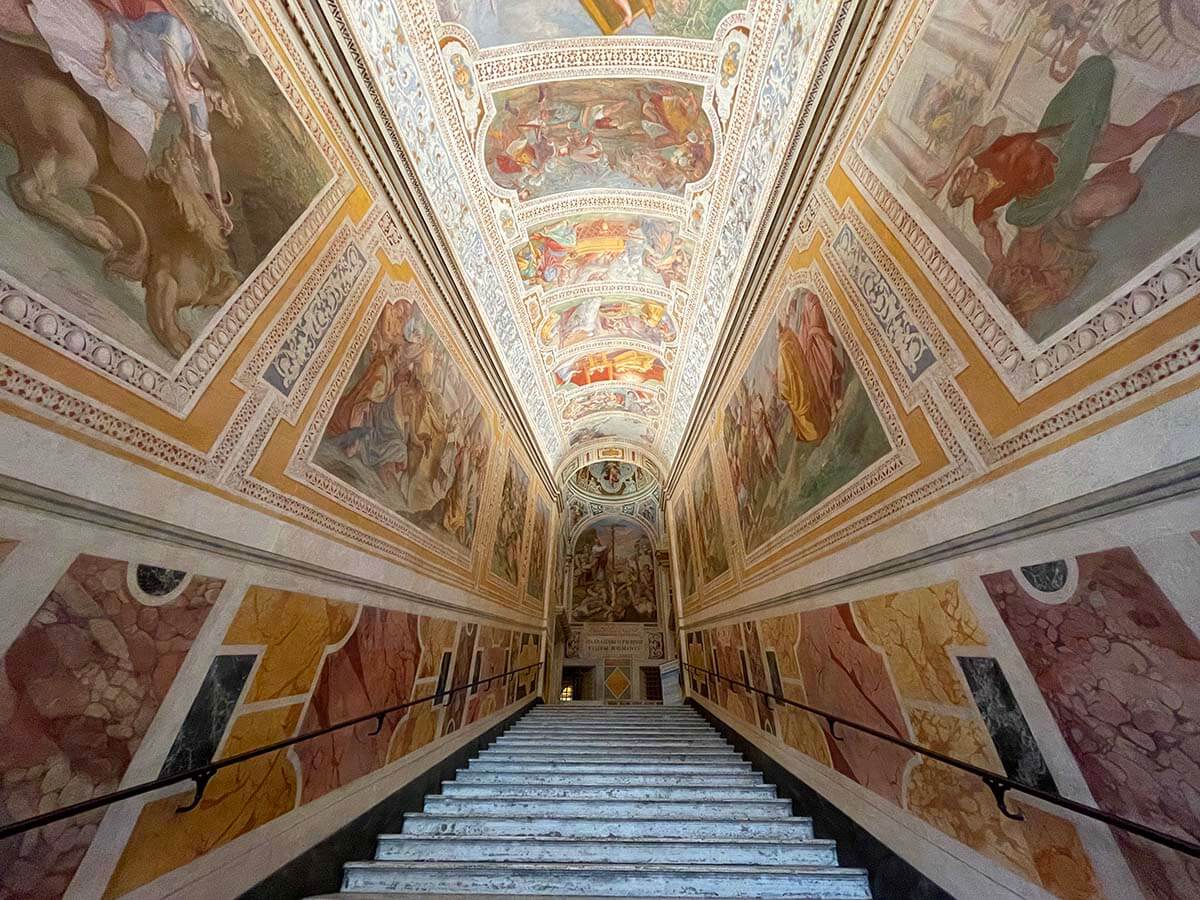
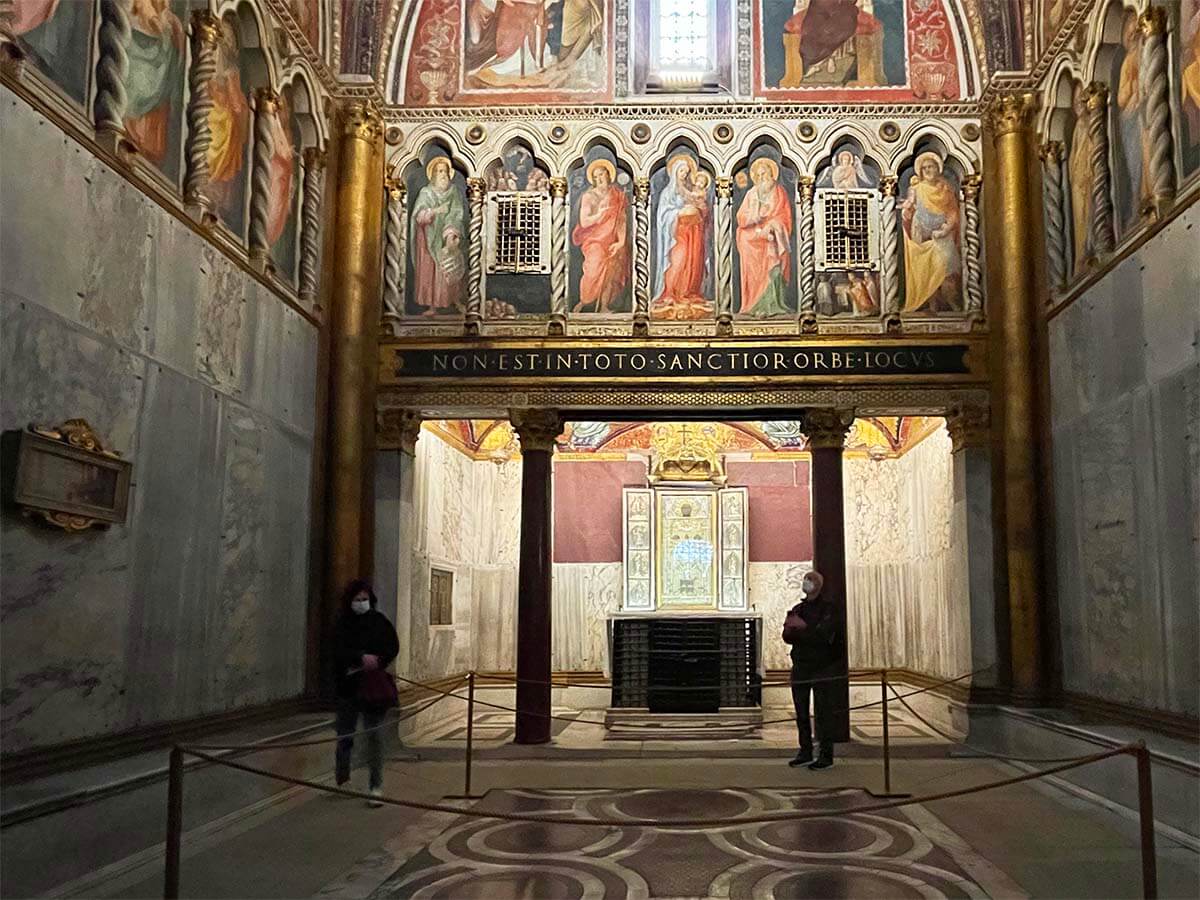
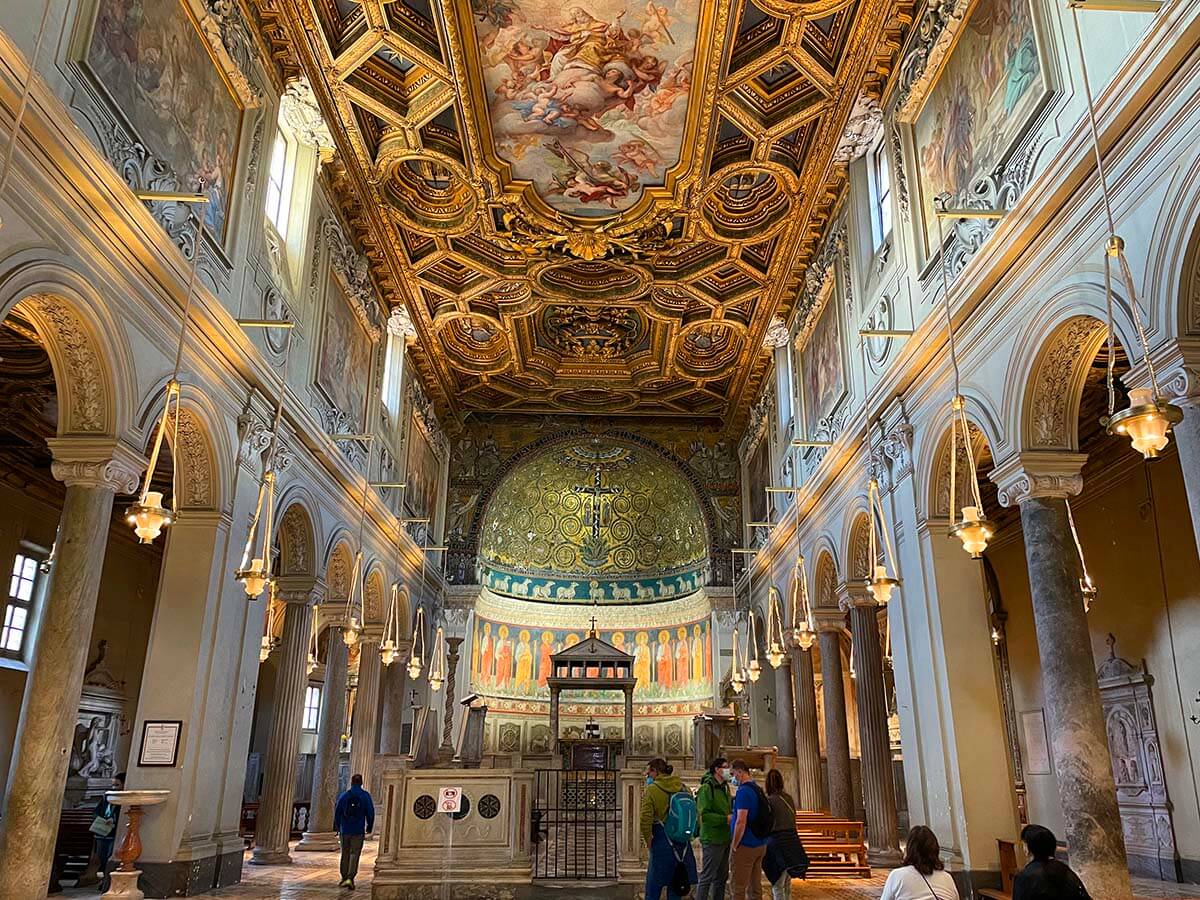
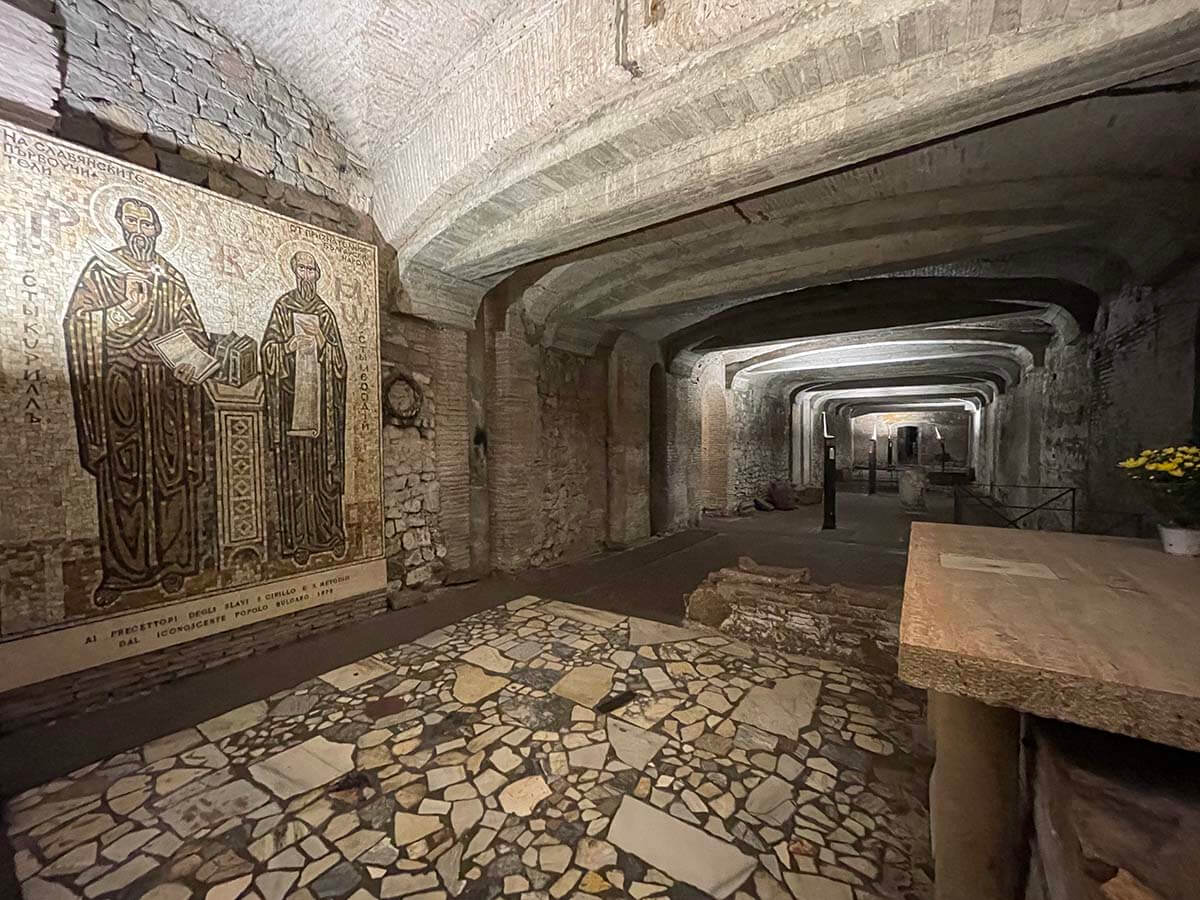
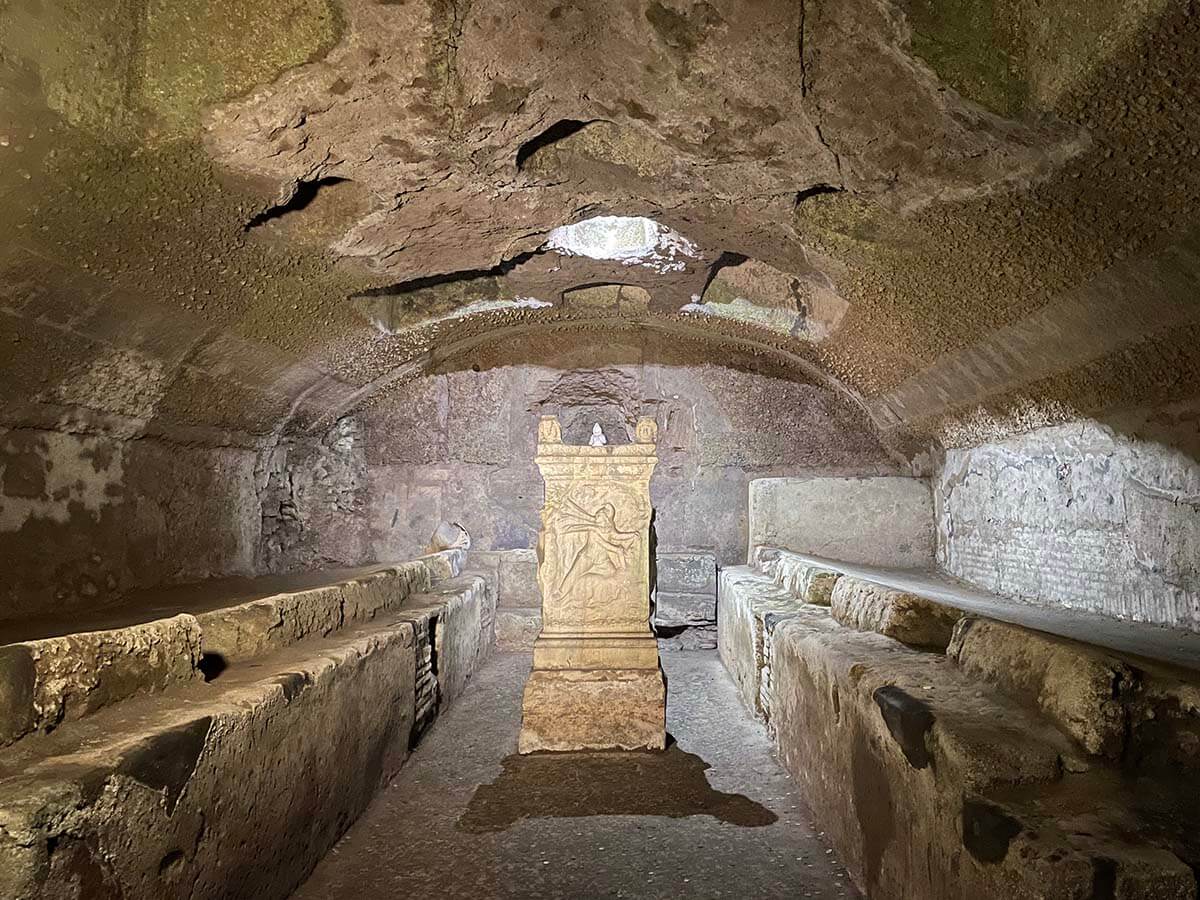
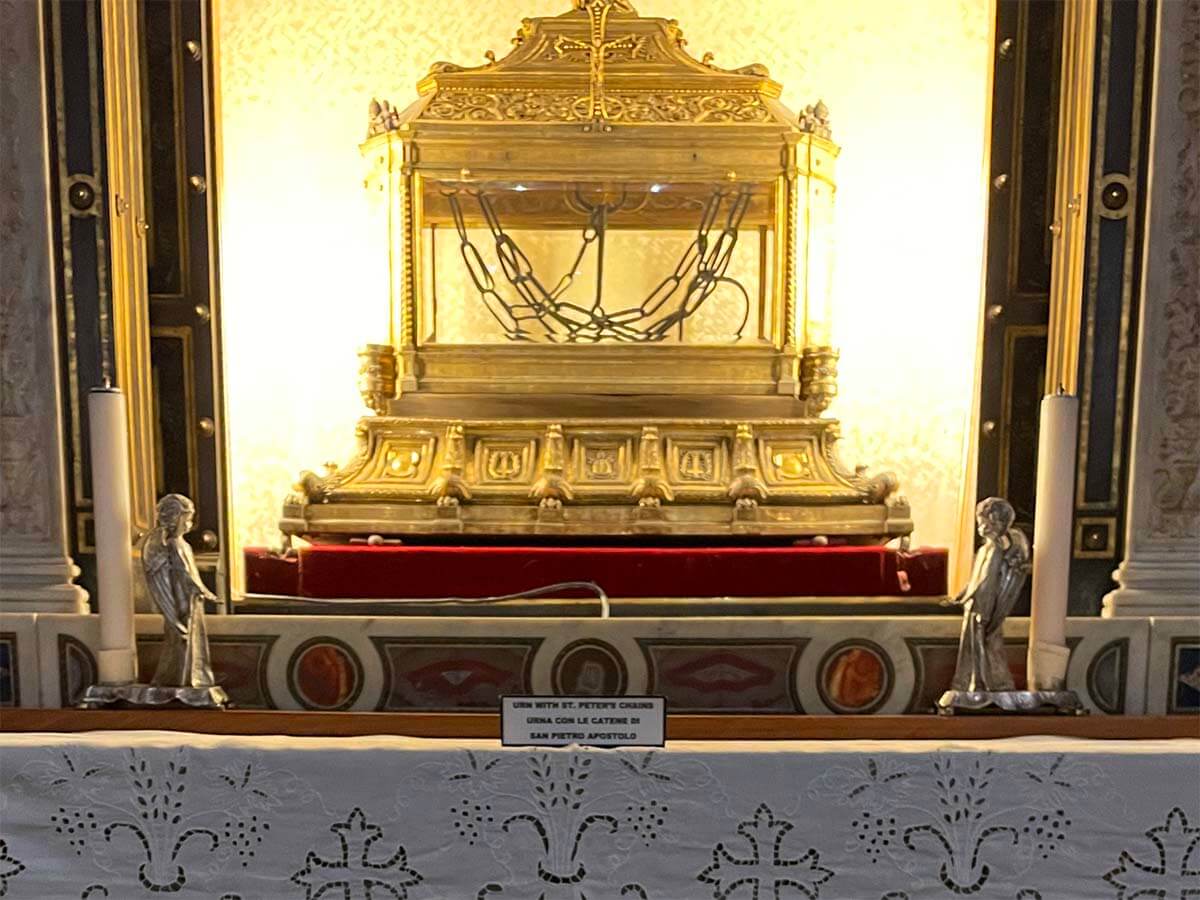
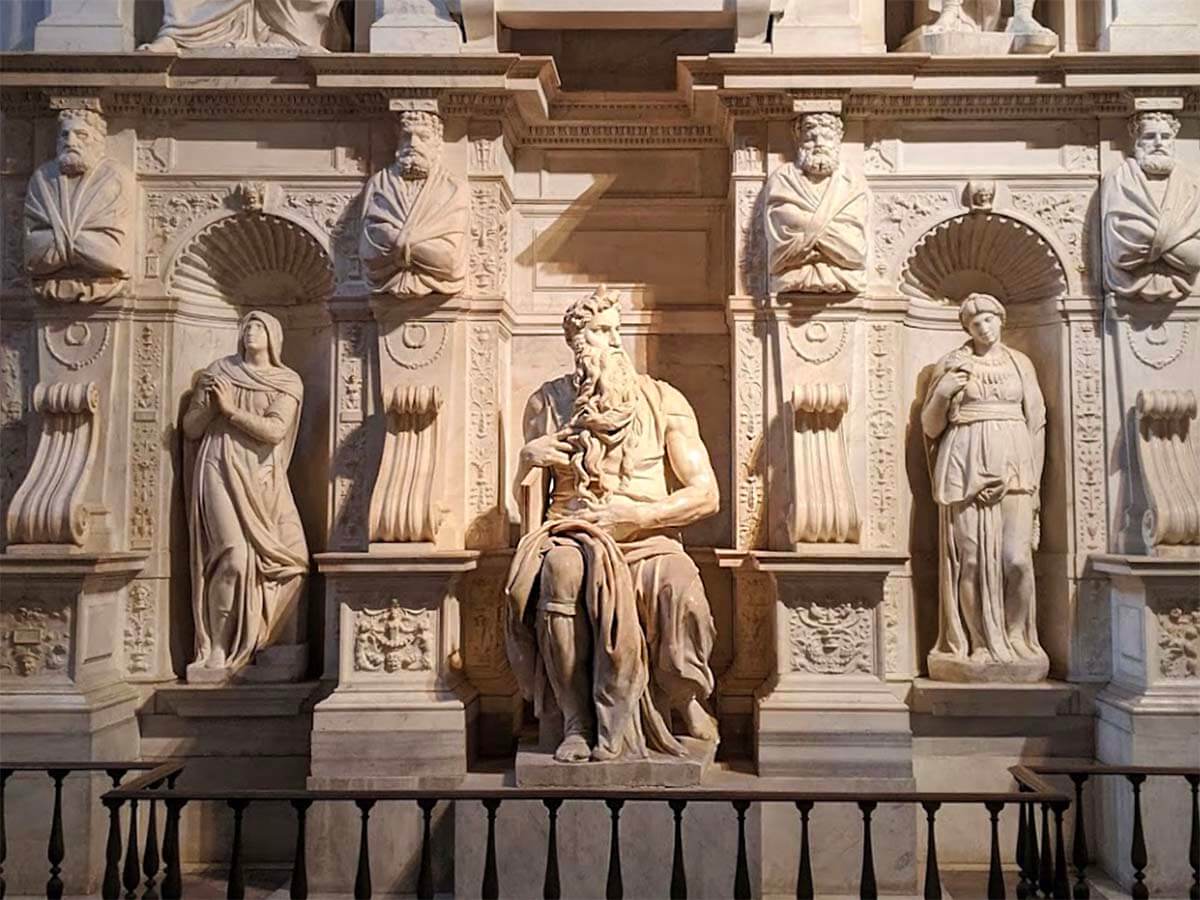
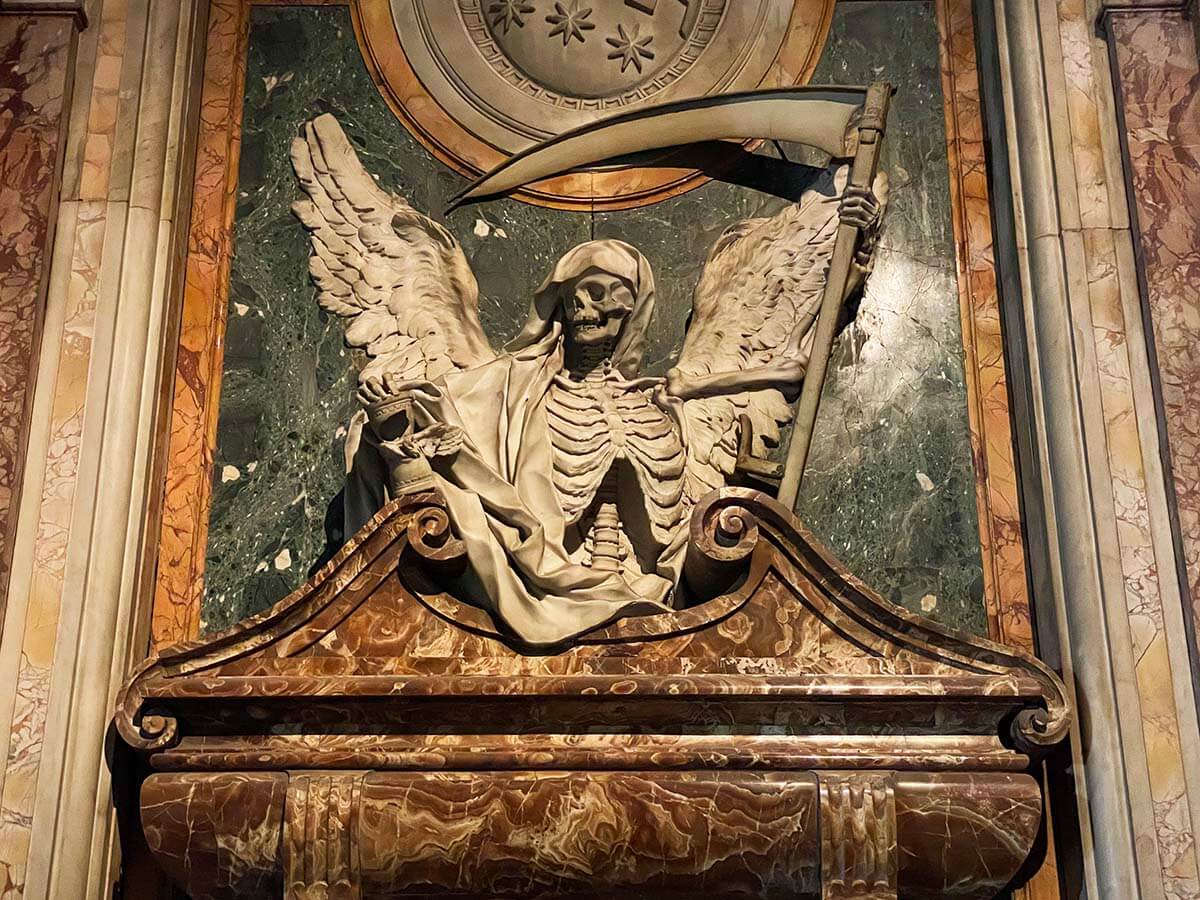
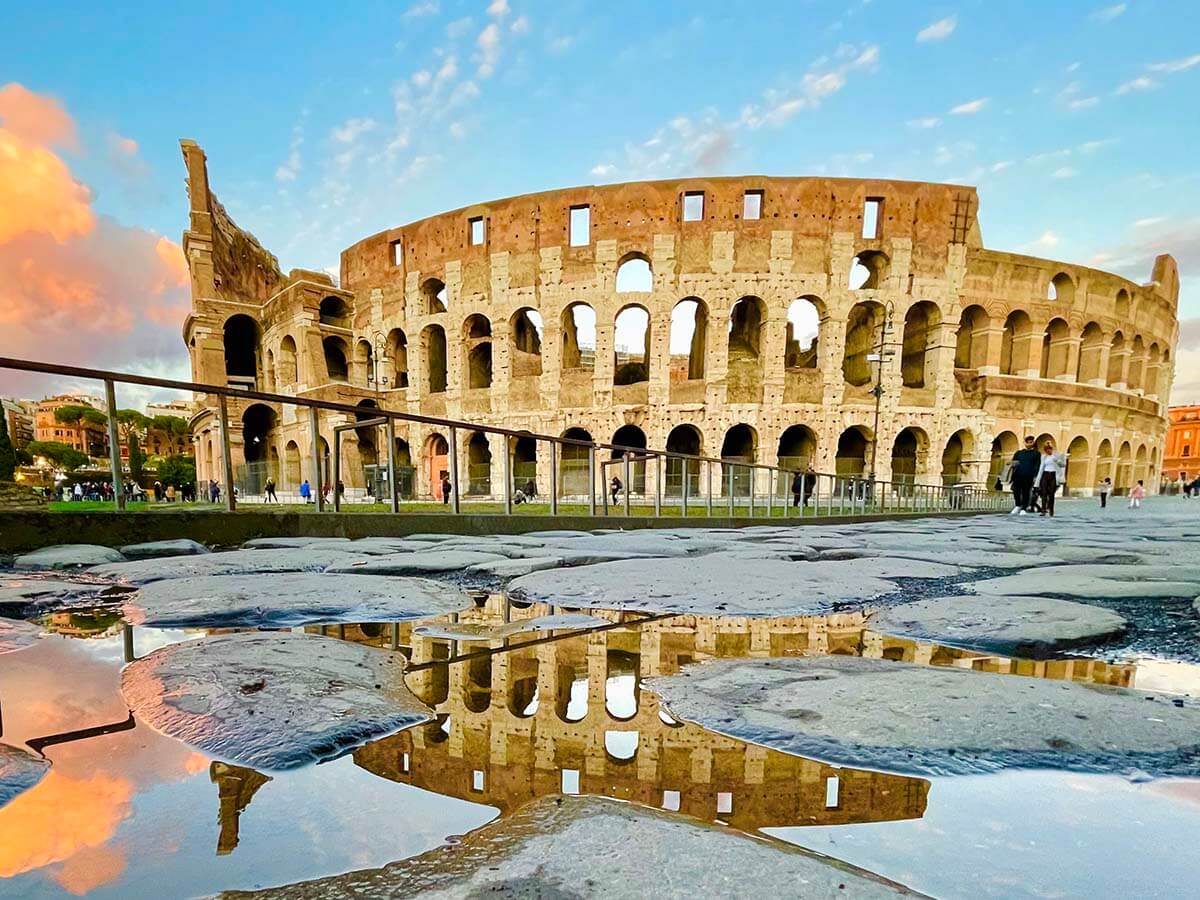

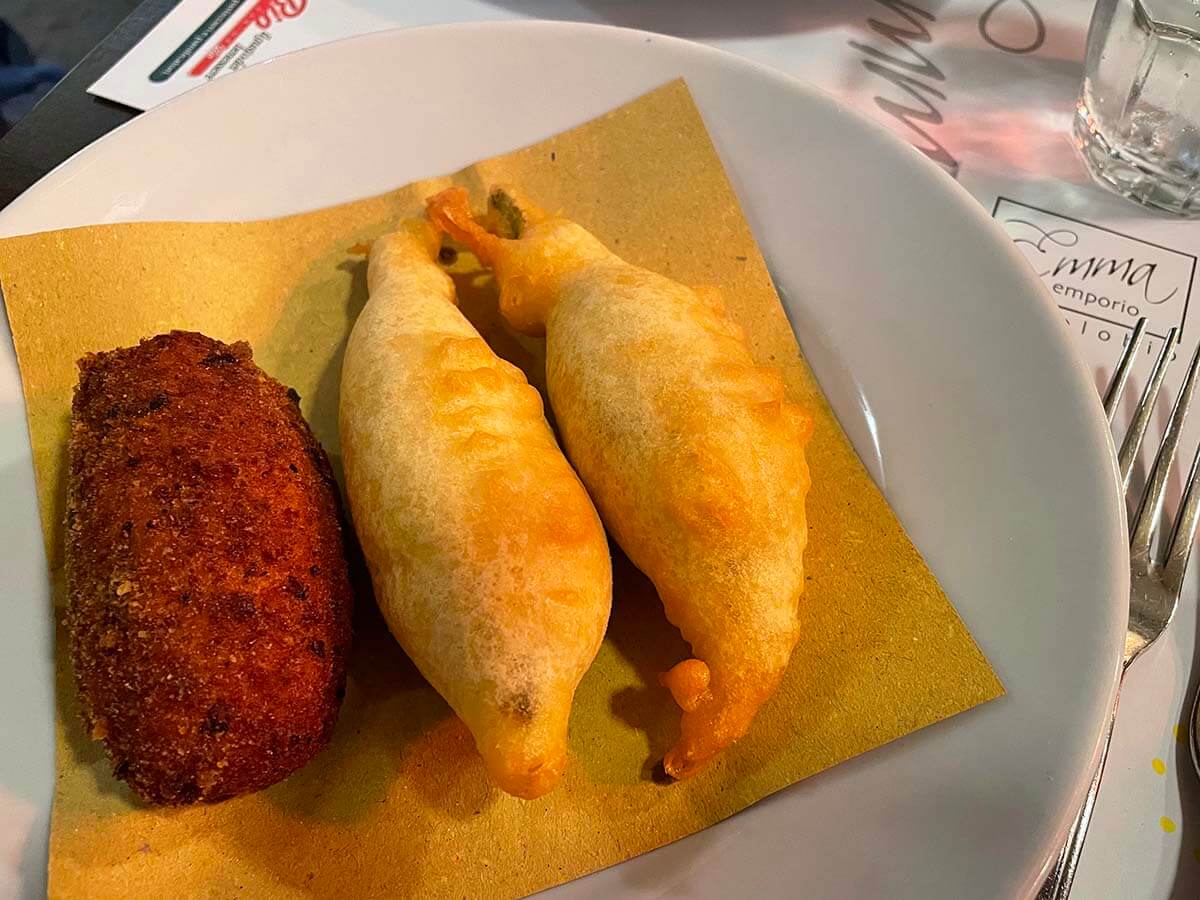
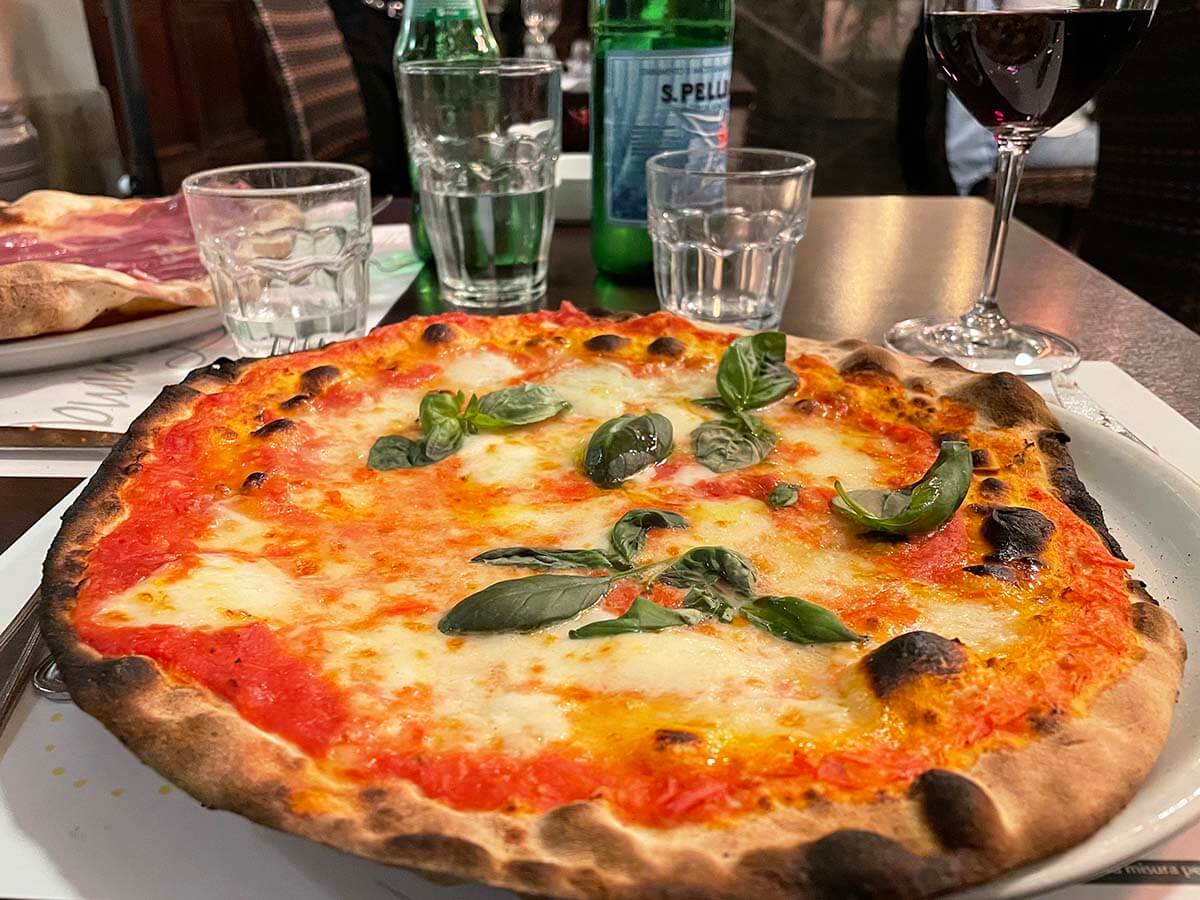

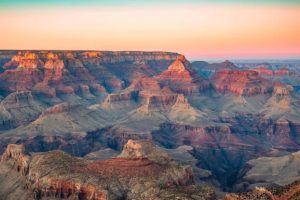

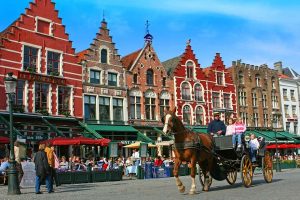
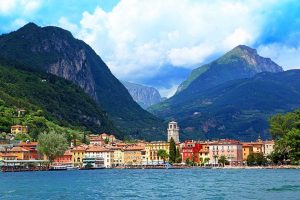
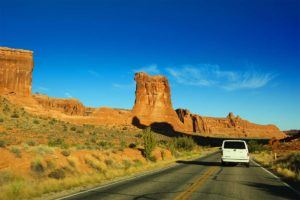
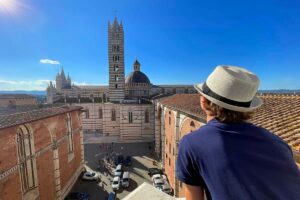
Thank you so much. I will use your recommendations when heading to Rome in the summer.
Glad to help, Dolly. If you need some more tips, check out this guide as well: Tips and tricks for Rome.
Have a great trip!
Hi Jurga! Curious what Colloseum underground tour you did? The link goes to a page full of options. If you’d recommend the one you did, curious which one it was? Thanks!
Hi Kelli, since you posted this question several times, I answered it under our Colosseum guide.
I used the information here to plan my recent trip to Italy. This article was great (as was every article you have on Italy).
If anyone is wondering to plan your trip yourself and use this article or to use a tour company, I have zero complaints about what I learned from Jurga for our trip.
Our next trip will be to Athens, but I didn’t see an article on that – can’t imaging planning my visit without your advice.
Thank you for your feedback on this and all those other articles where you left comments, John. It’s always great to hear from our readers who use the information on our blog on their trips!
As for Athens, unfortunately, I still haven’t been there. And other trips to Greece are from so long ago that it wouldn’t make sense to write about it anymore… So I’m afraid I can’t help you much with that. But we have many other destinations covered on our blog if you are looking for some trip inspiration for the future.
I can highly recommend you look into visiting Portugal one day. We now go there several times a year and absolutely love it every time.
If you were to return to Italy, southern Italy and especially the area around Naples – Amalfi Coast is also incredibly beautiful with lots of very interesting sights.
Happy travels!
Hi there, I’ve been trying to book tickets for collesium, forum and palatine Hill priority entrance + arena floor on tiqets website but it says hi there early bird, tickets are unavailable. I am planning trip next month and am trying to book before too late for non tour tickets due to health reasons I can’t do tour because of frequent restroom breaks… is there another site to buy same ticket without tour including arena floor? I can’t get a hold of anyone on their website. Thanks.
Hi Sam, the Colosseum tickets are normally released 30 days in advance and it’s indeed, the best time to buy them – as soon as they are available for your travel date. This summer, things have been crazy. A few weeks ago, there was no availability at all; from mid-August things look a bit better.
The official site is coopculture, but it’s not really user-friendly, so we personally never use it. We recommend using either Tiqets or GetYourGuide for all your tickets in Rome. When the tickets are released, they are normally available on all these websites at the same time. But you can always check the official site in case they release them a bit earlier. As said, this summer has just been crazy for the Colosseum tickets.
That said, I still highly recommend going with a tour if you can manage it. So many people tell me they regret not doing a tour because it wasn’t always clear where to go, they missed certain parts but were not allowed to backtrack, etc. etc.
Hope this helps.
I love your blog. This itinerary will be so helpful as we are going to Rome for four days this August. Can you advise me on the following: I arrive at 8 a.m. and can’t check into my air bnb until the afternoon. Do you know of a place to store our luggage so we don’t waste our first day waiting to check in?
Hi Jill, upon arrival at the airport, take a train or a bus to the central station (see all the options explained in our Rome airport transfers article). Once at the station, you could use this highly-rated luggage storage for your bags.
PS One more thing for this summer. The Colosseum tickets are practically impossible to get these days. So be sure to book a guided tour asap if you want to be sure to go inside (see our guide to Colosseum tickets for more info). Rome is very busy at the moment.
Have a great trip!
Hi Jurga,
I like your itinerary very much. Thank you for all the info.
For Colosseum ticket, it includes Roman Forum and Palatine Hill also.
Are there separate entries for the Forum and Palatine Hill?
Can I go to the Forum first, get out to have lunch, then go Palatine Hill, and then see Colosseum at the last? Is this doable?
The morning tickets are sold out, and no re-entry allowed, but I have to get out to have lunch, then enter to another, I wonder how they handle one ticket for three places.
Thank you!
-Chen
Hi Chen, you can enter Colosseum separately, but the Roman Forum and the Palatine Hill can only be visited together.
So it’s three places but actually two tickets.
You can do one of the two in the morning and the other after lunch, but you could also do everything after lunch if you prefer.
Hope this clarifies.
Enjoy your trip!
Hi Jurga,
Thank you so much! Booked 12:30 tickets.
I got another question.
For Appian way, if I walk/hike it, can I see all the places in your pictures?
I can’t bike, but I can hike 7 miles. Or is there a tour bus?
Thank you!
-Chen
Hi Chen, we already have a suggestion for a bus/walking tour in our article. See right at the start of the description of the 4th day.
It’s also possible to get there by public transport (more walking), but you’d have to research that yourself.